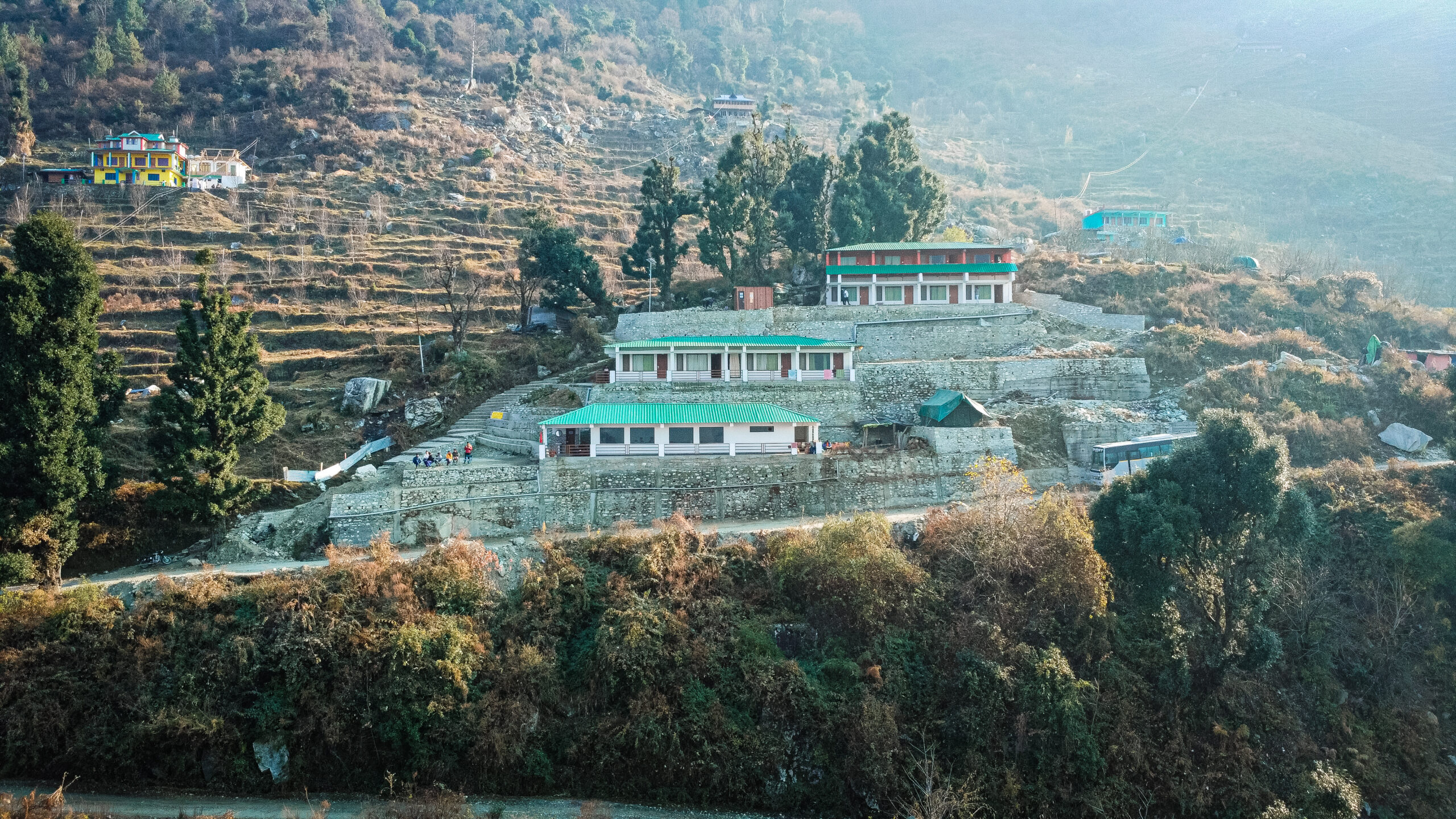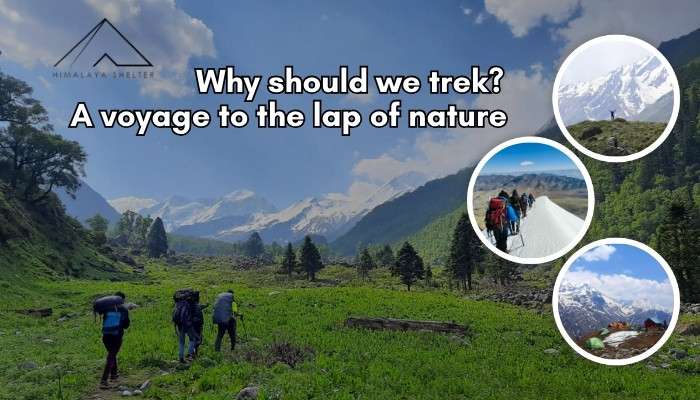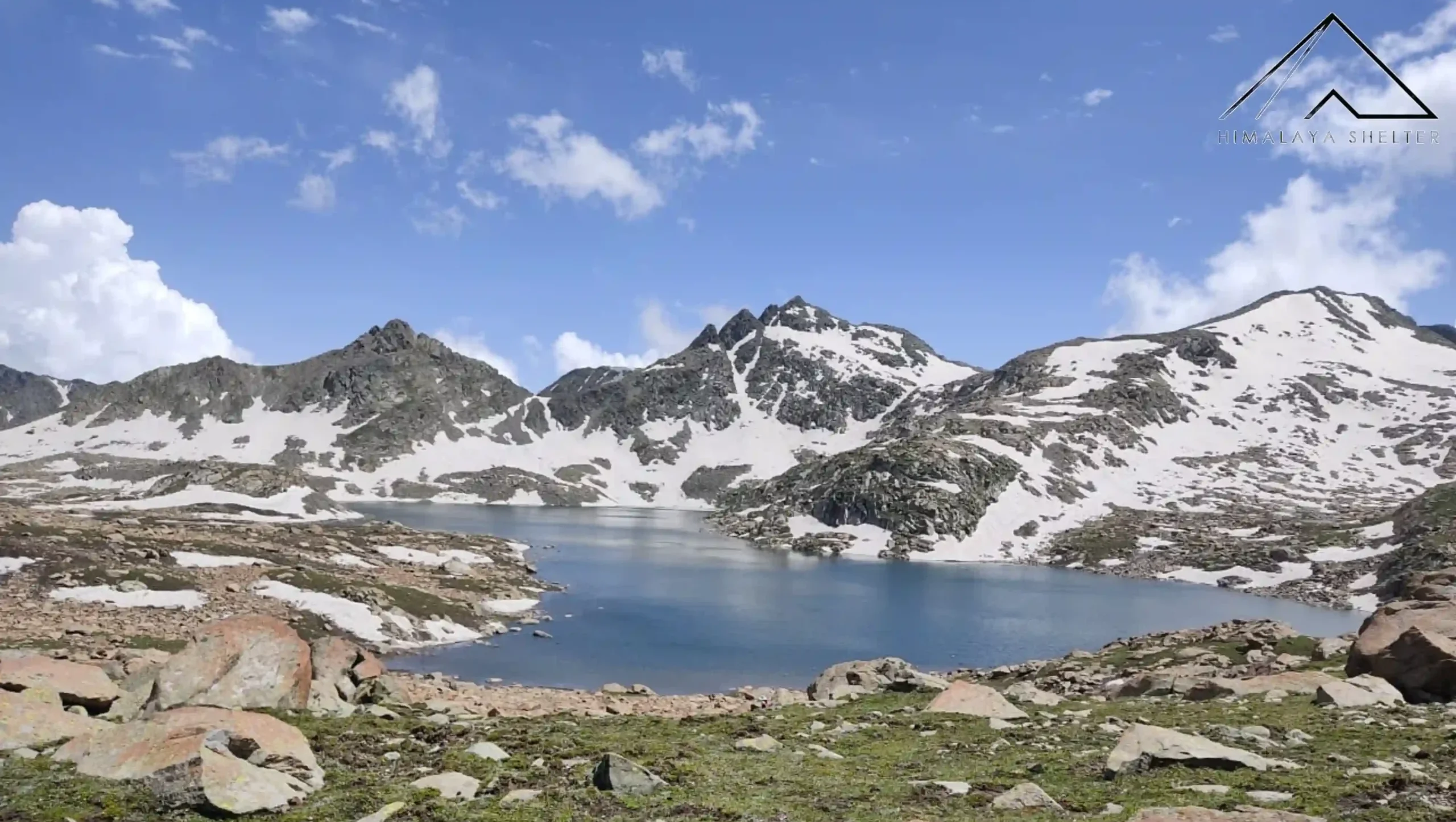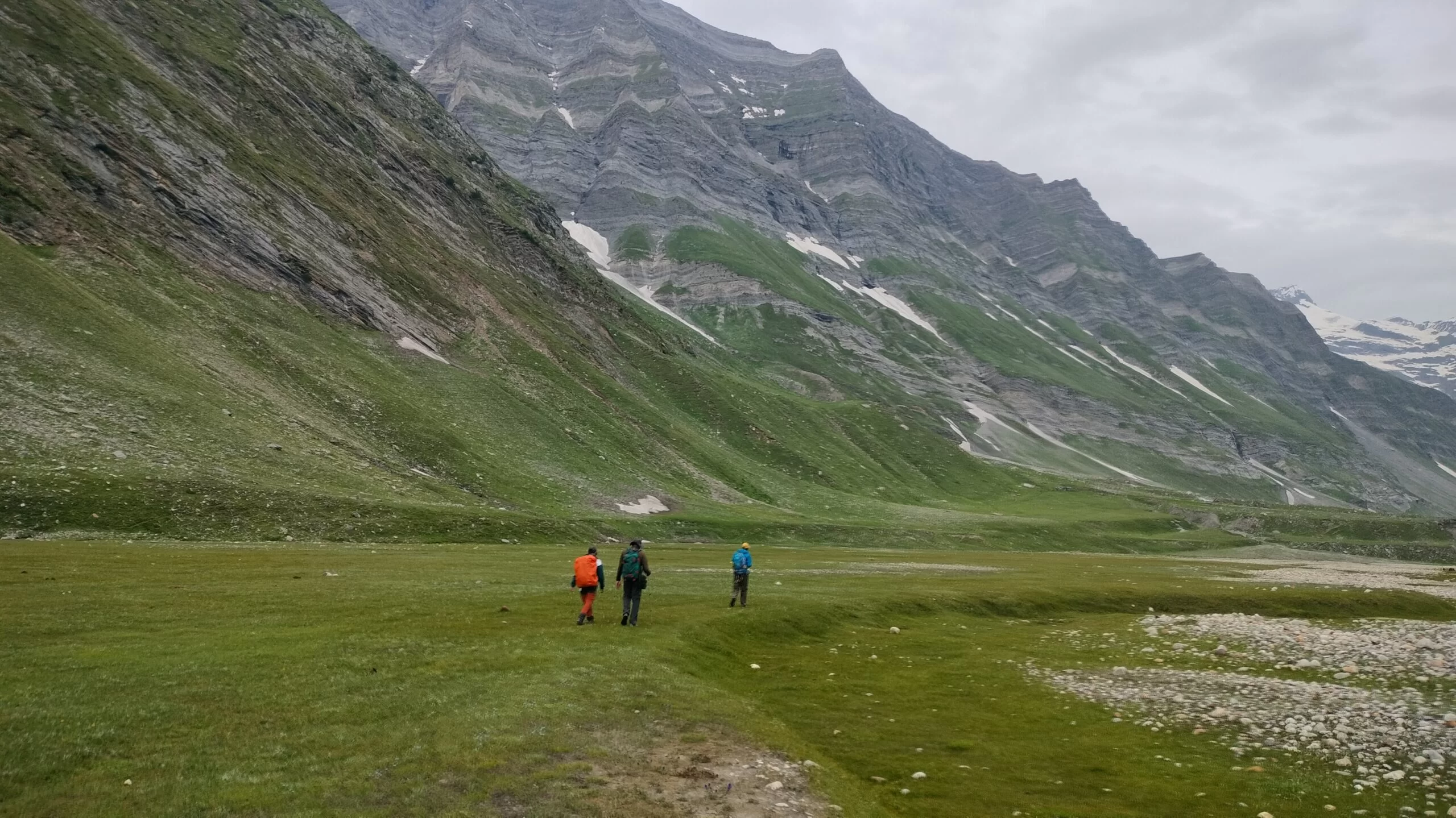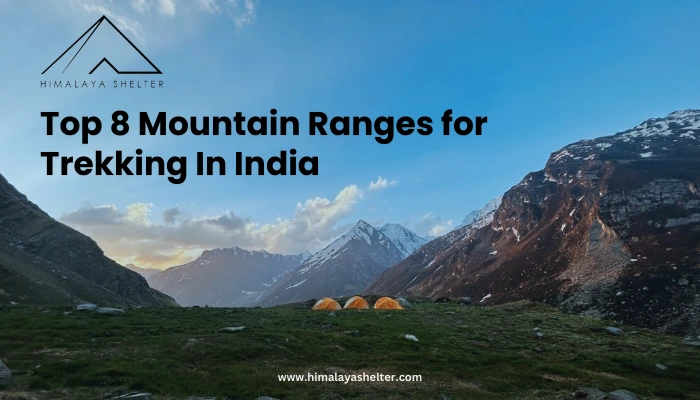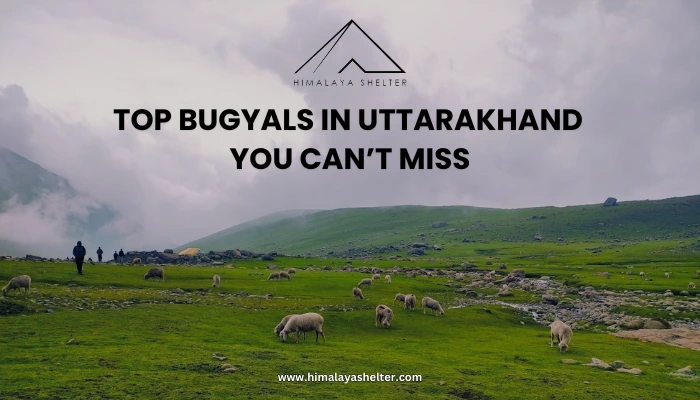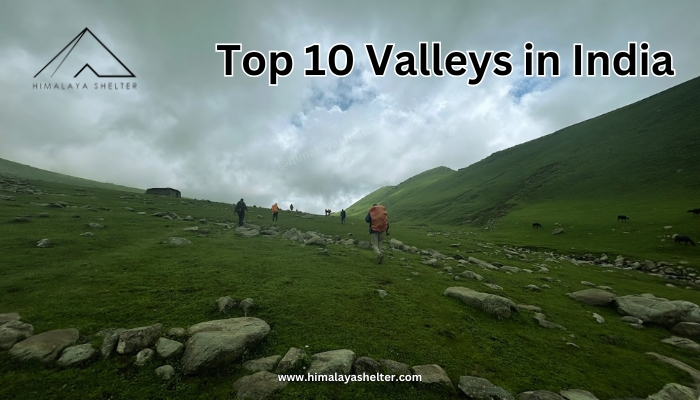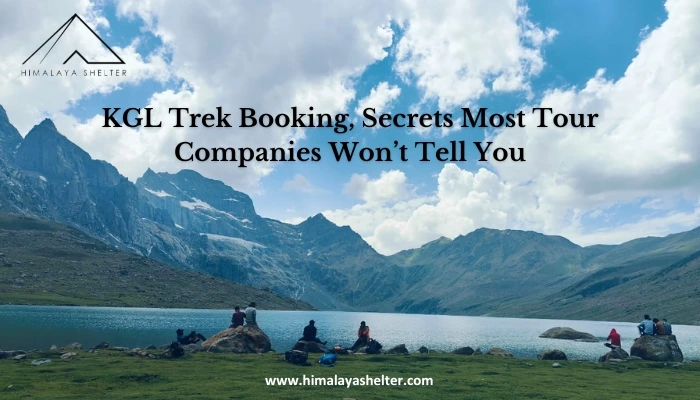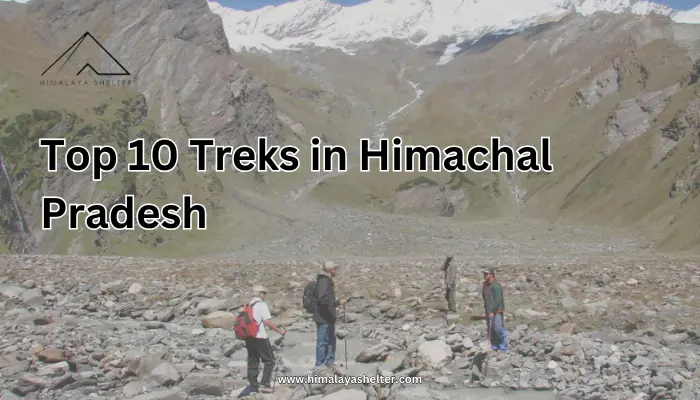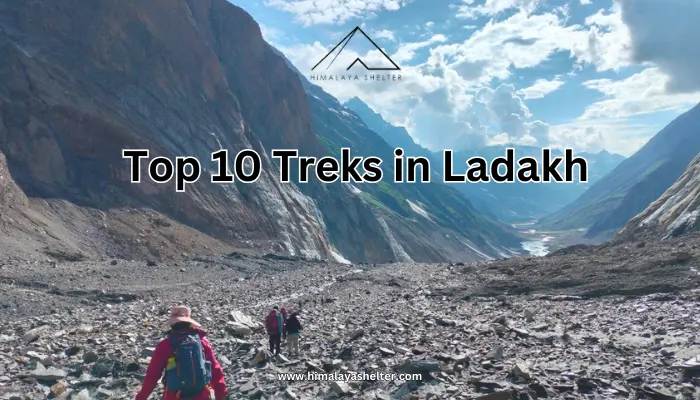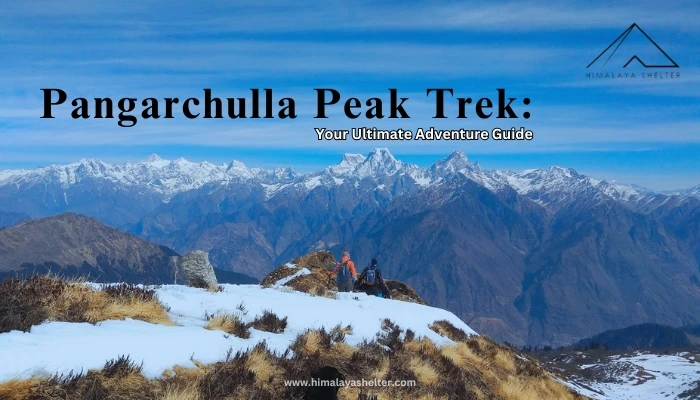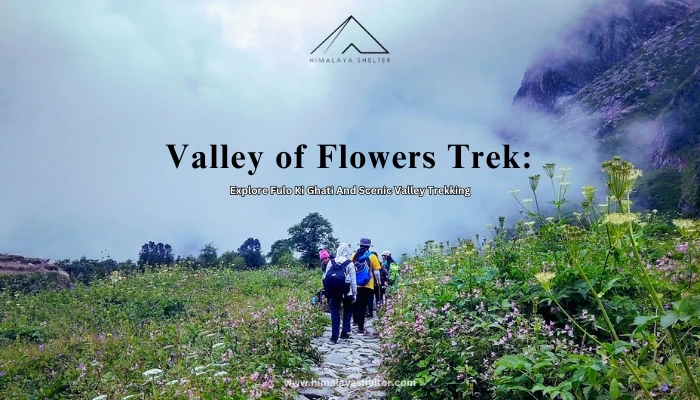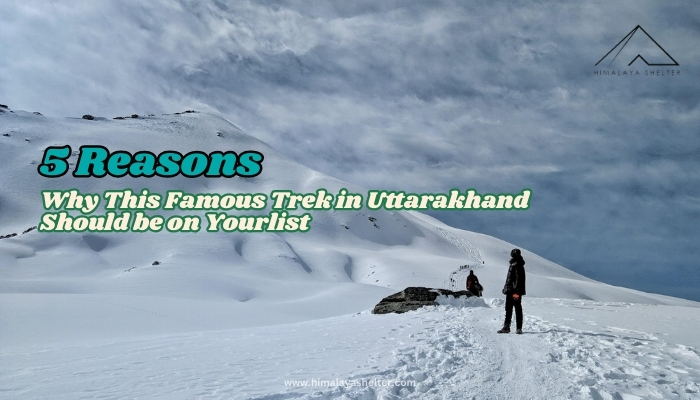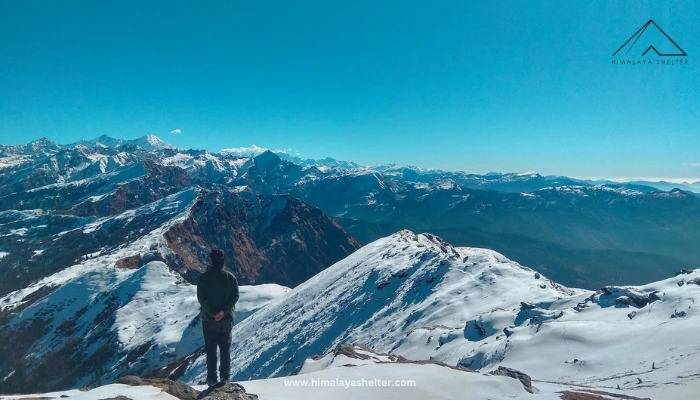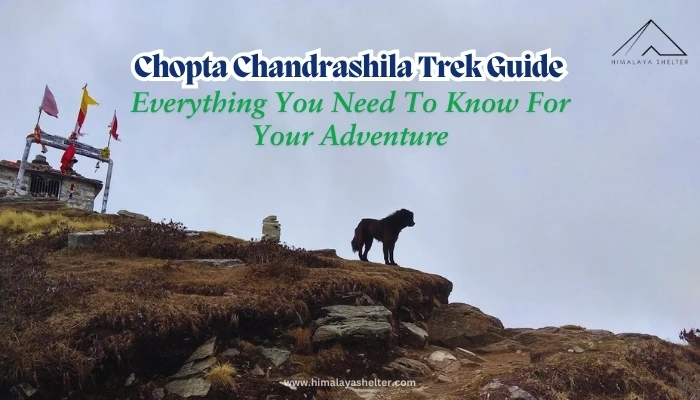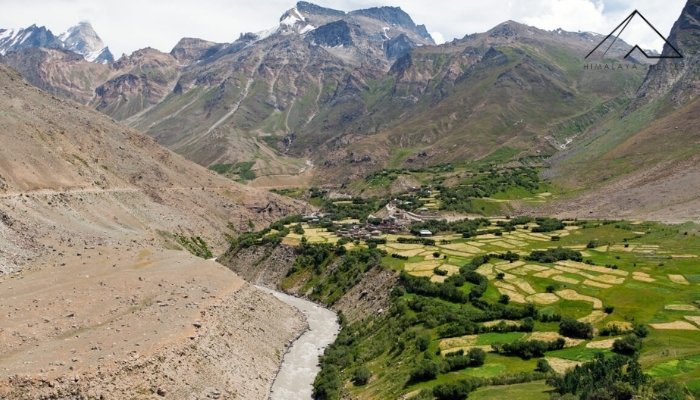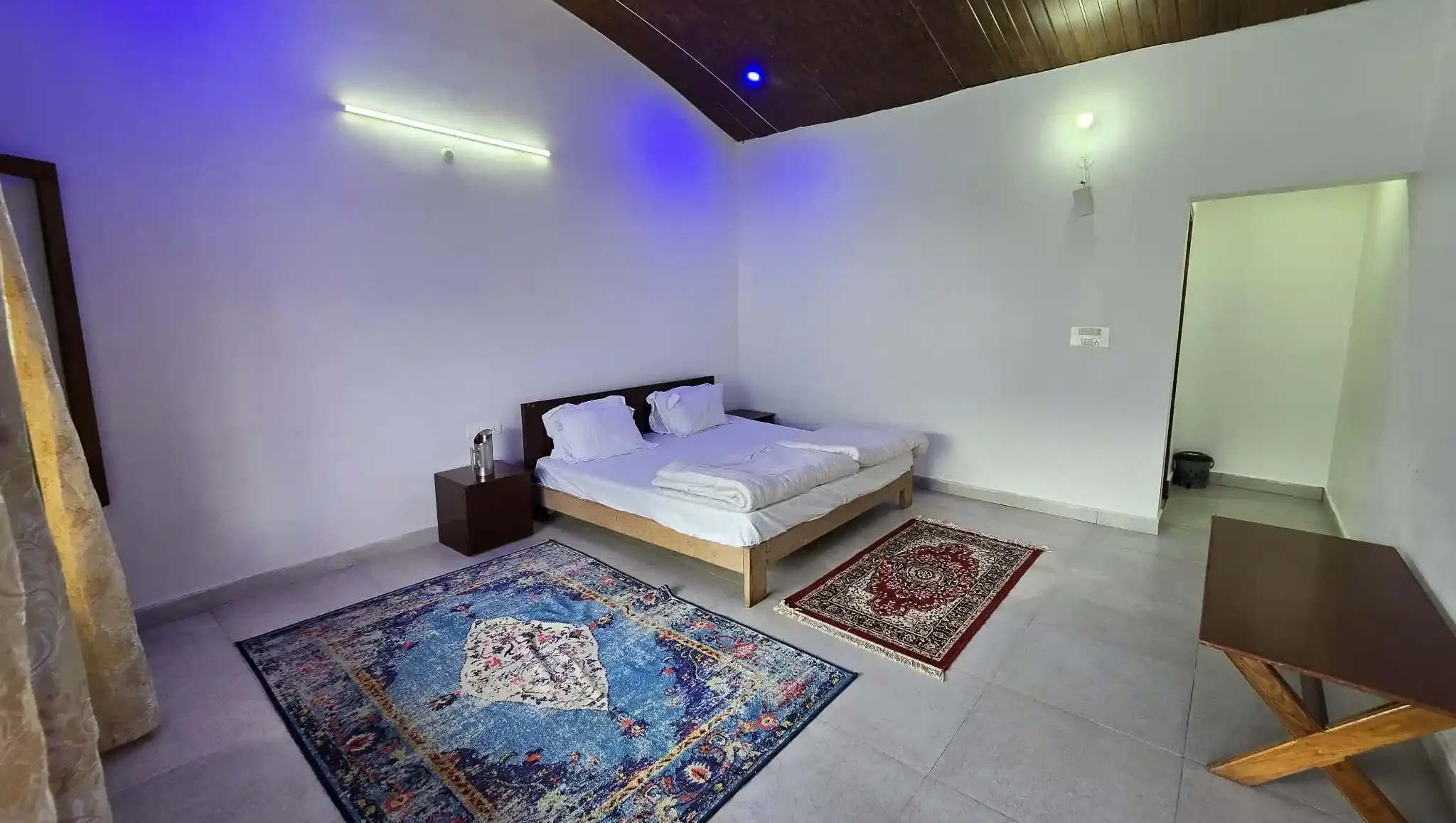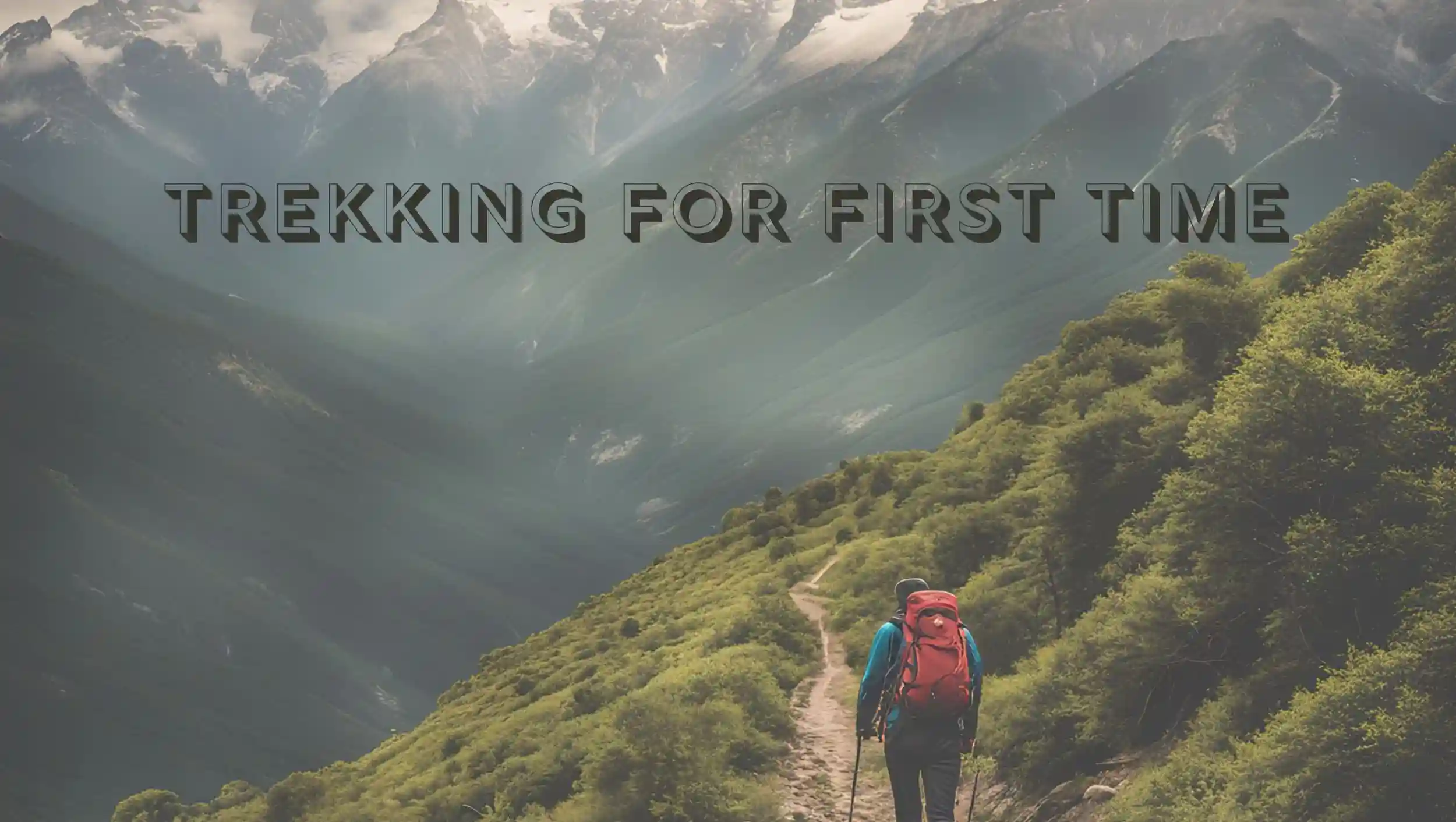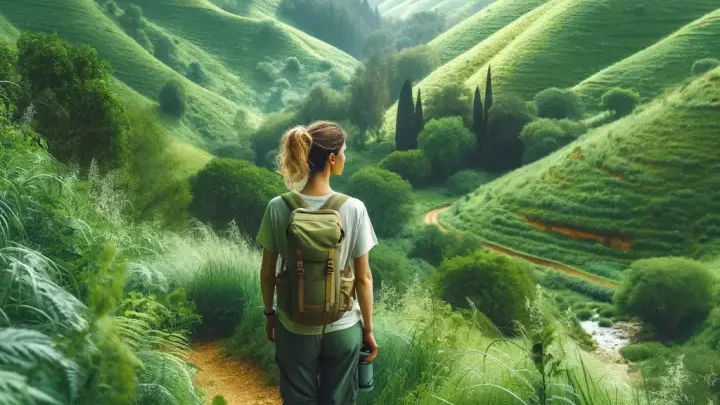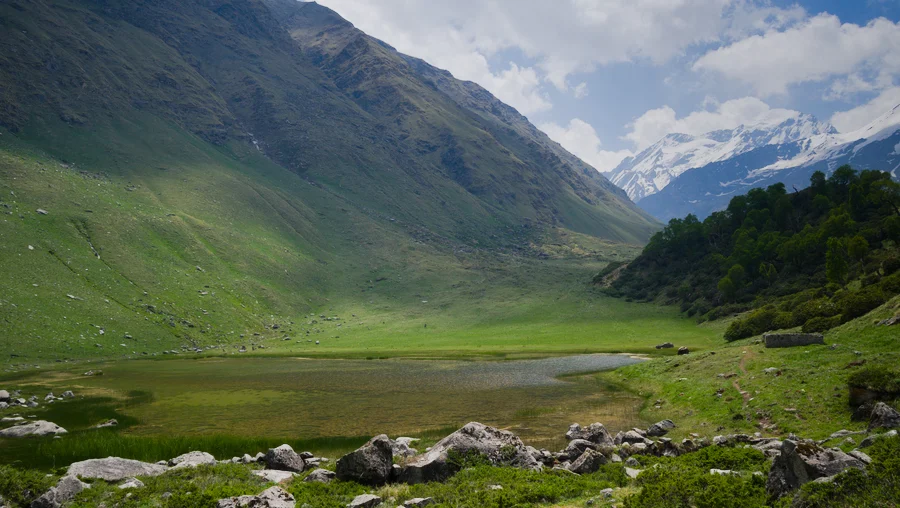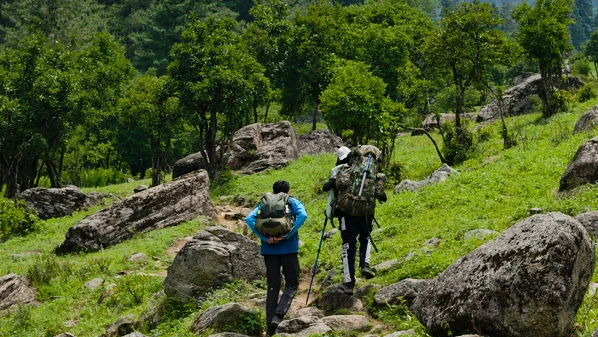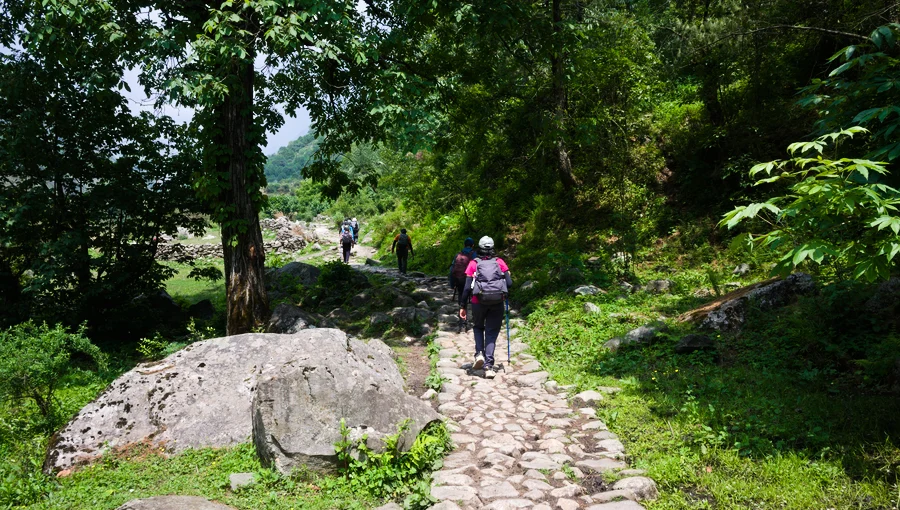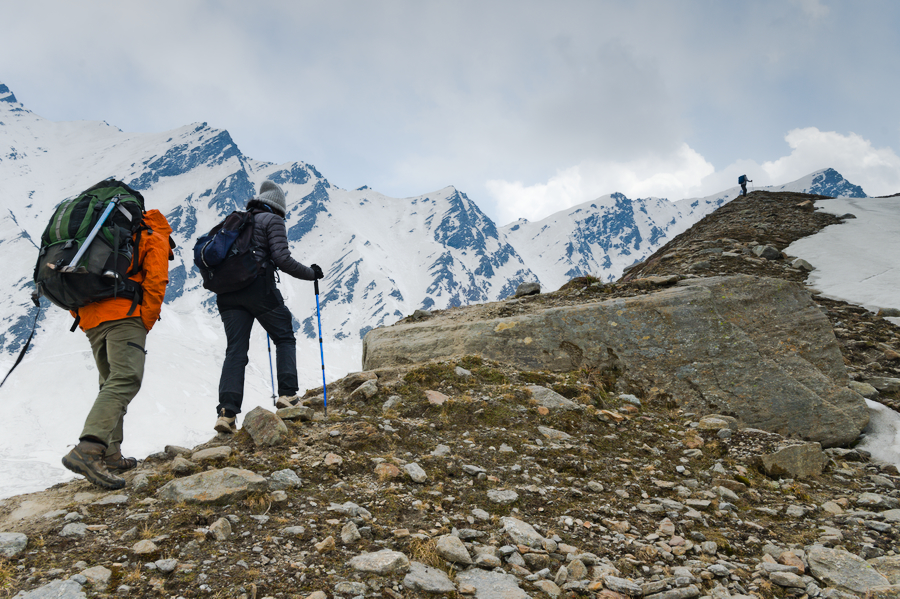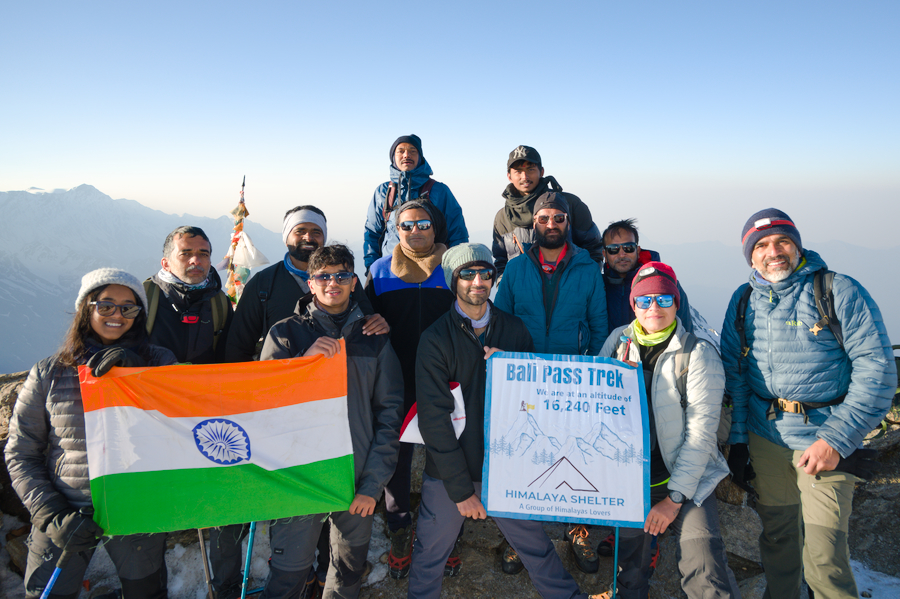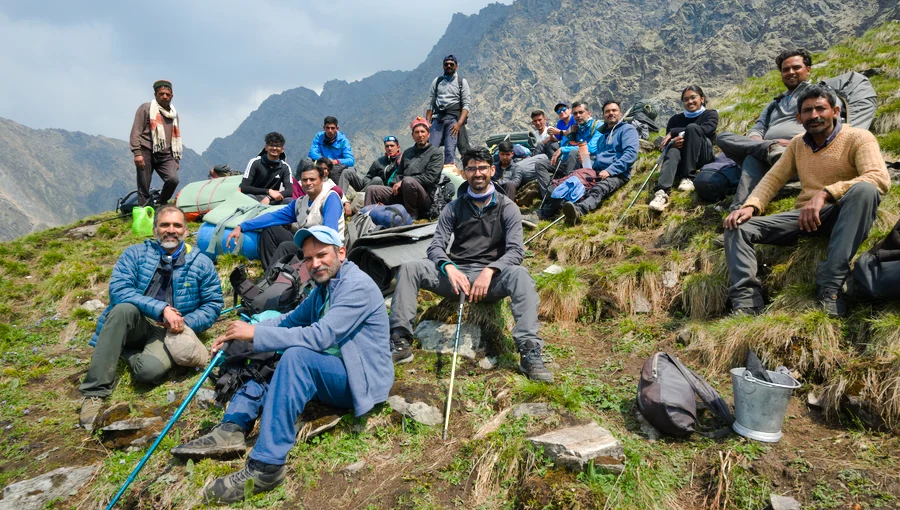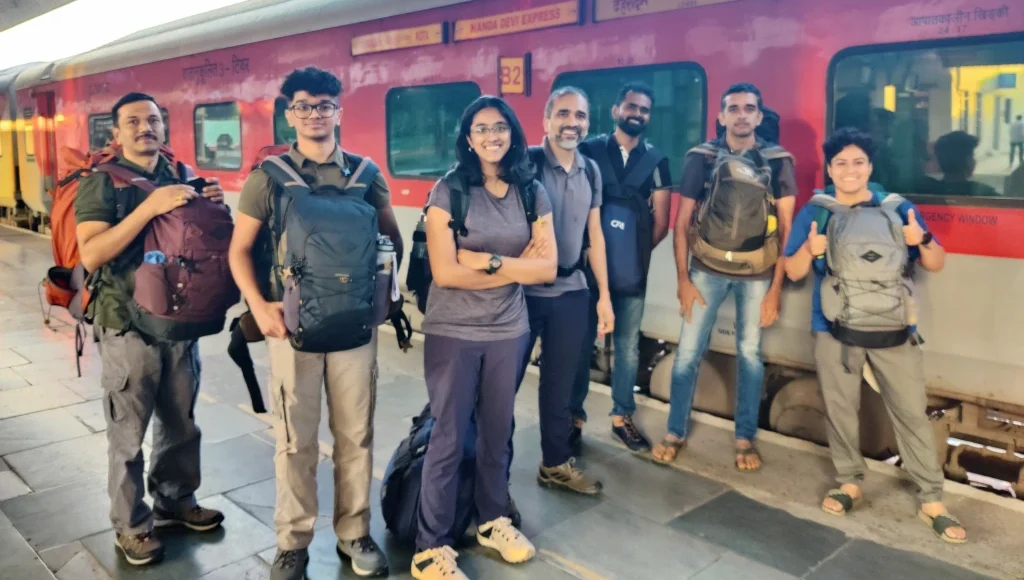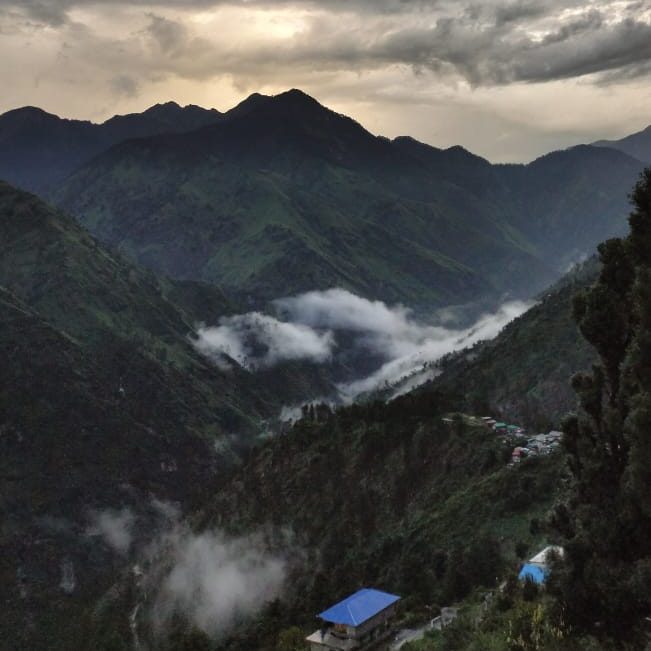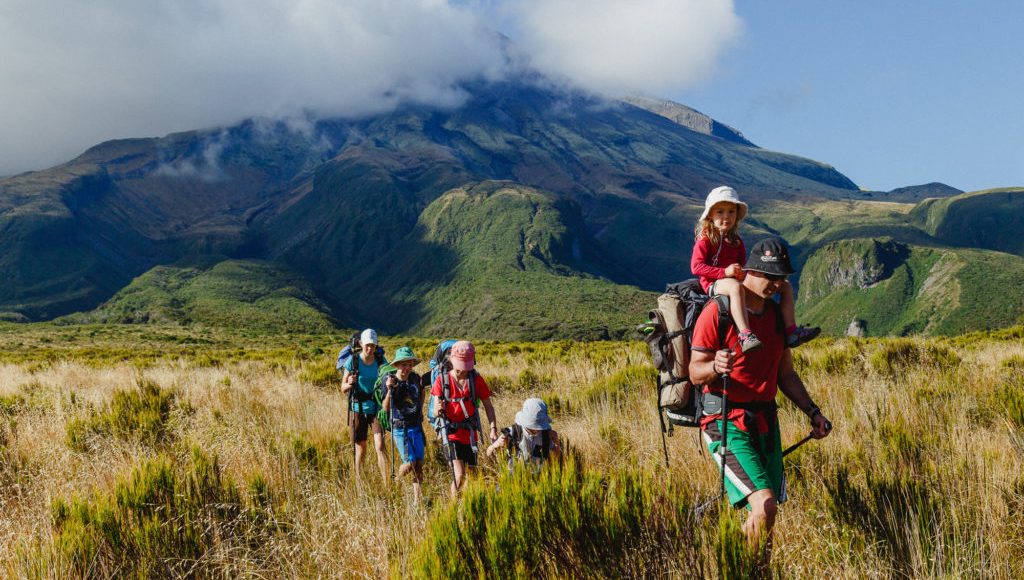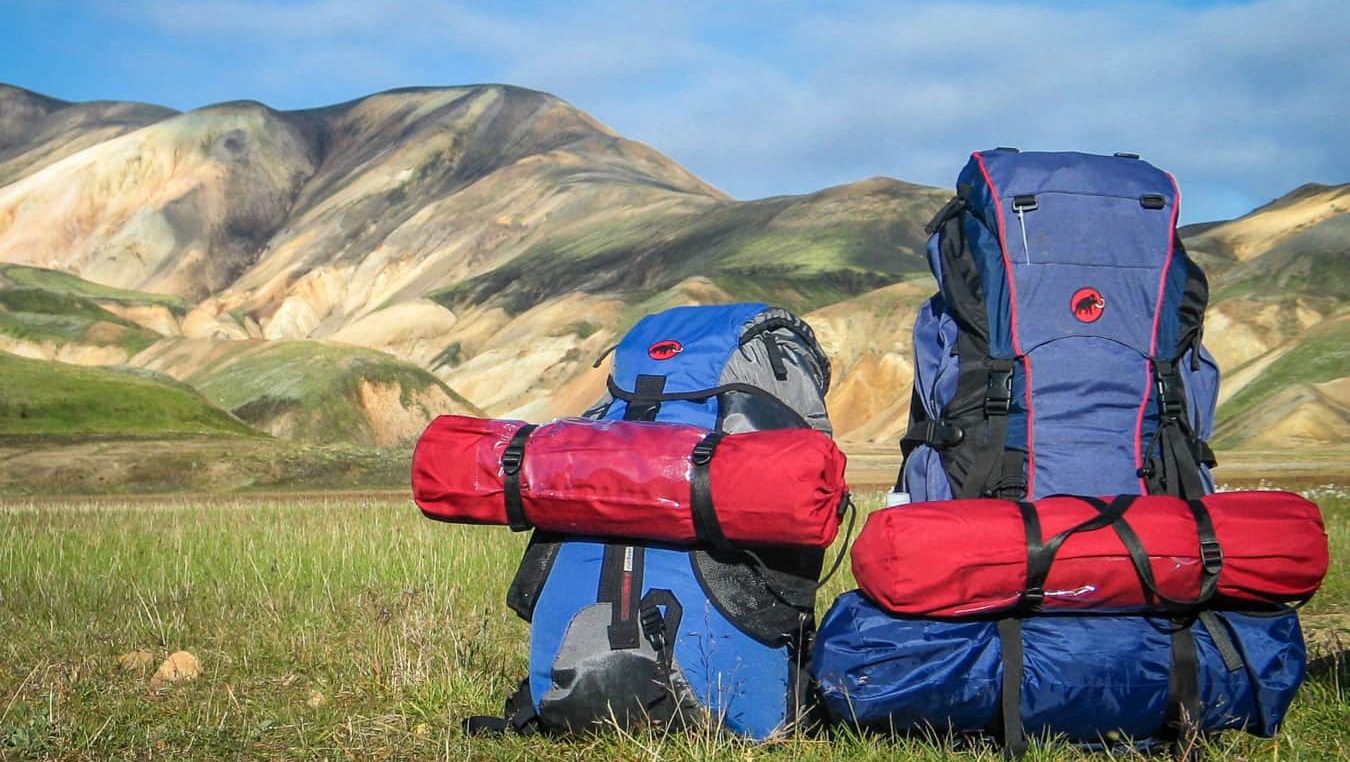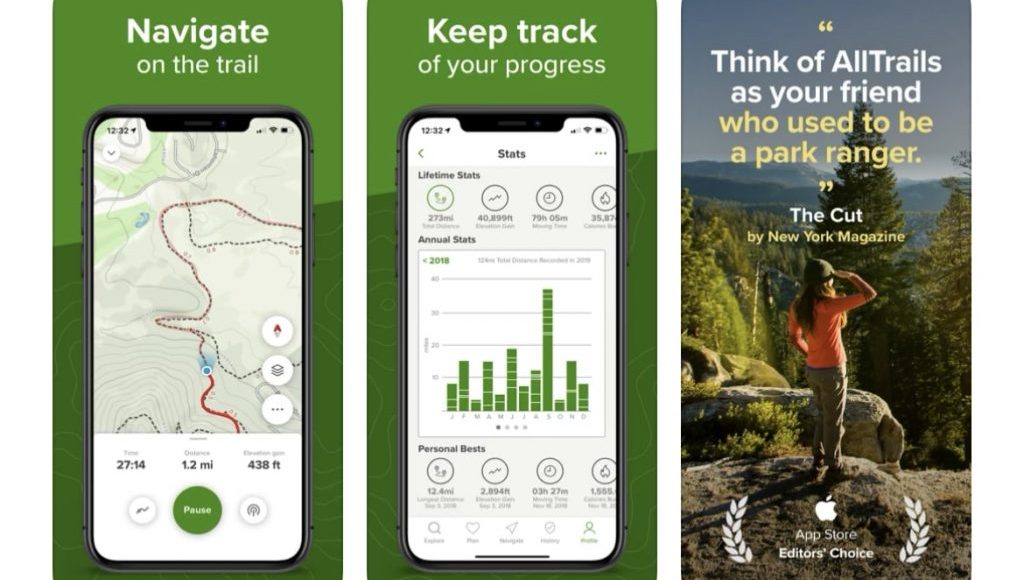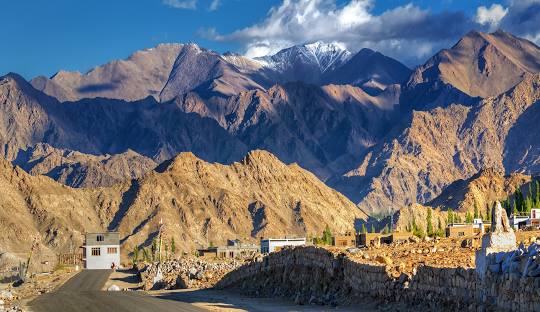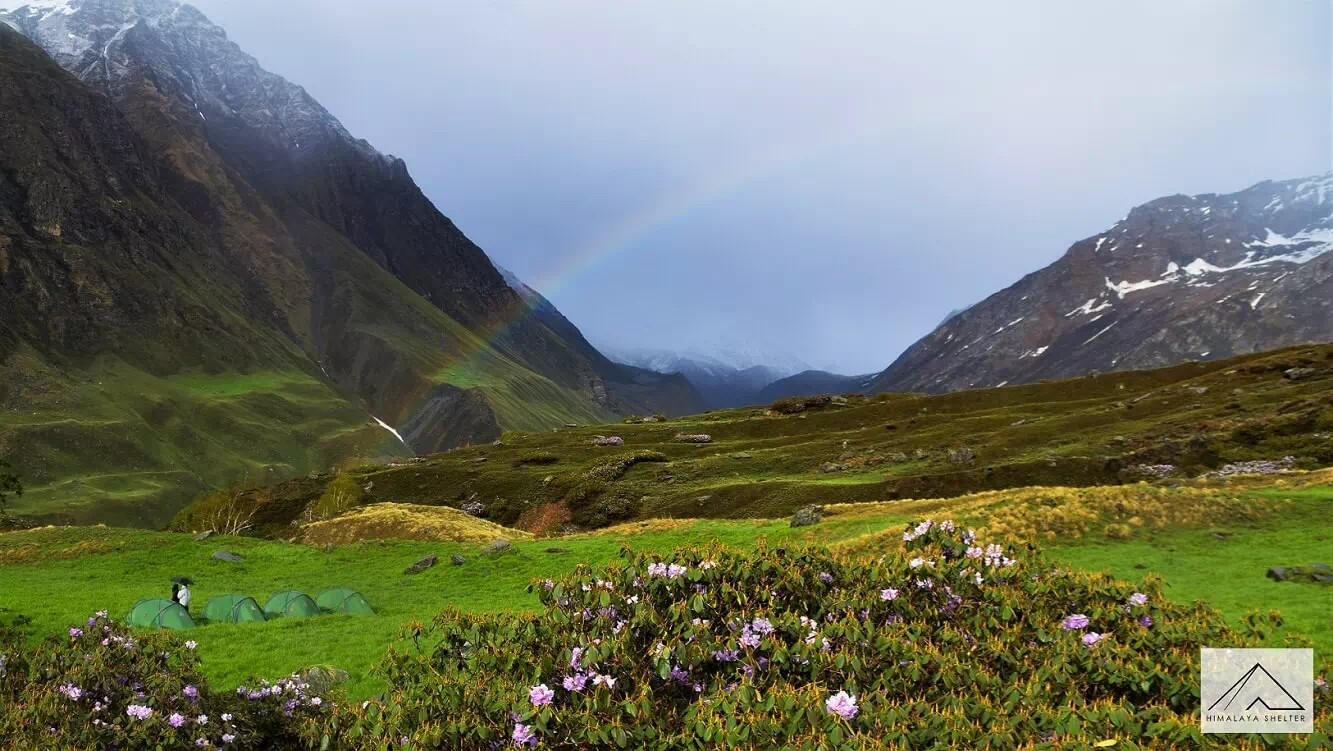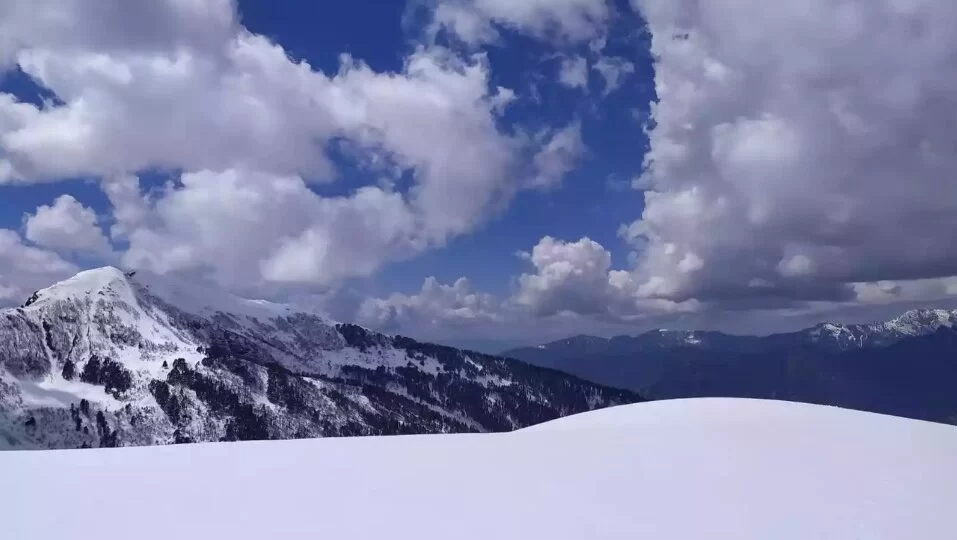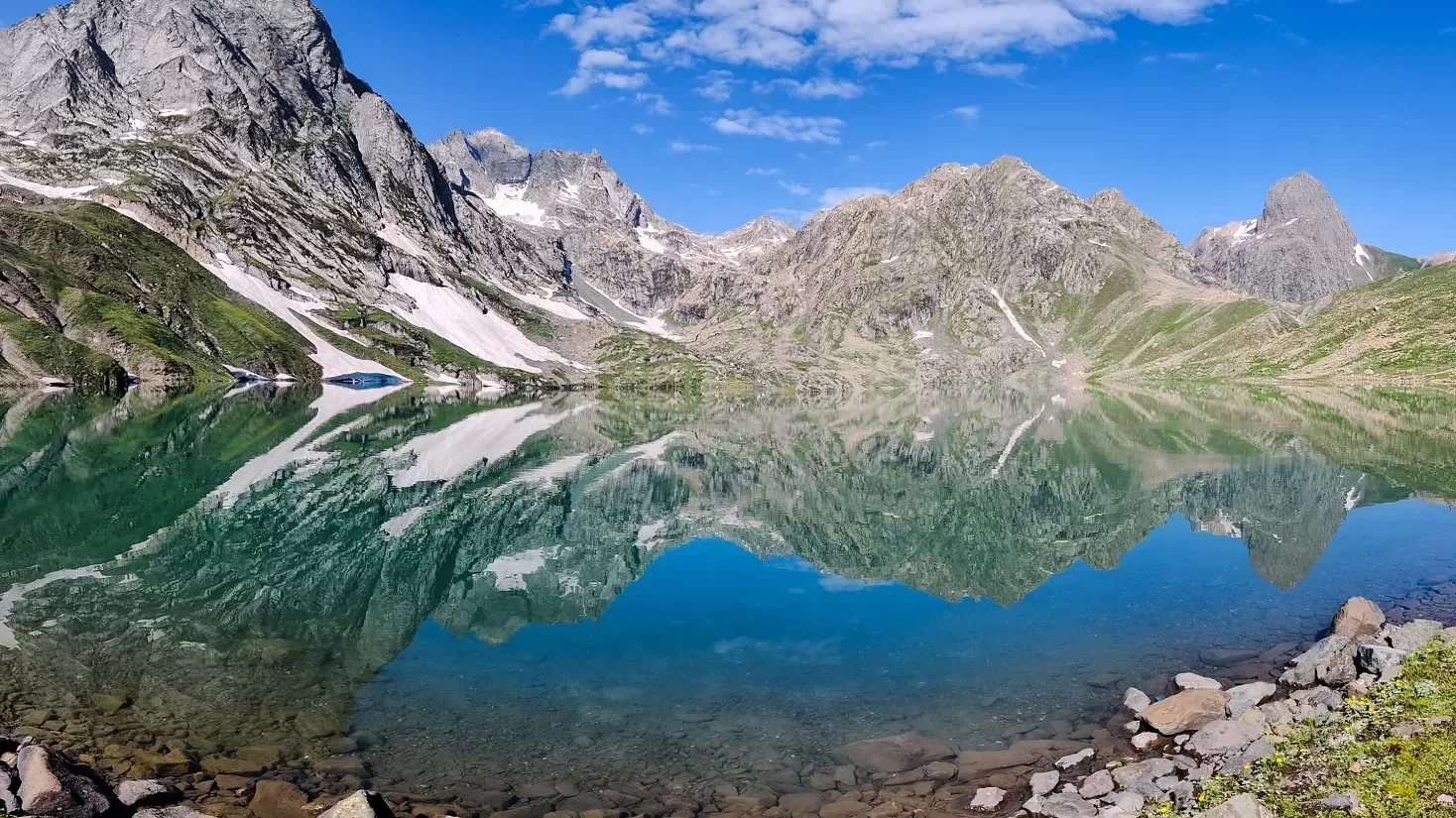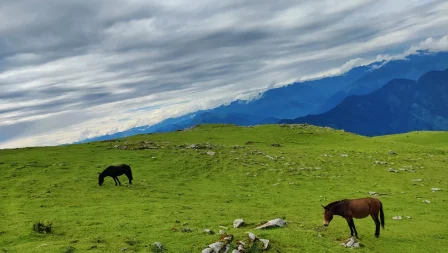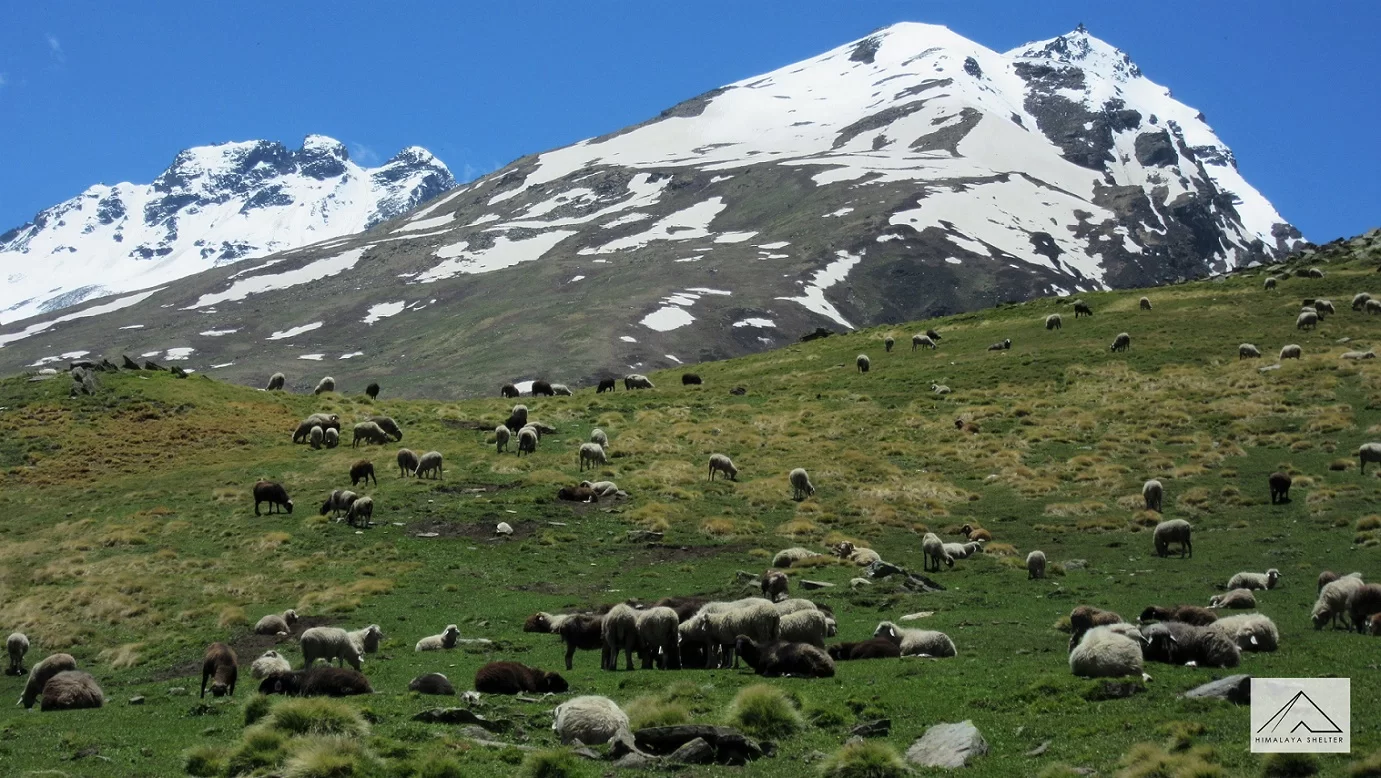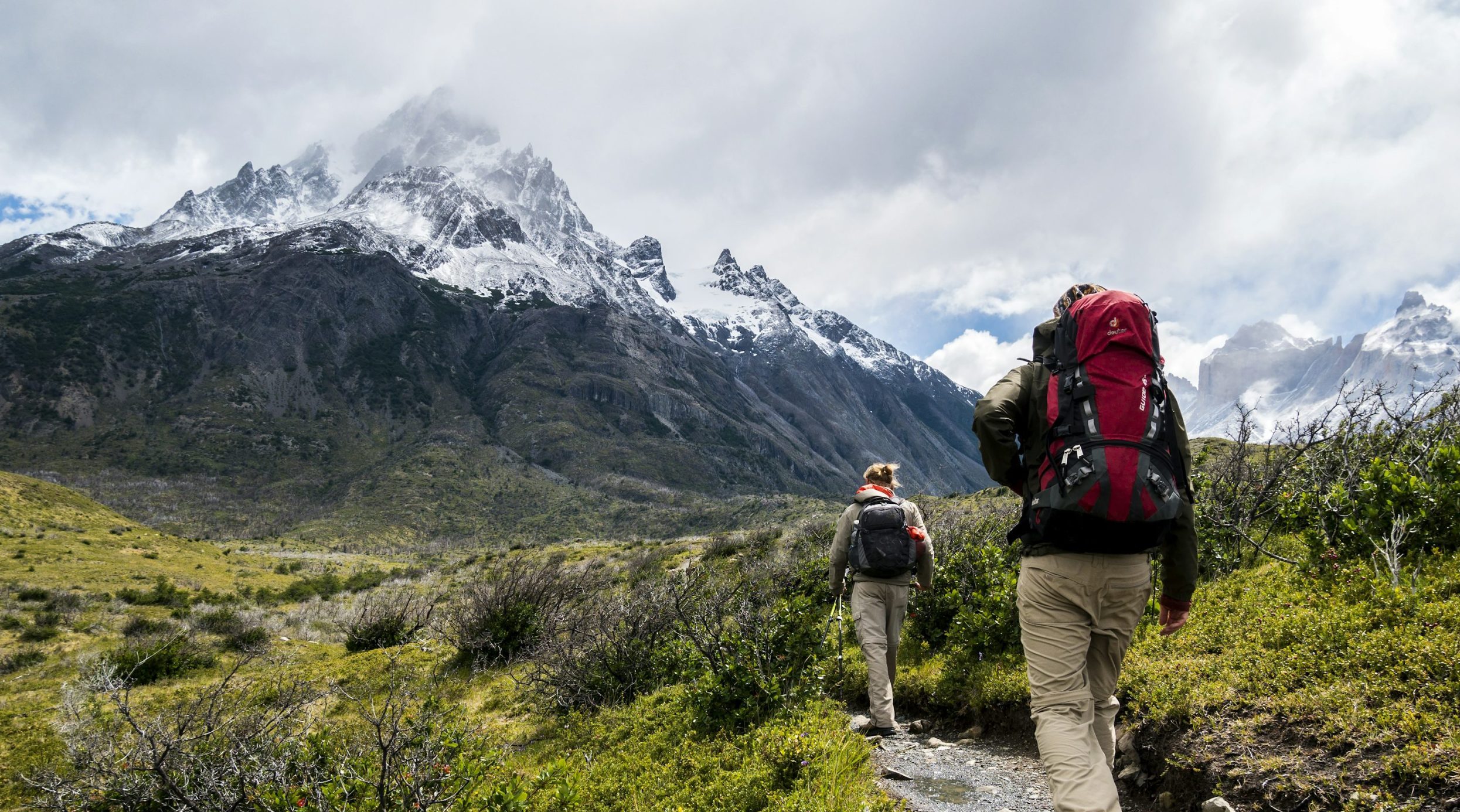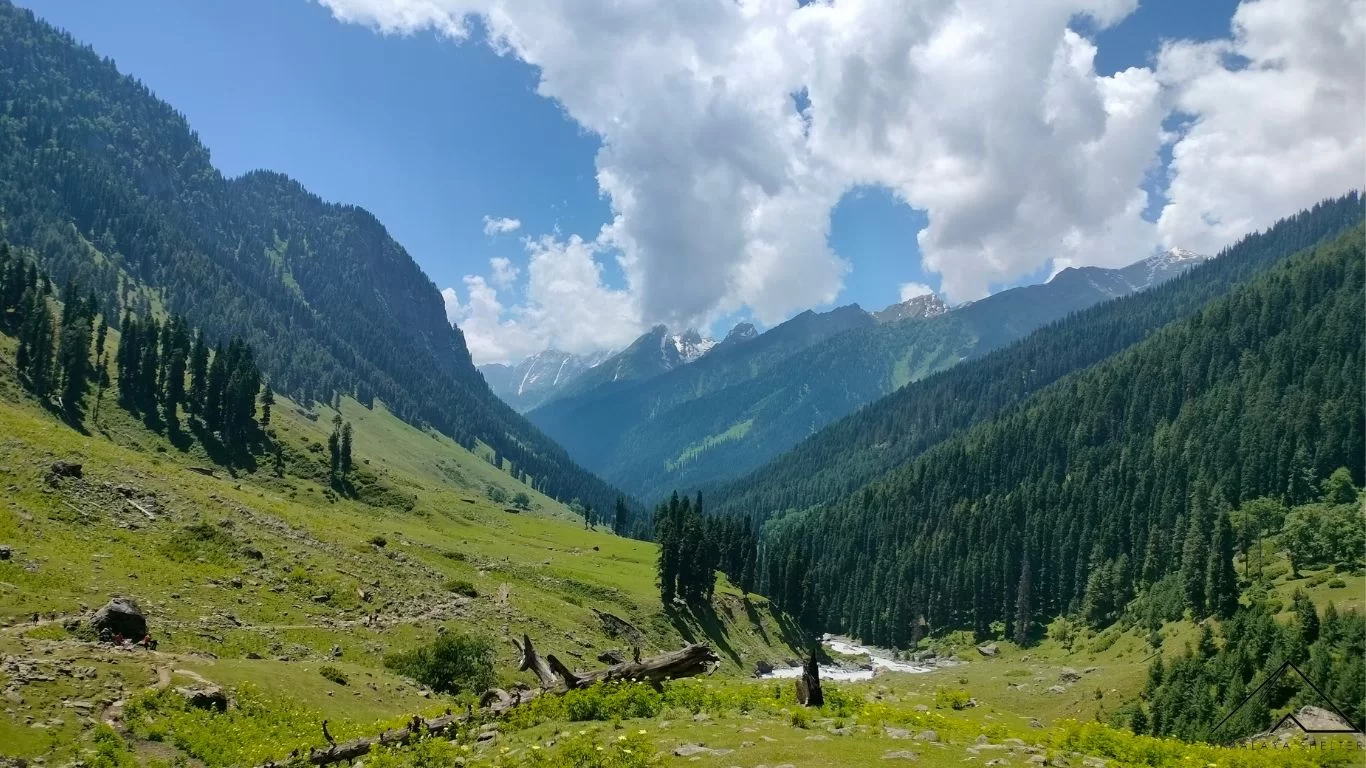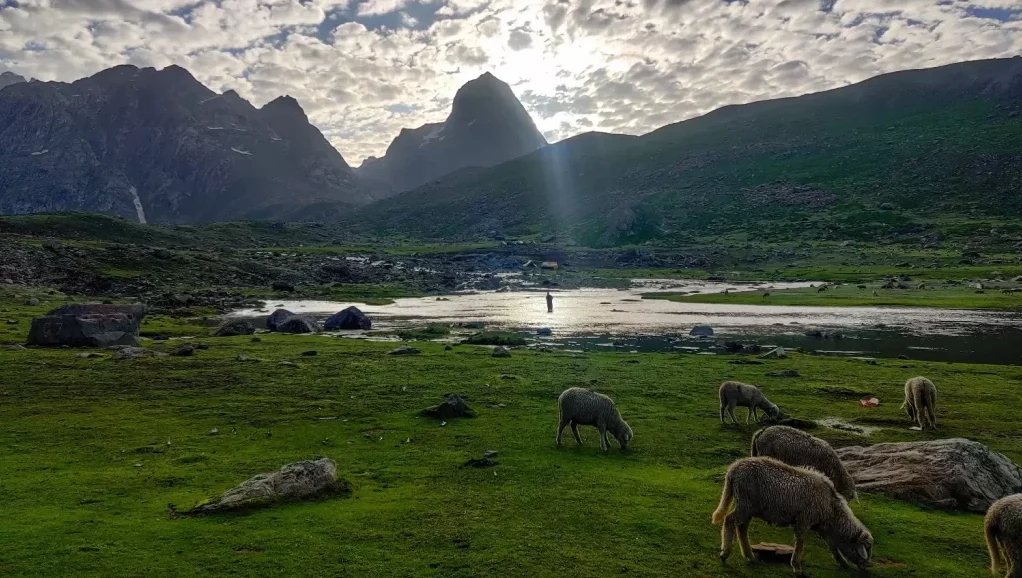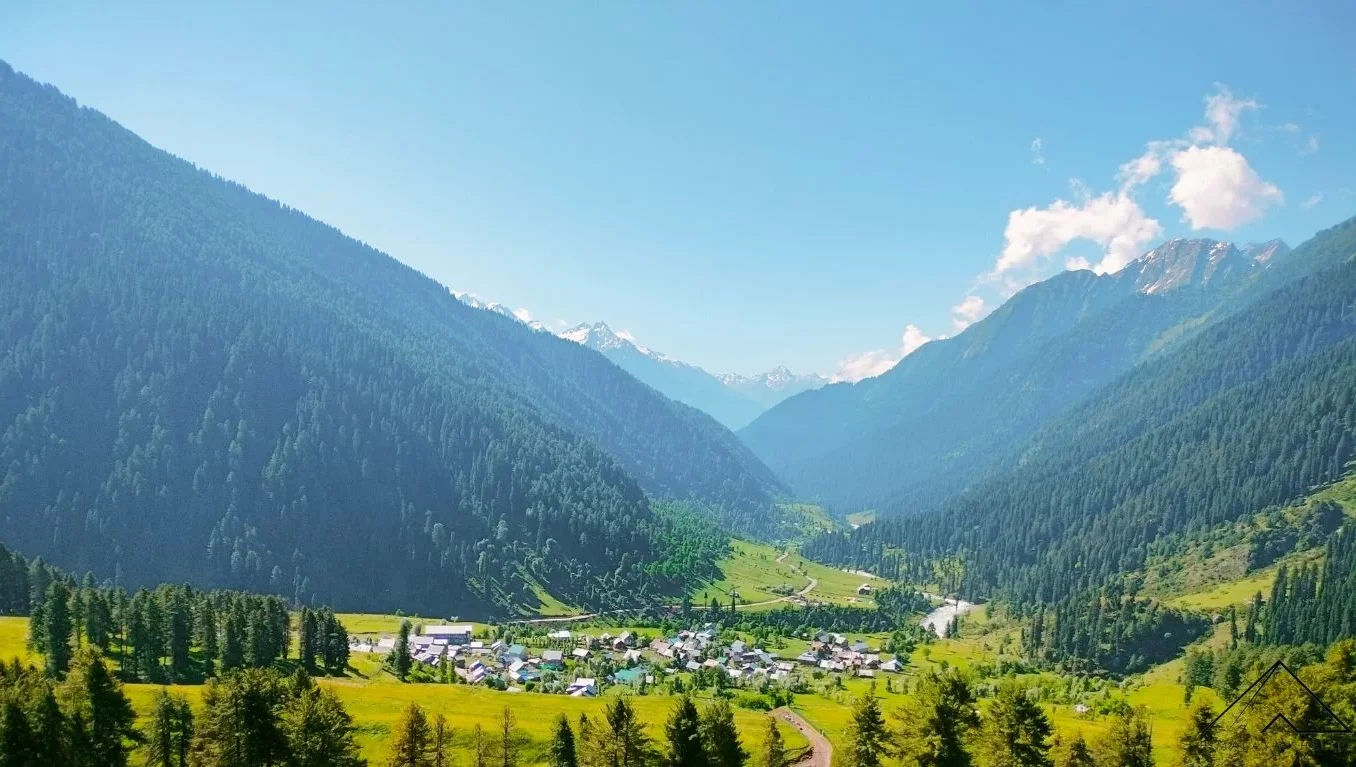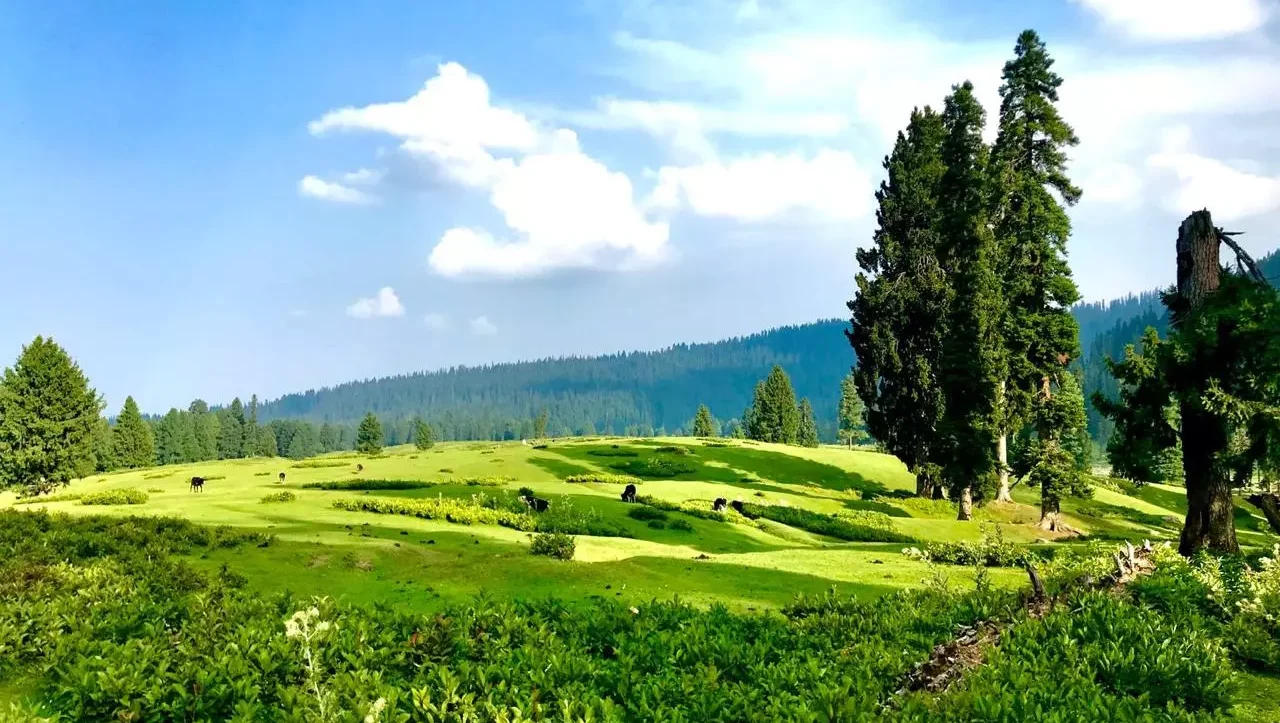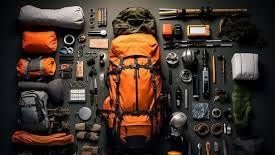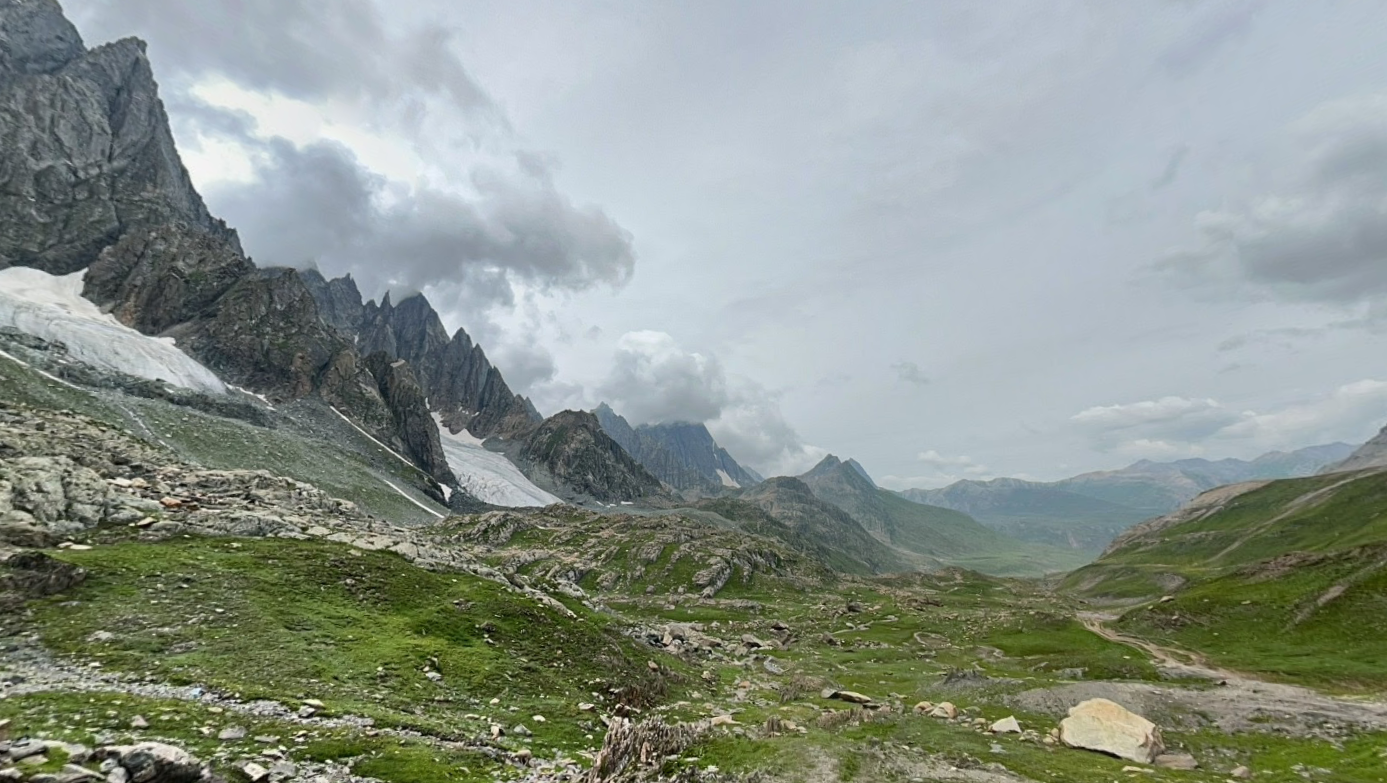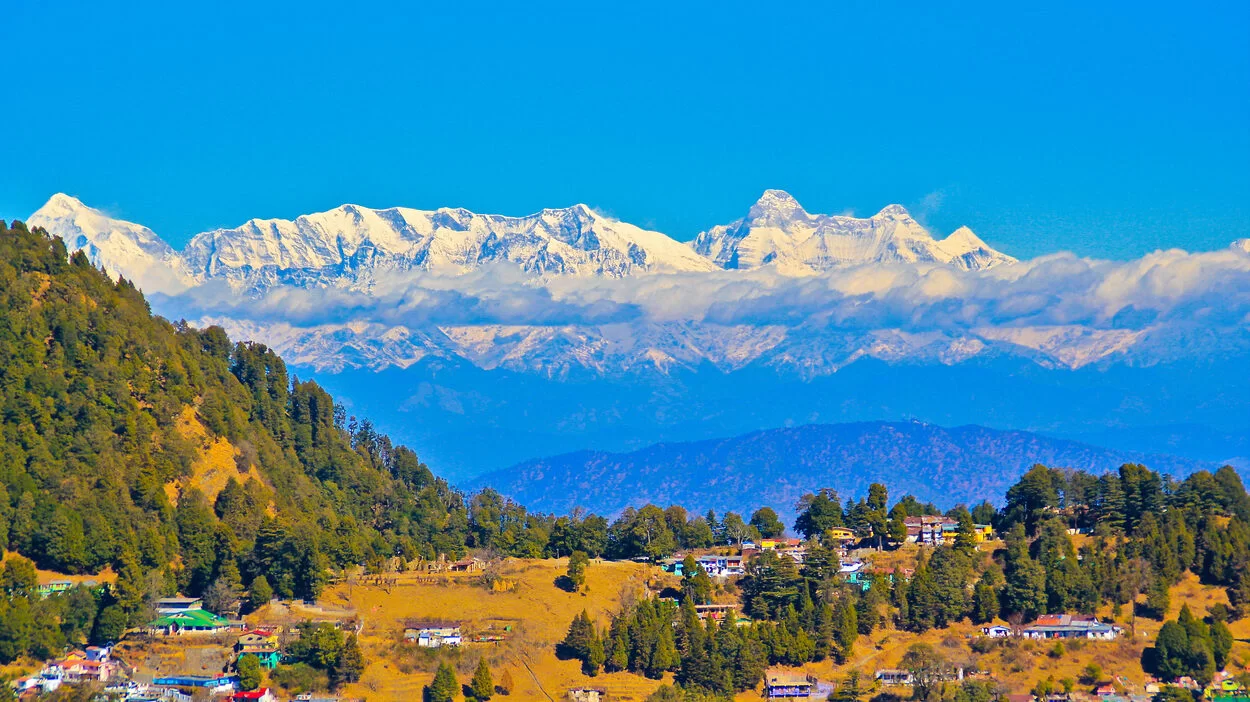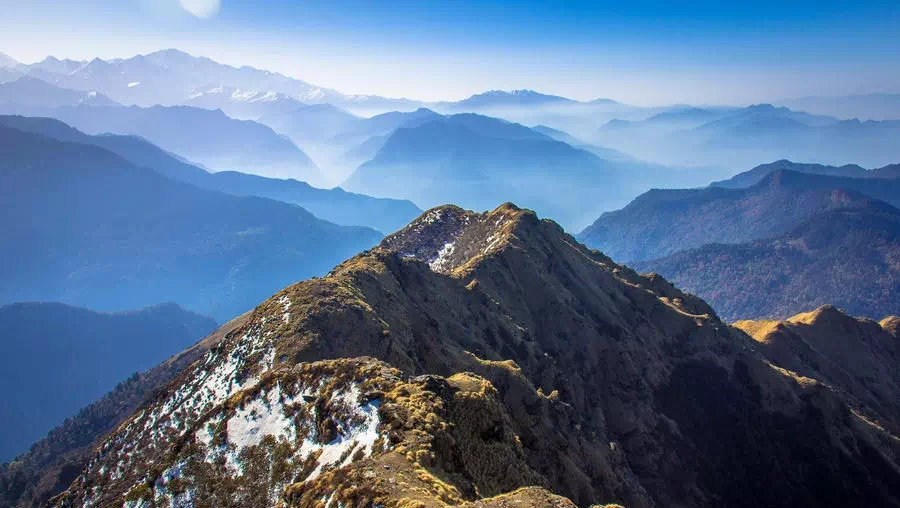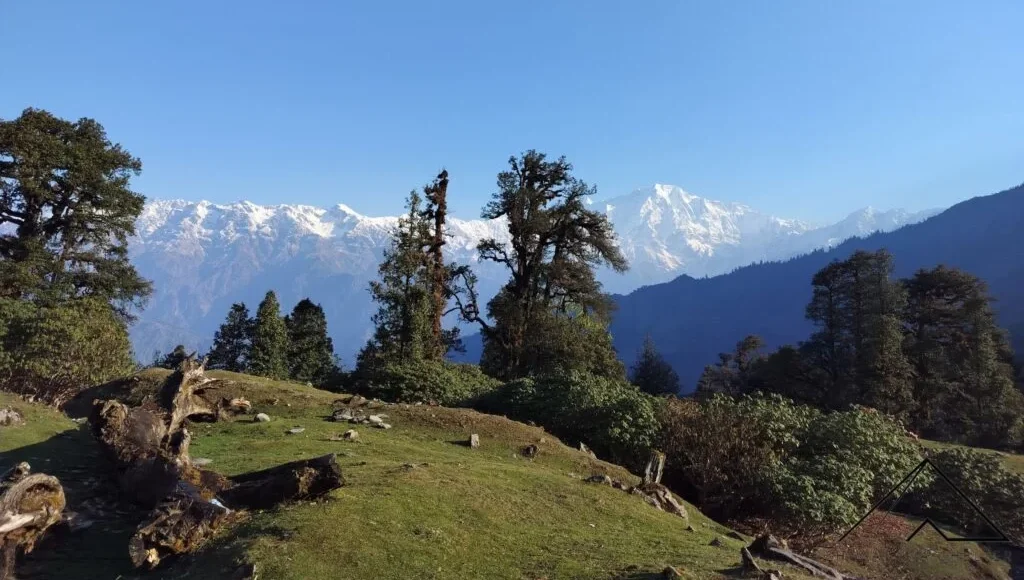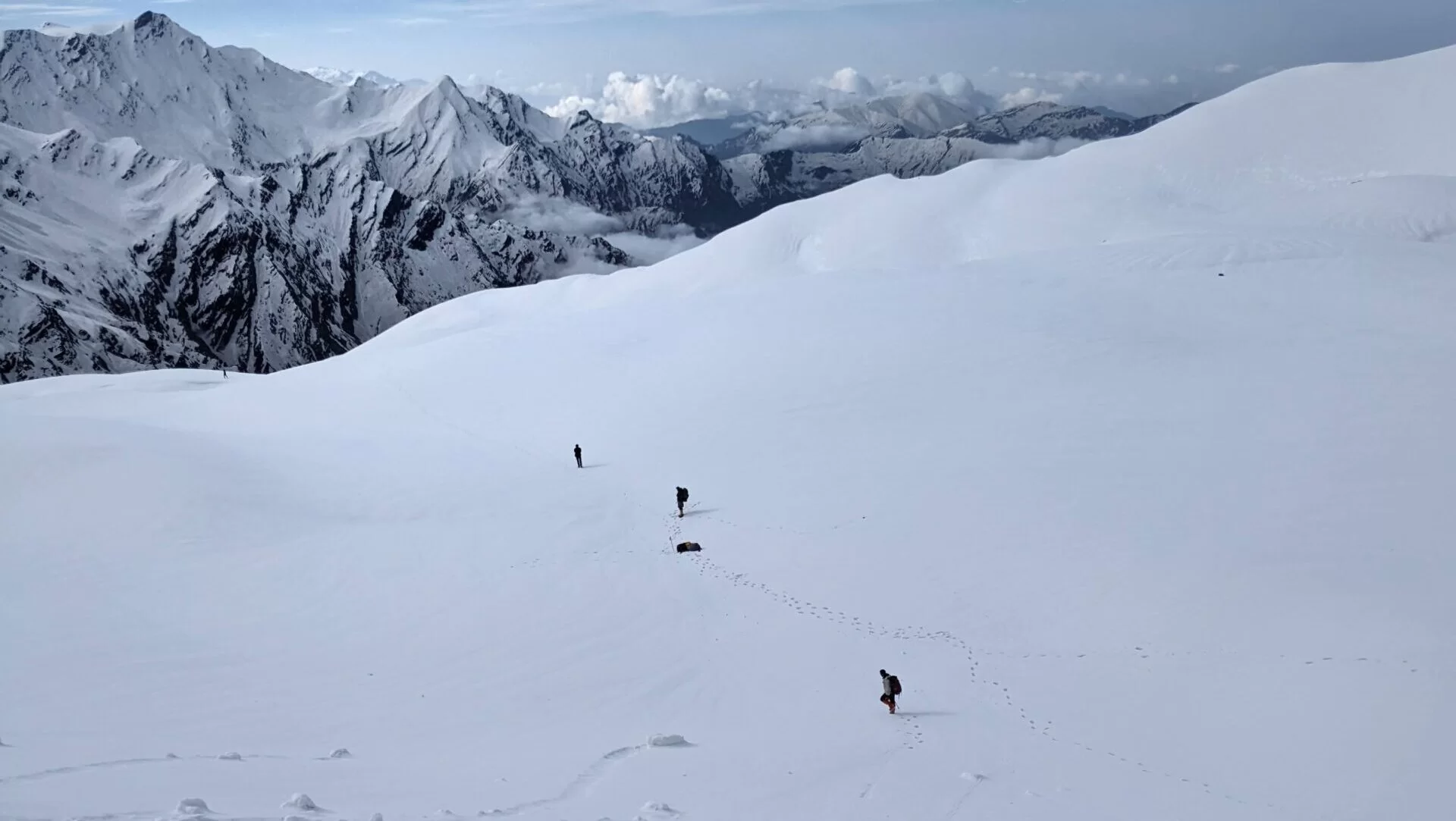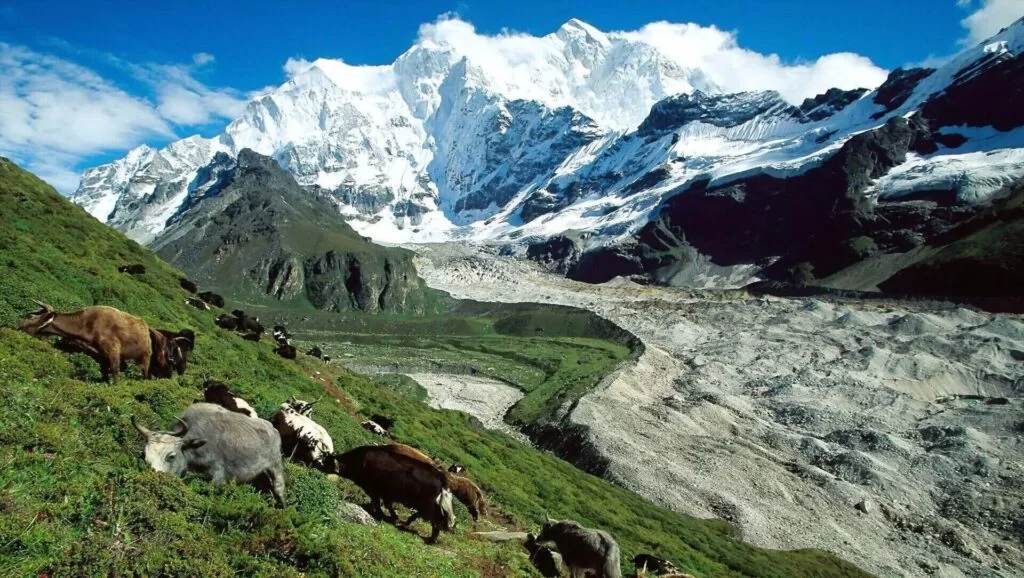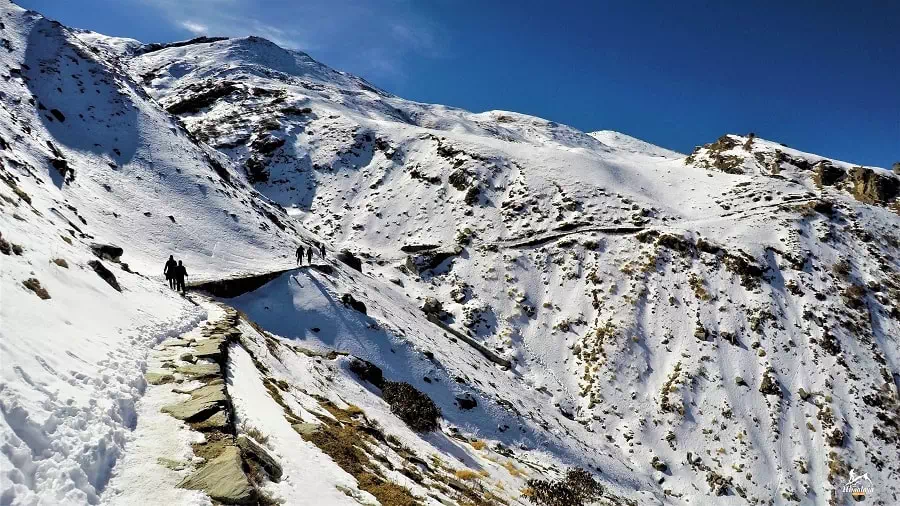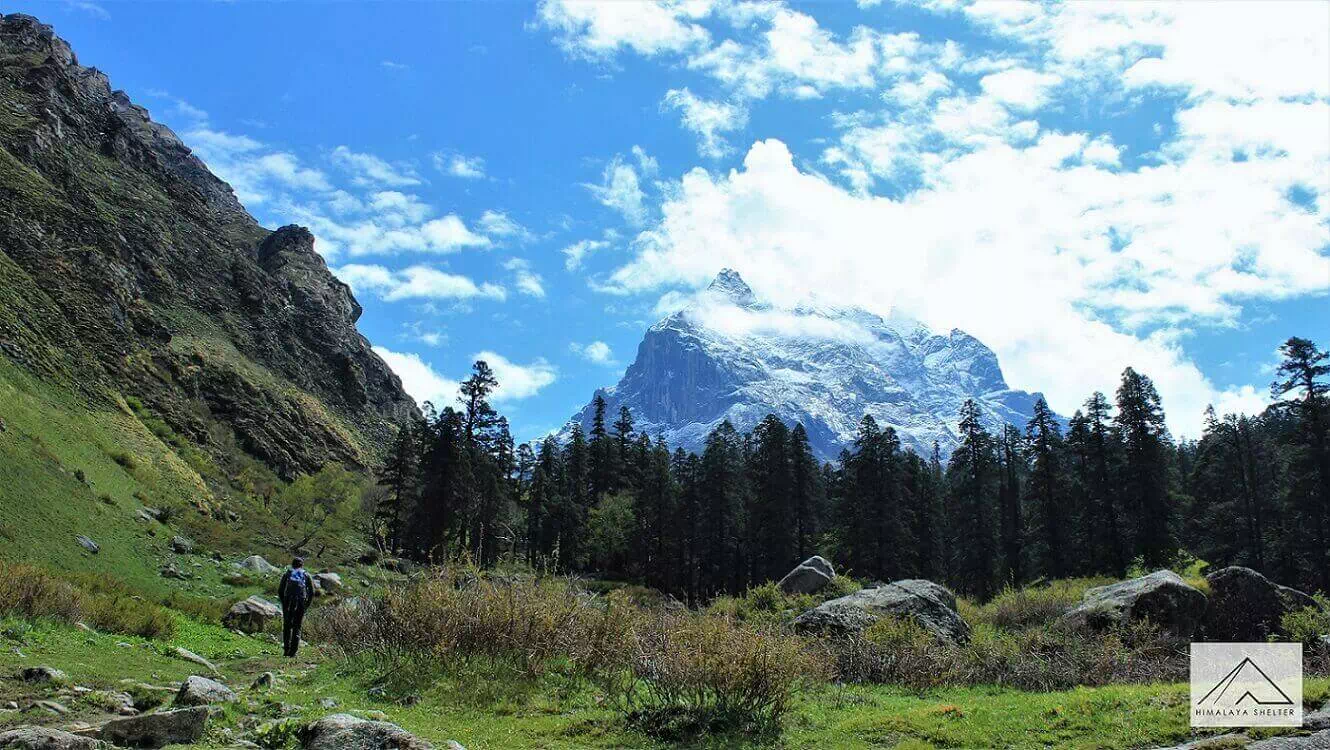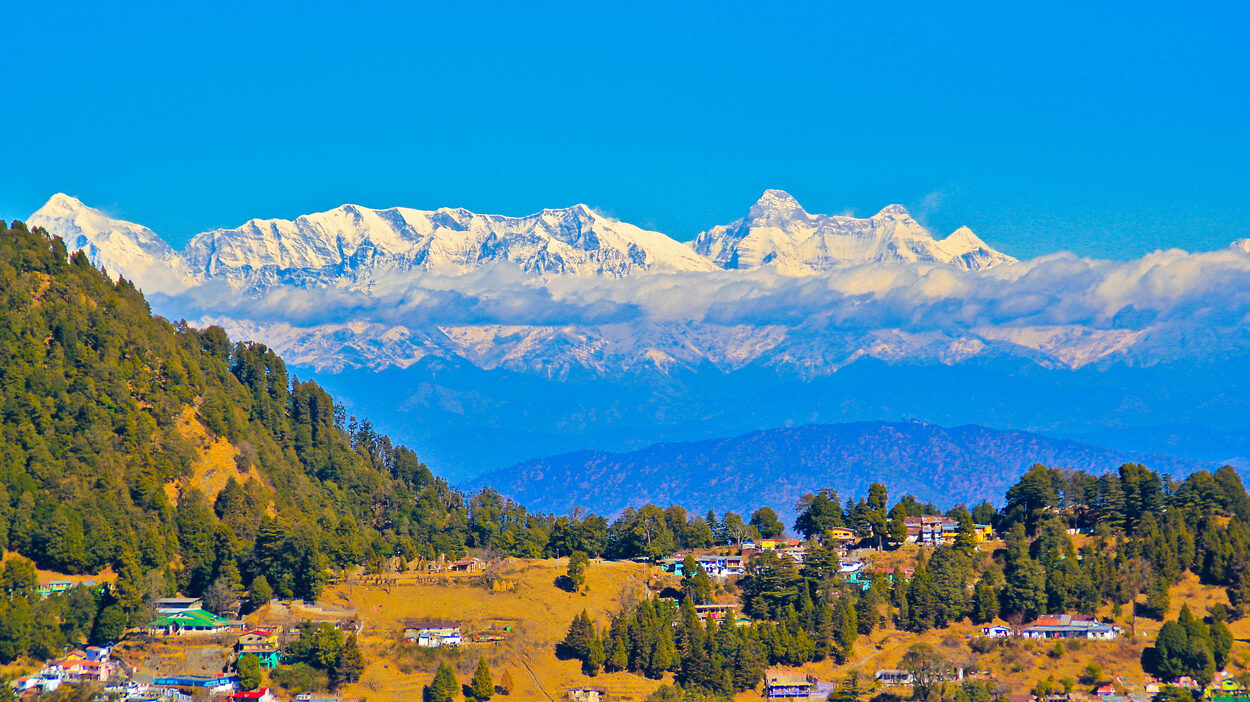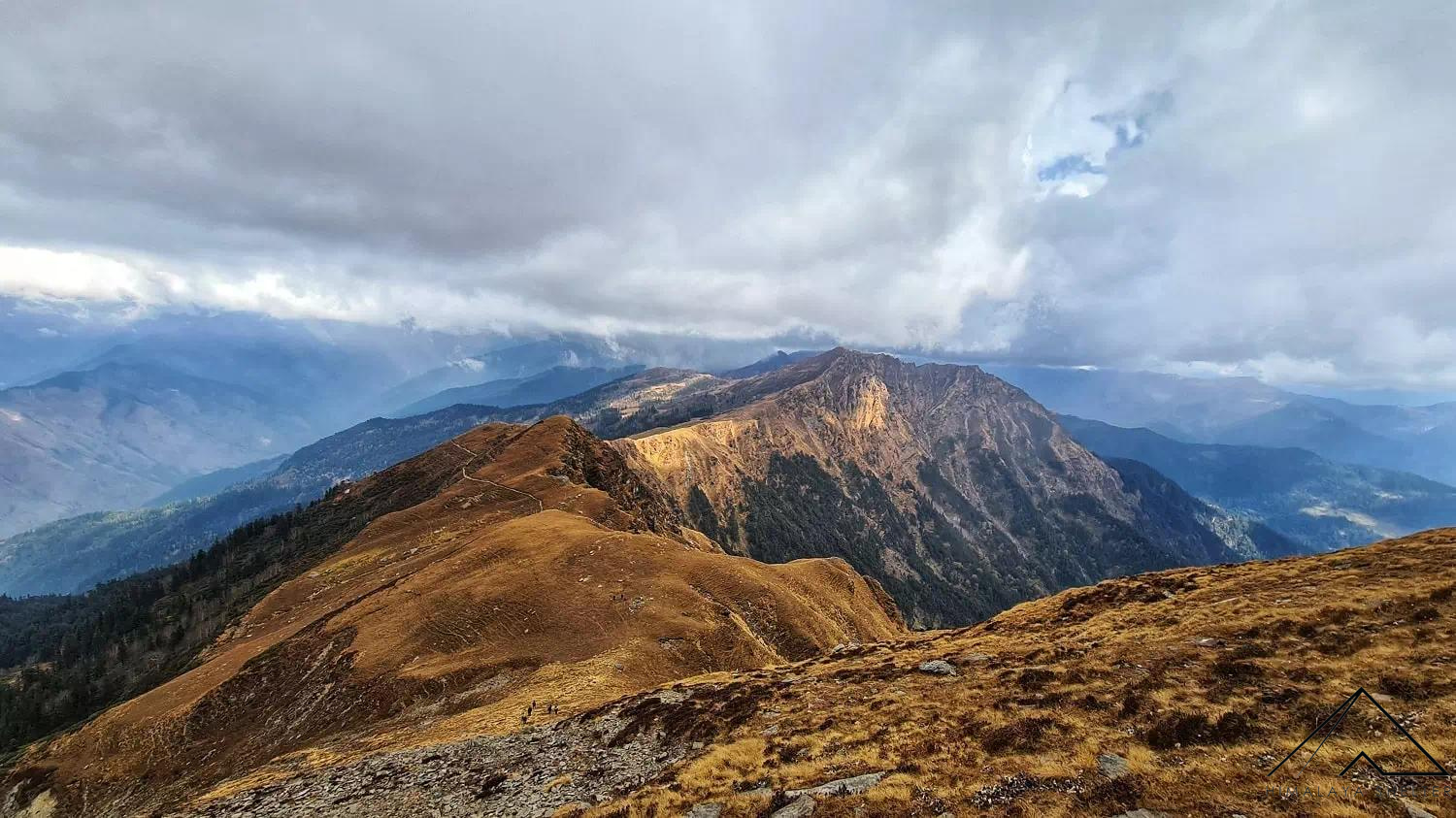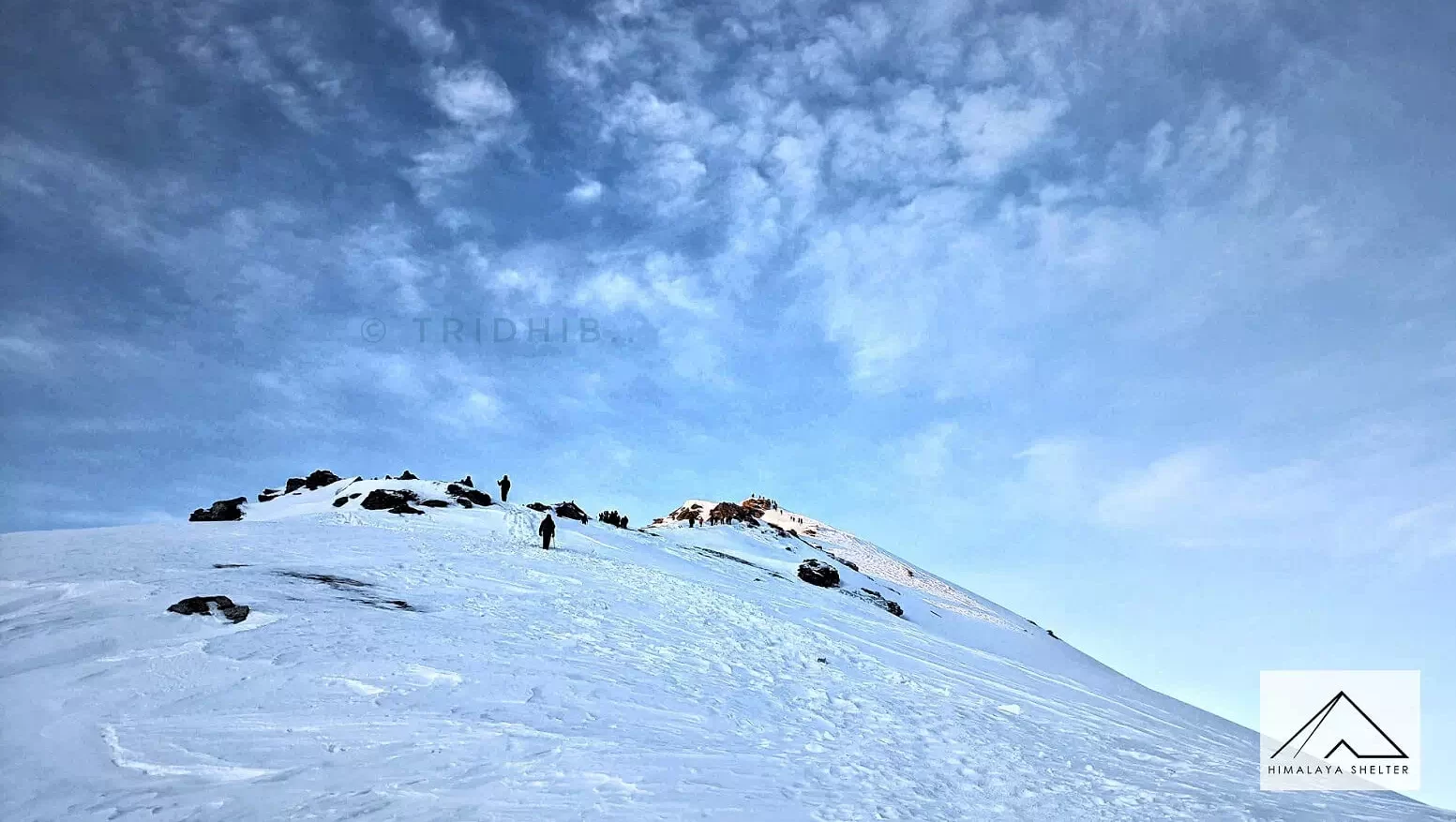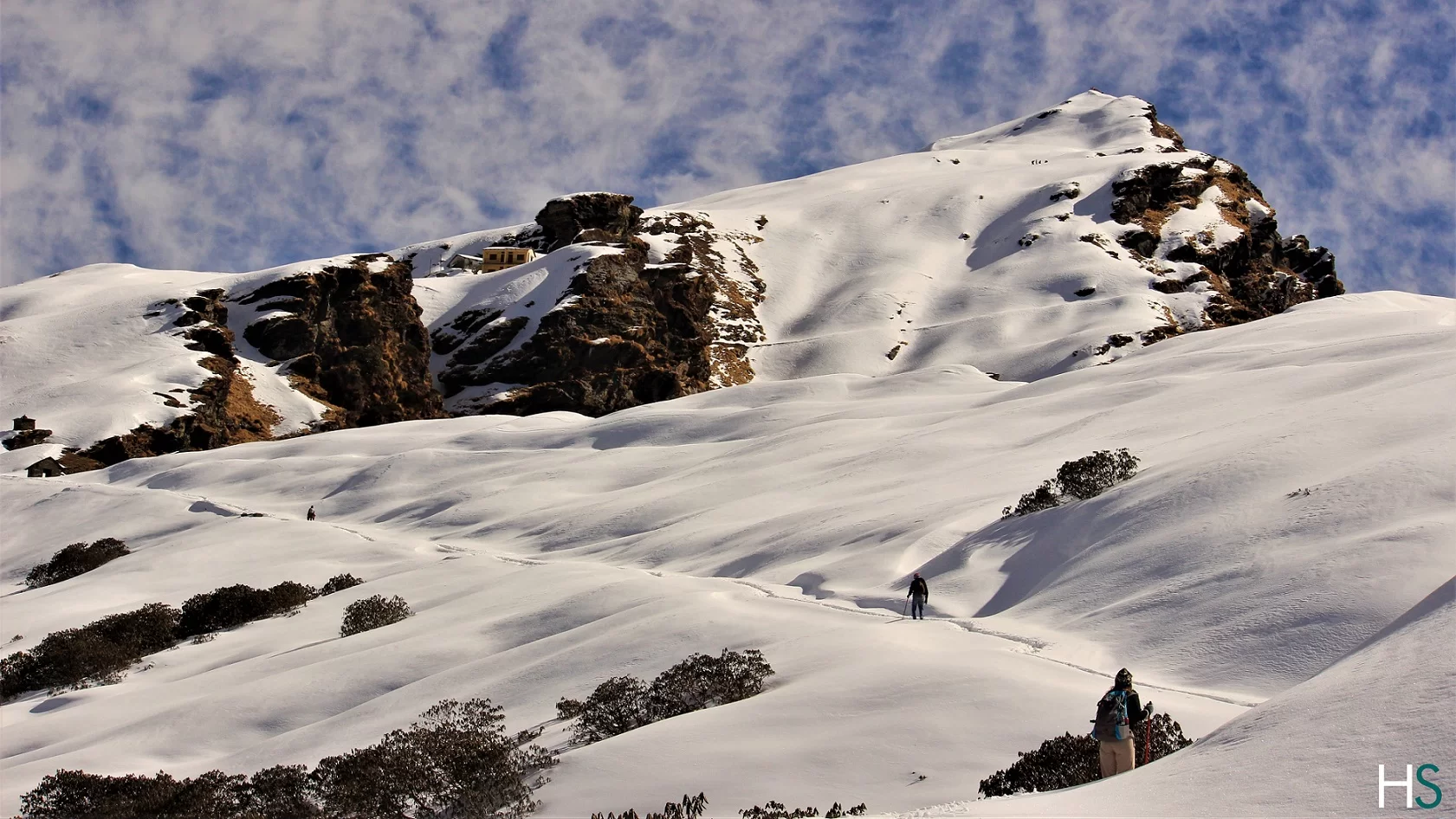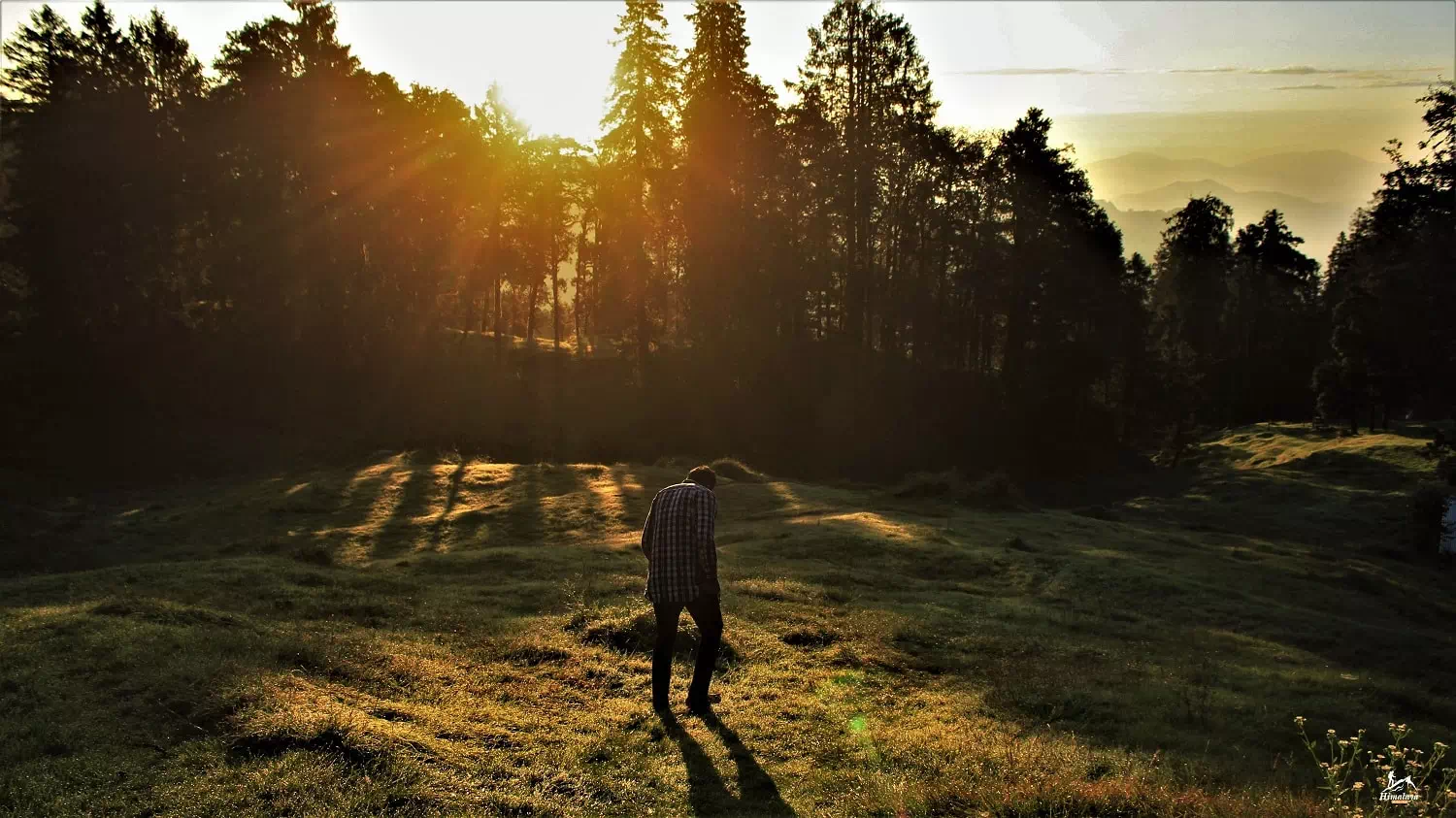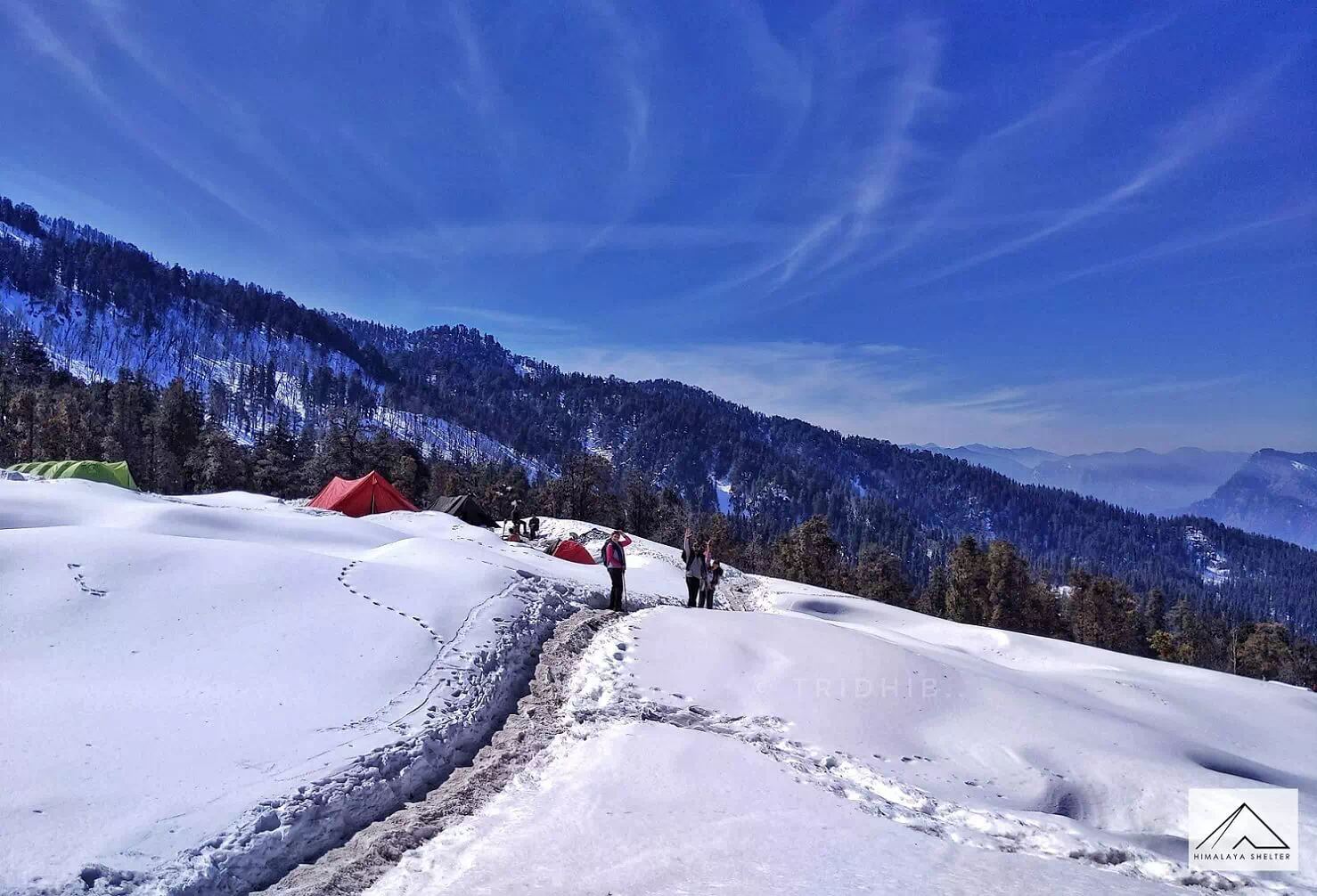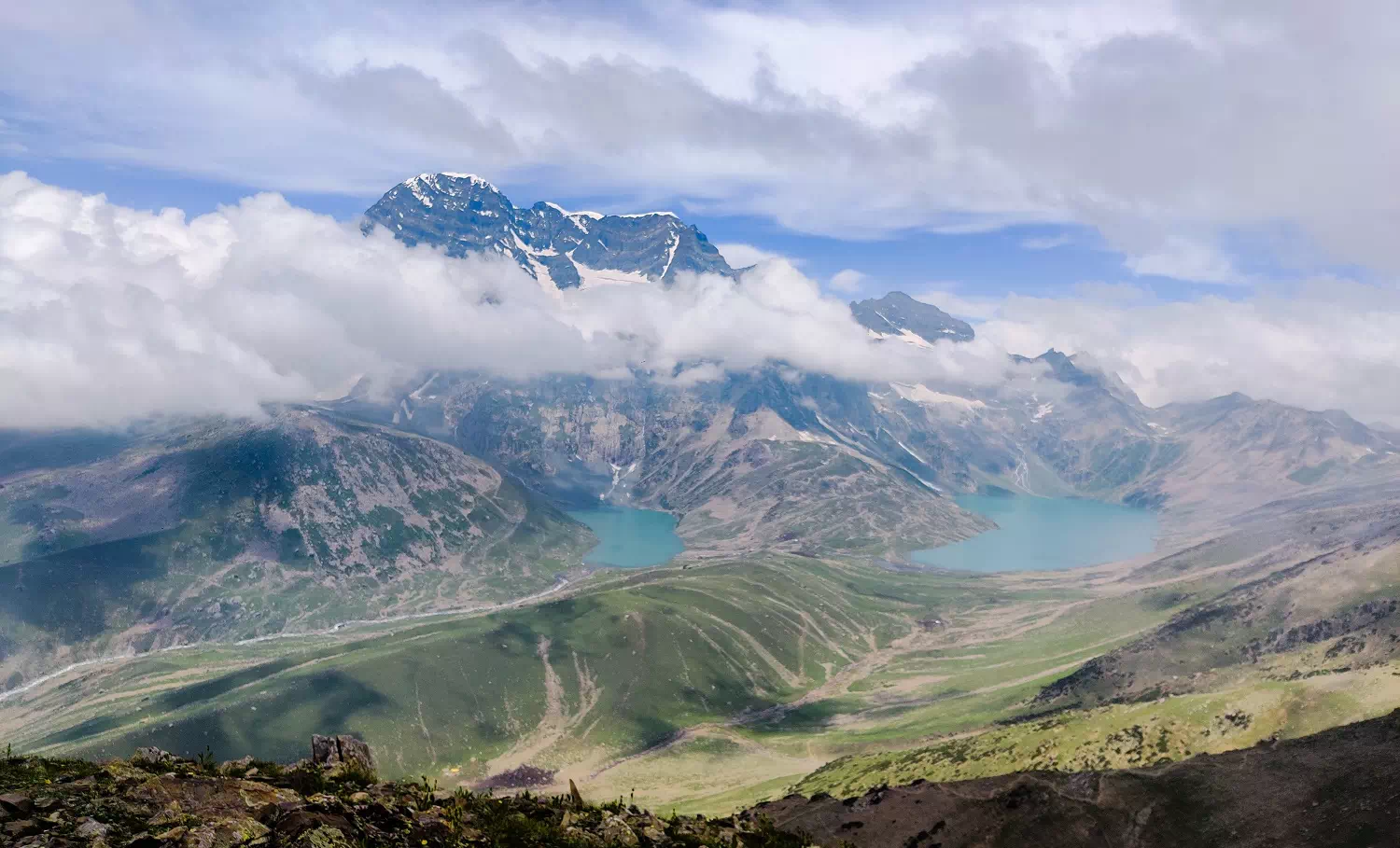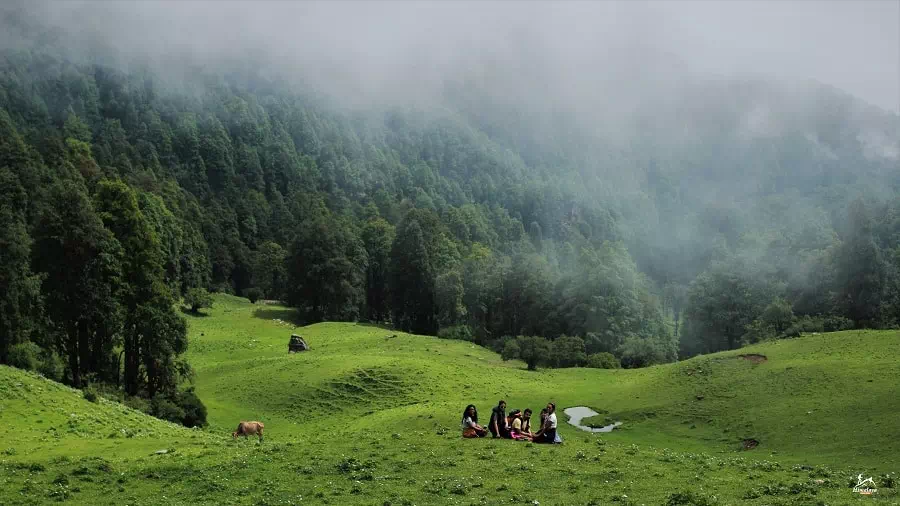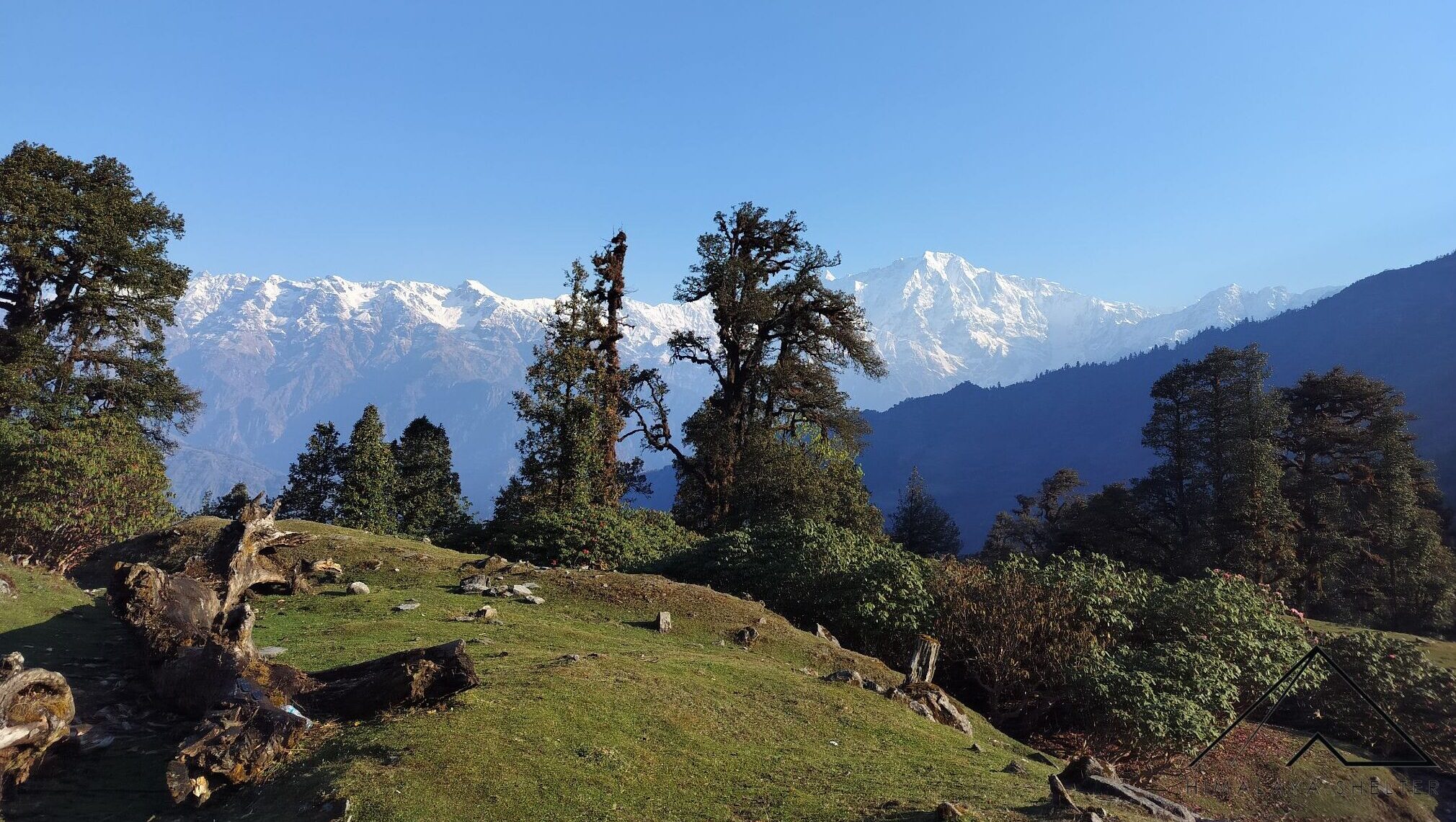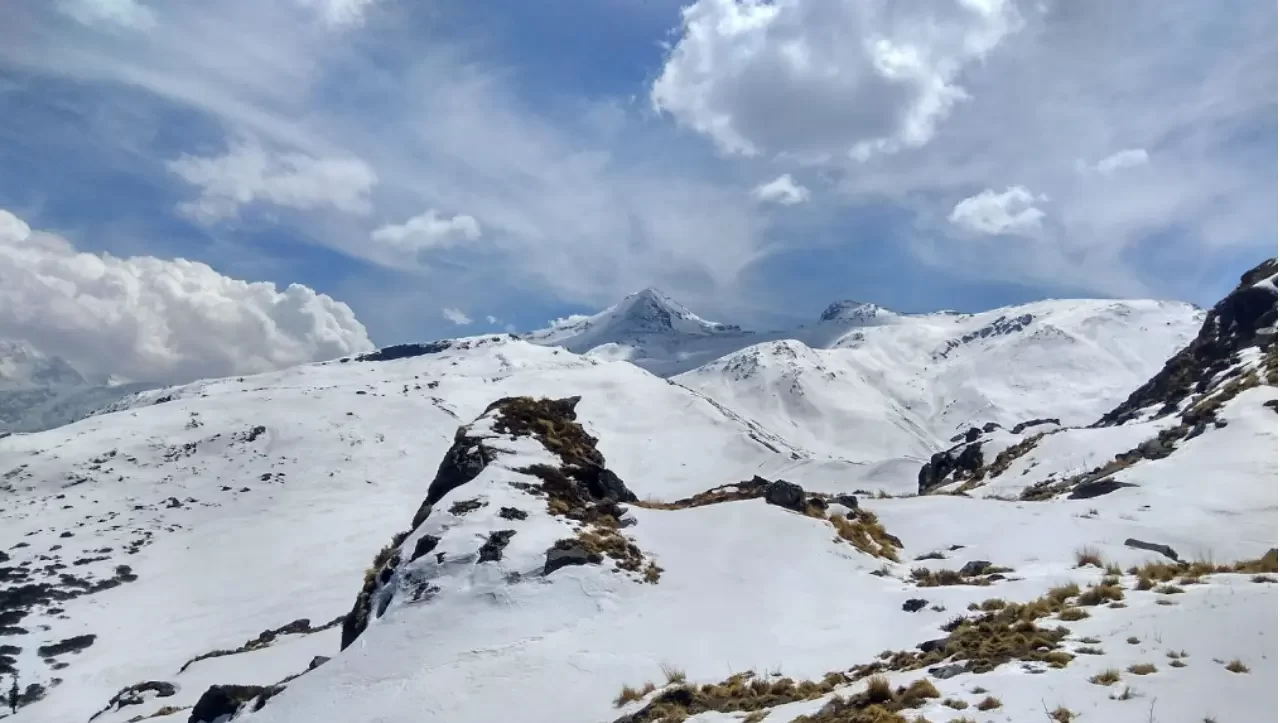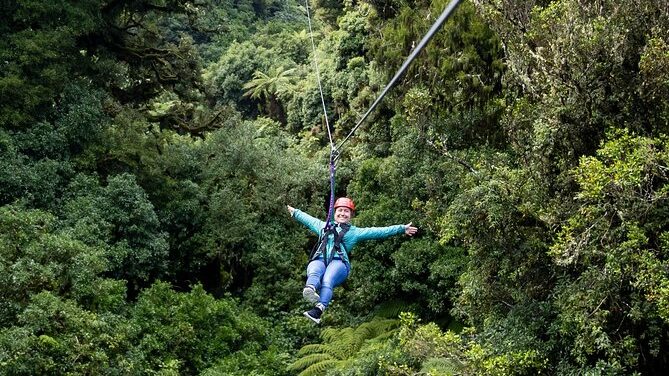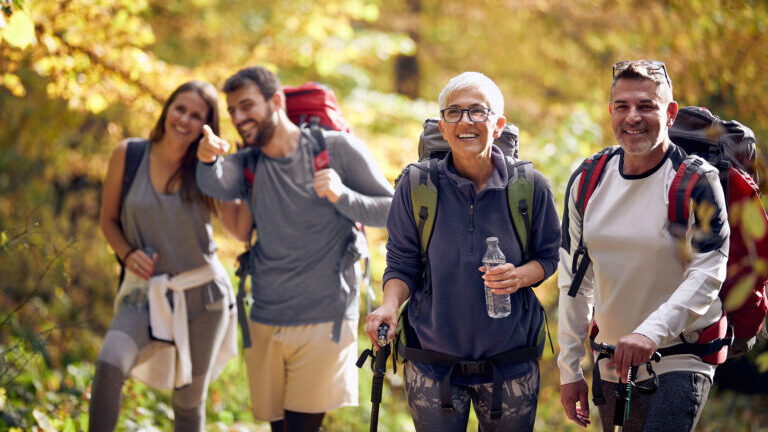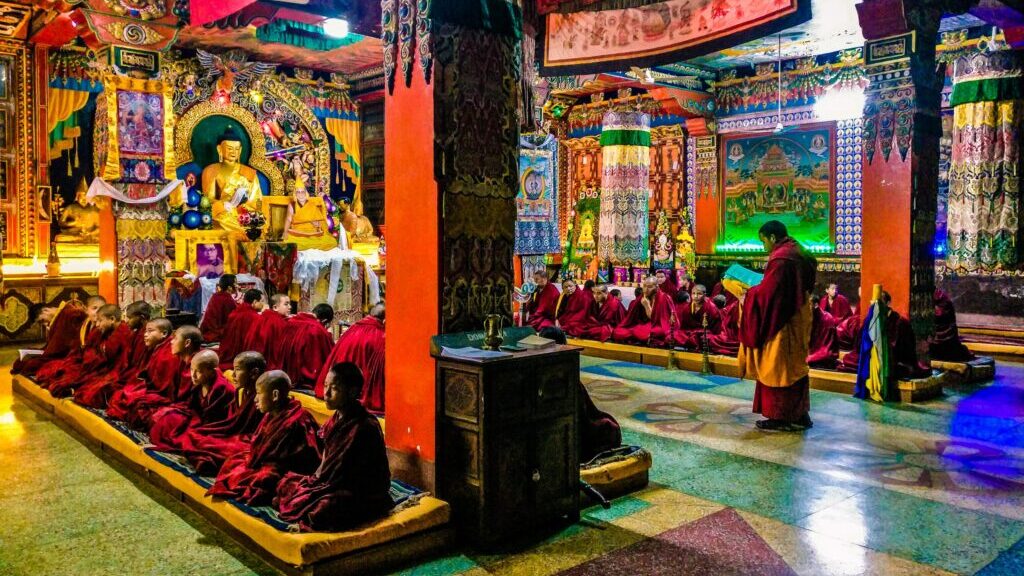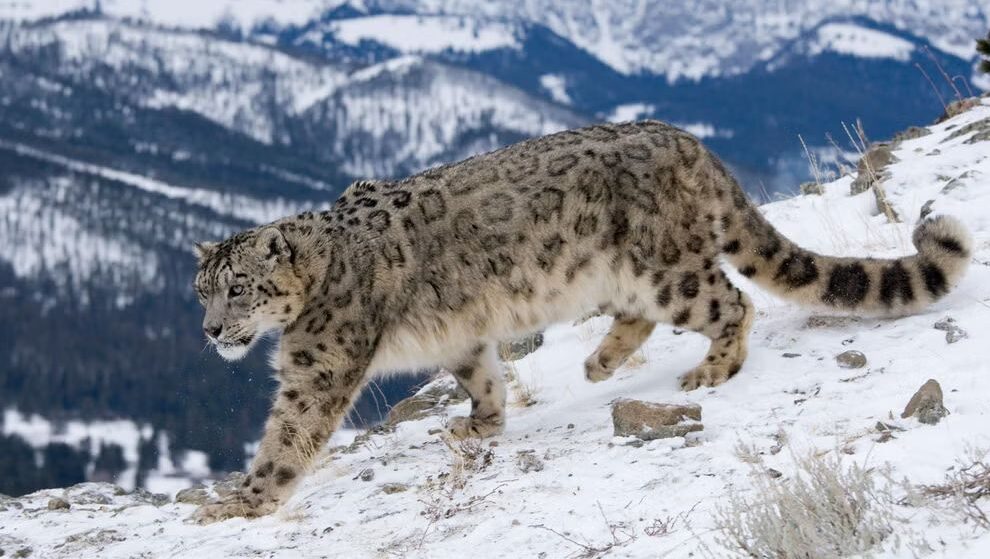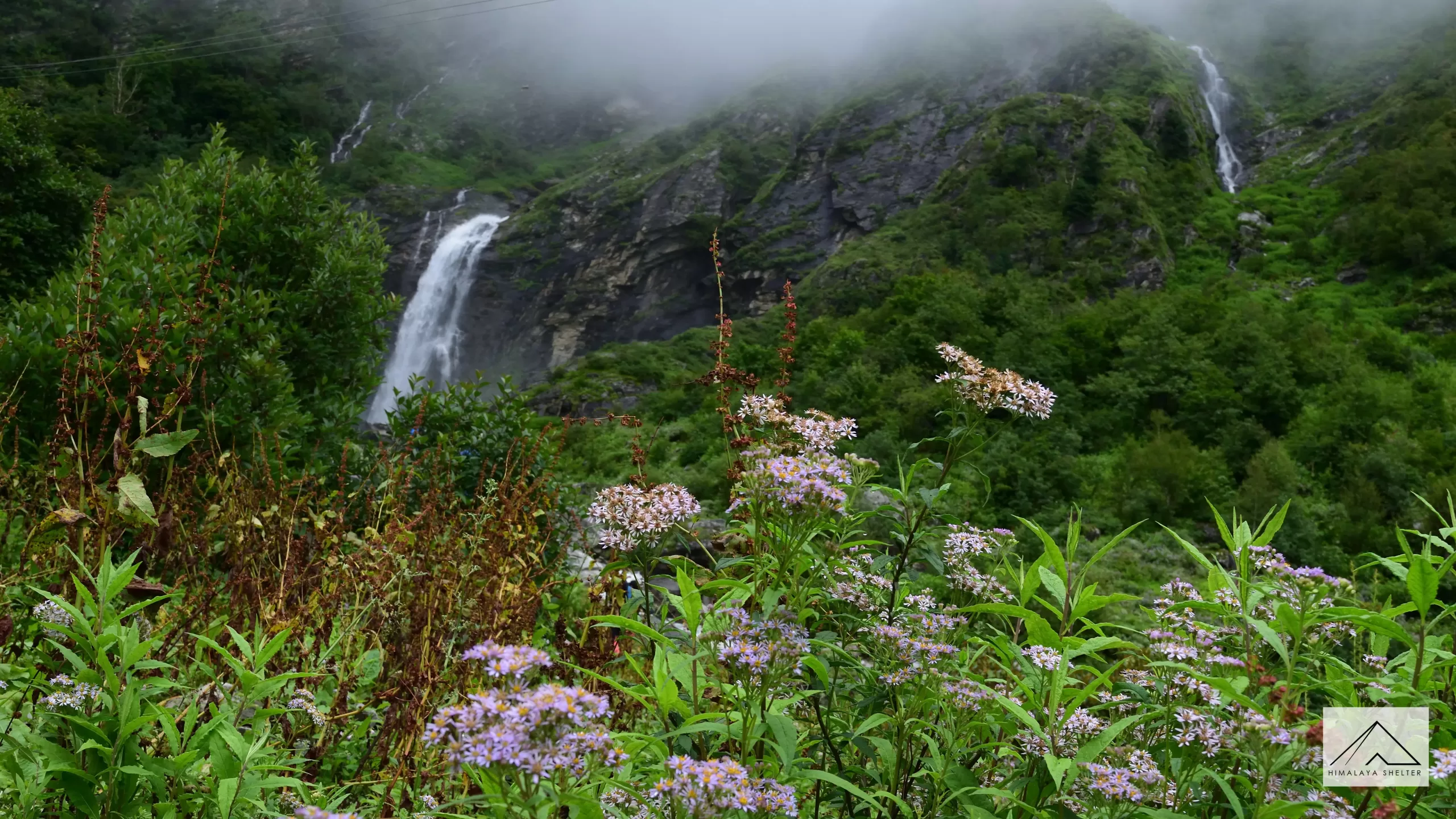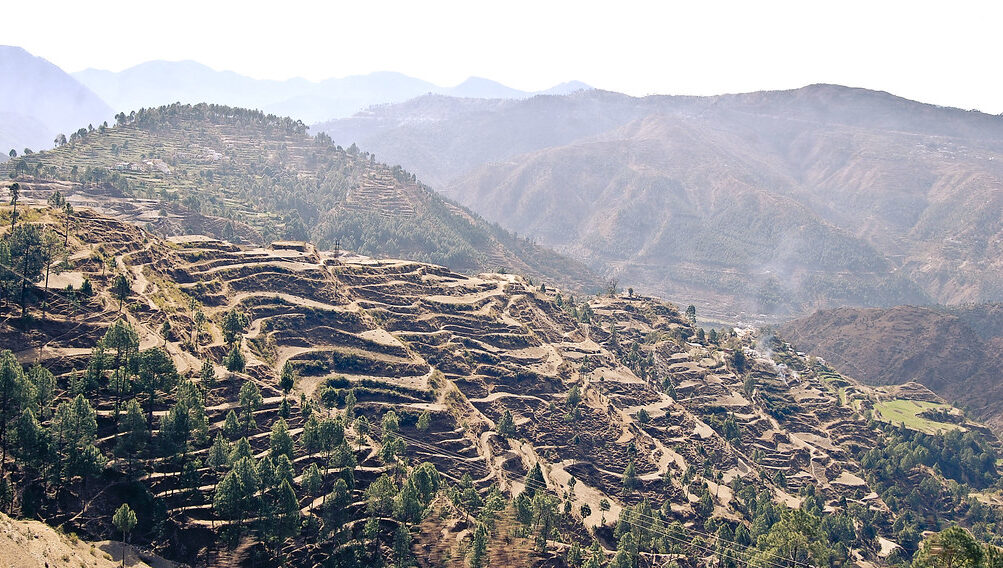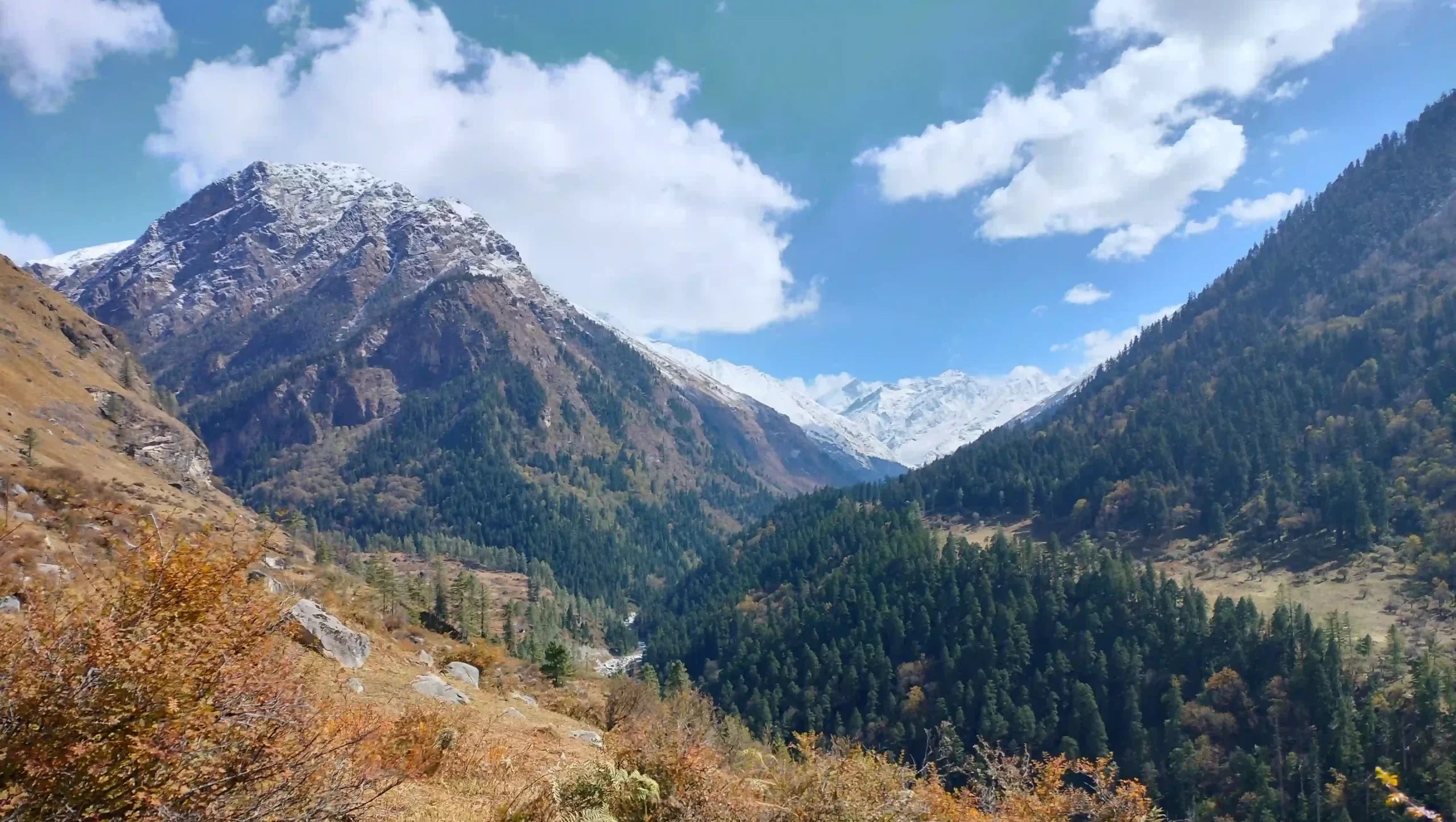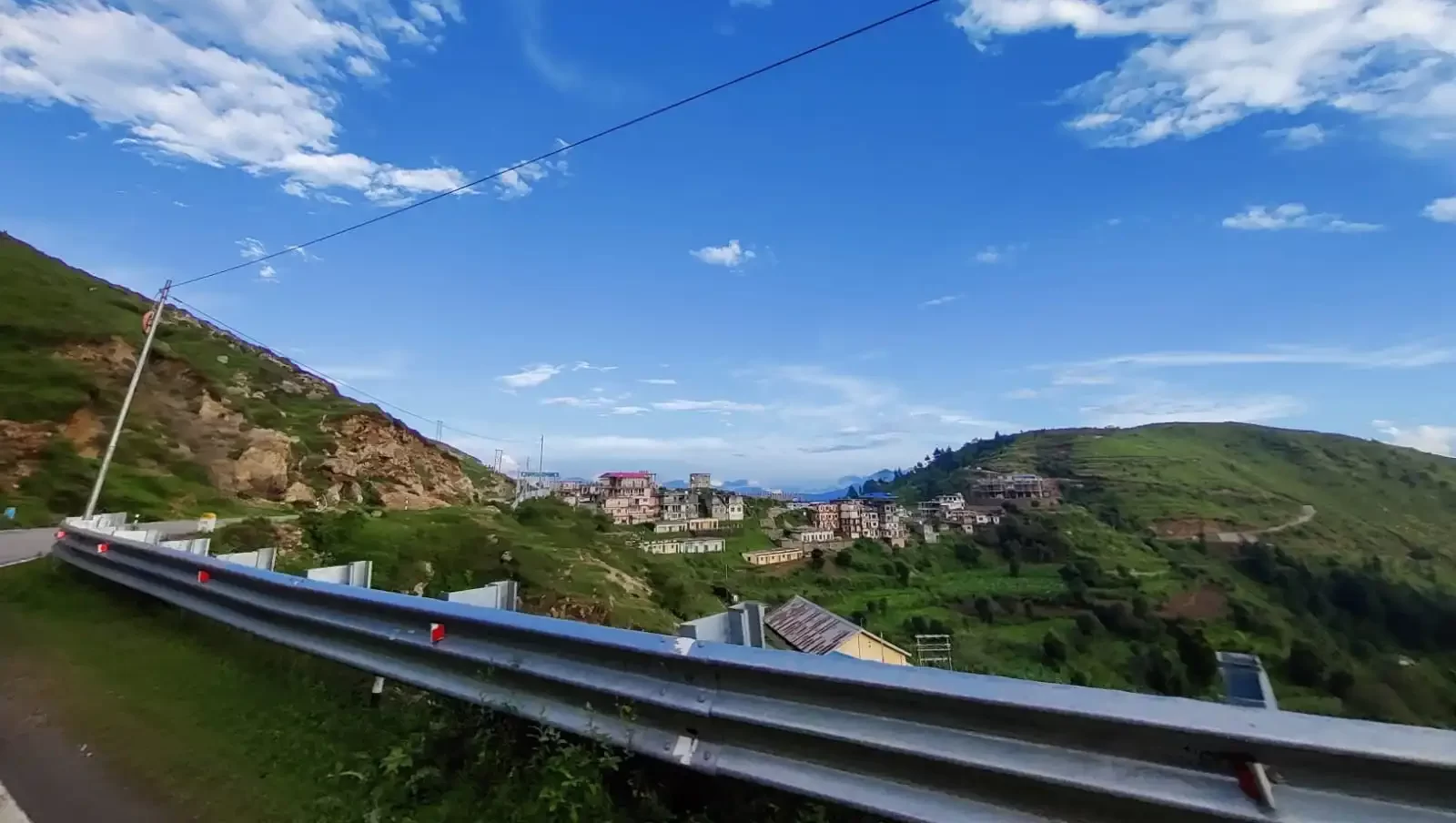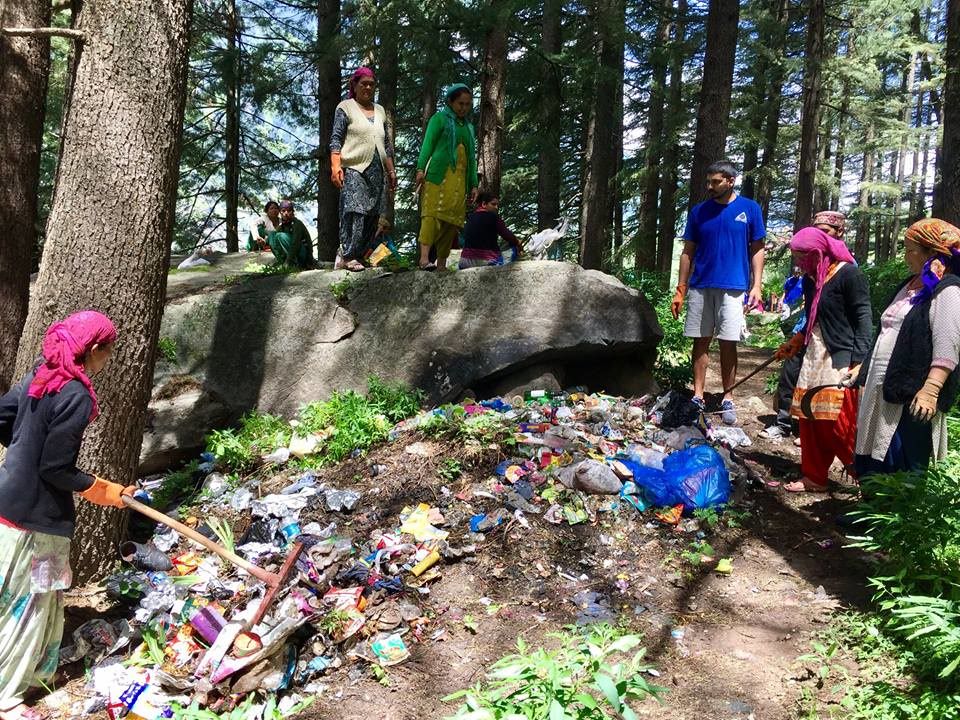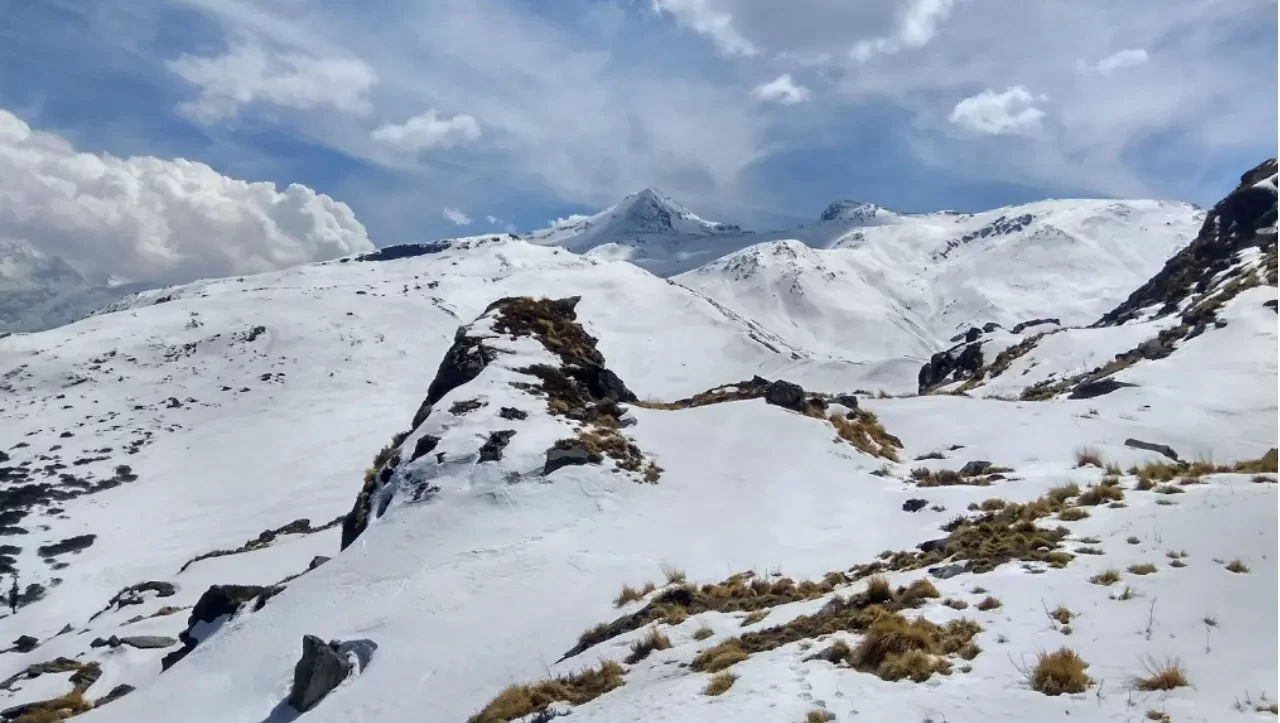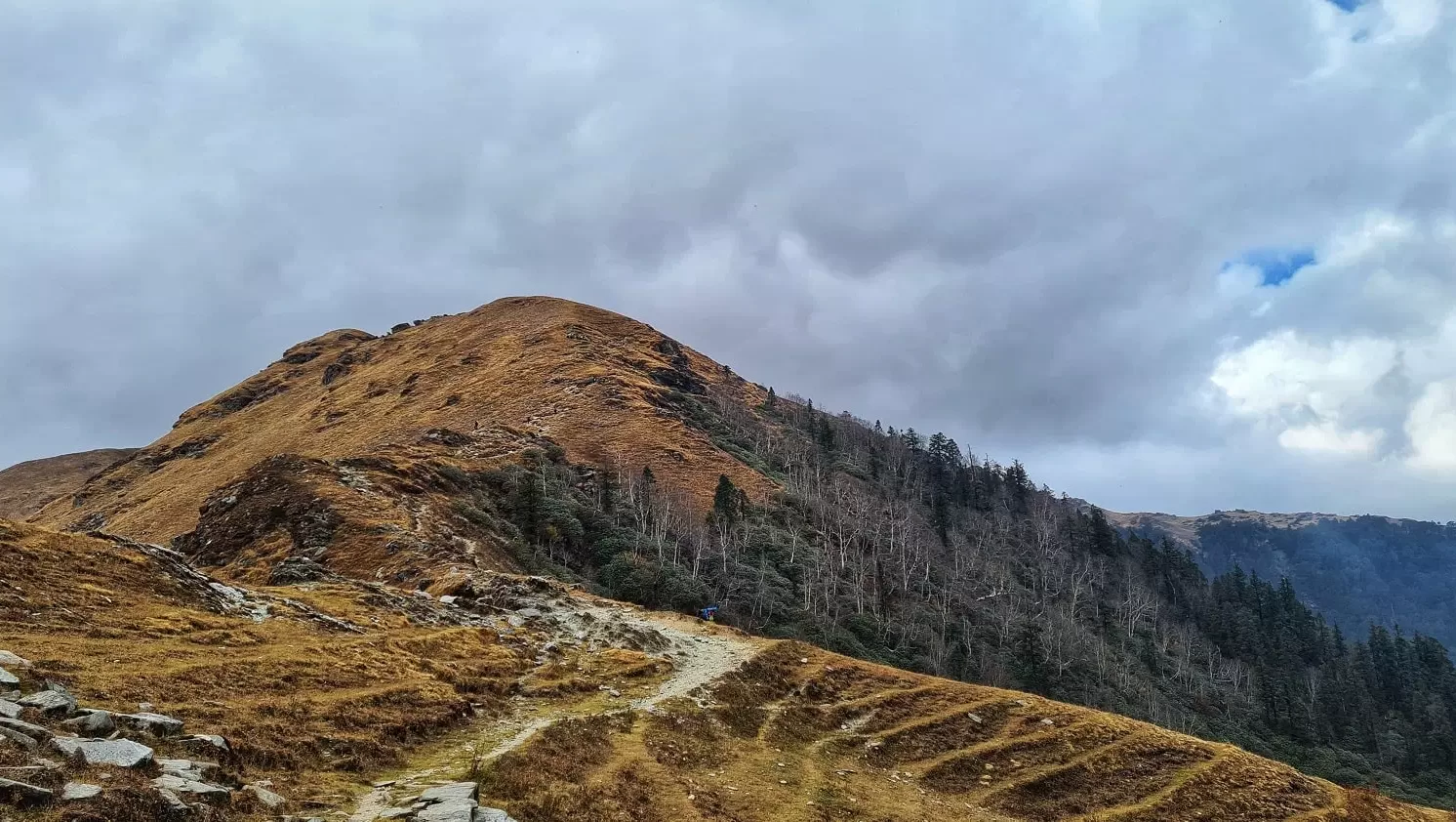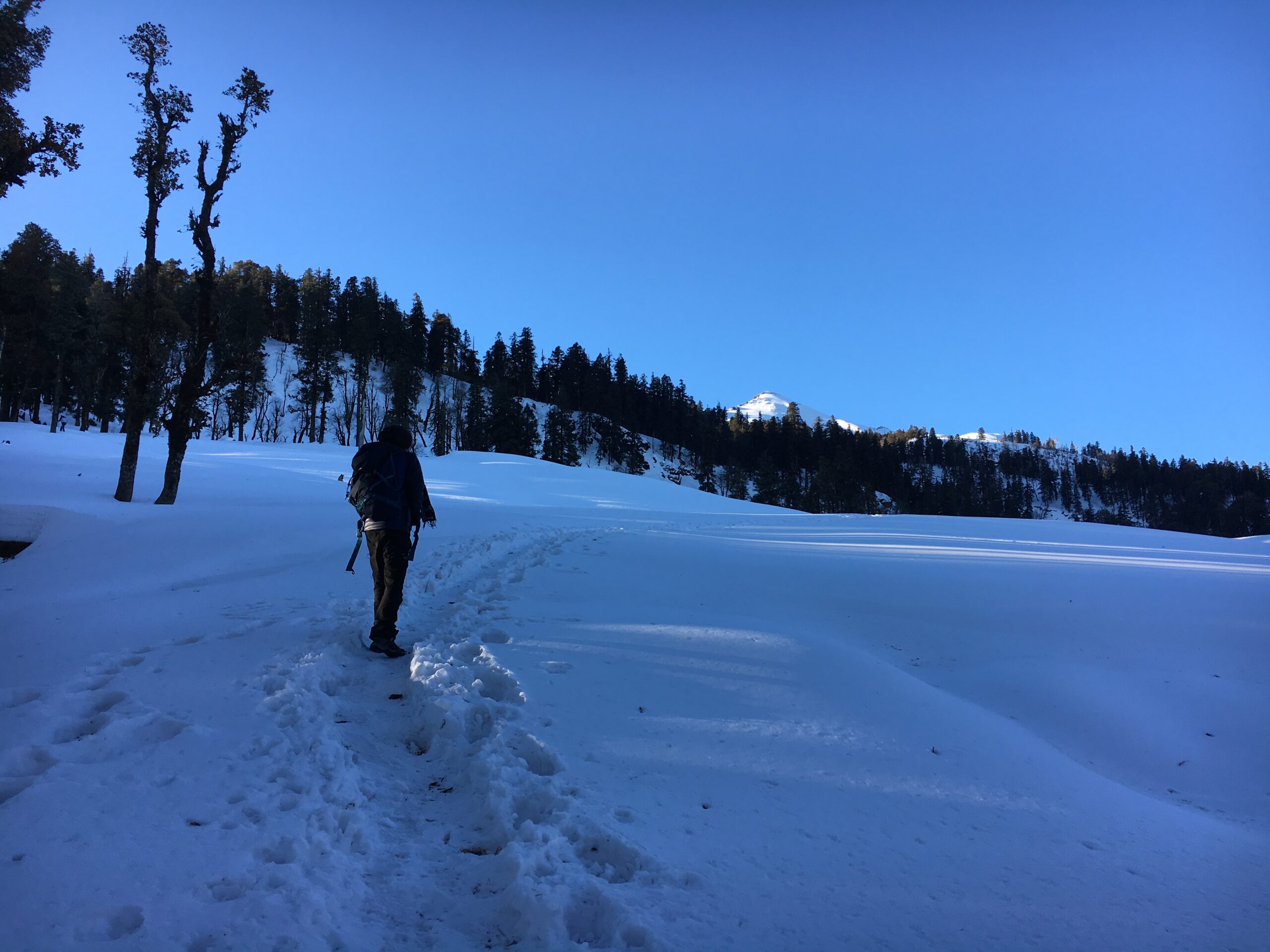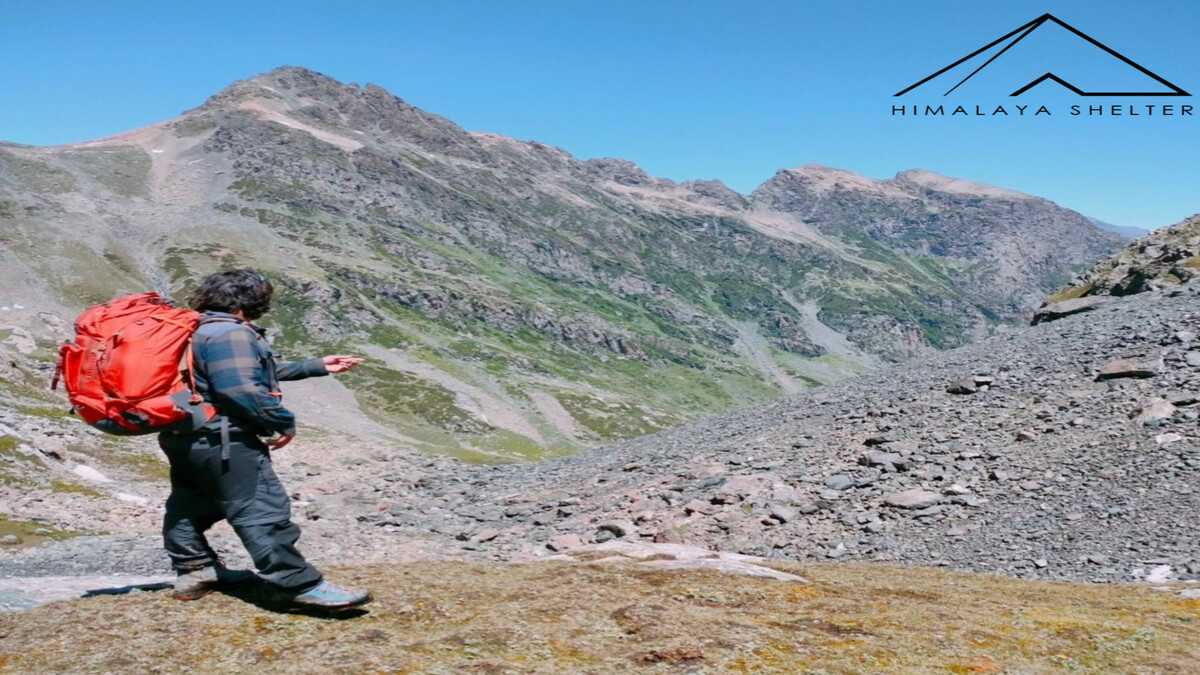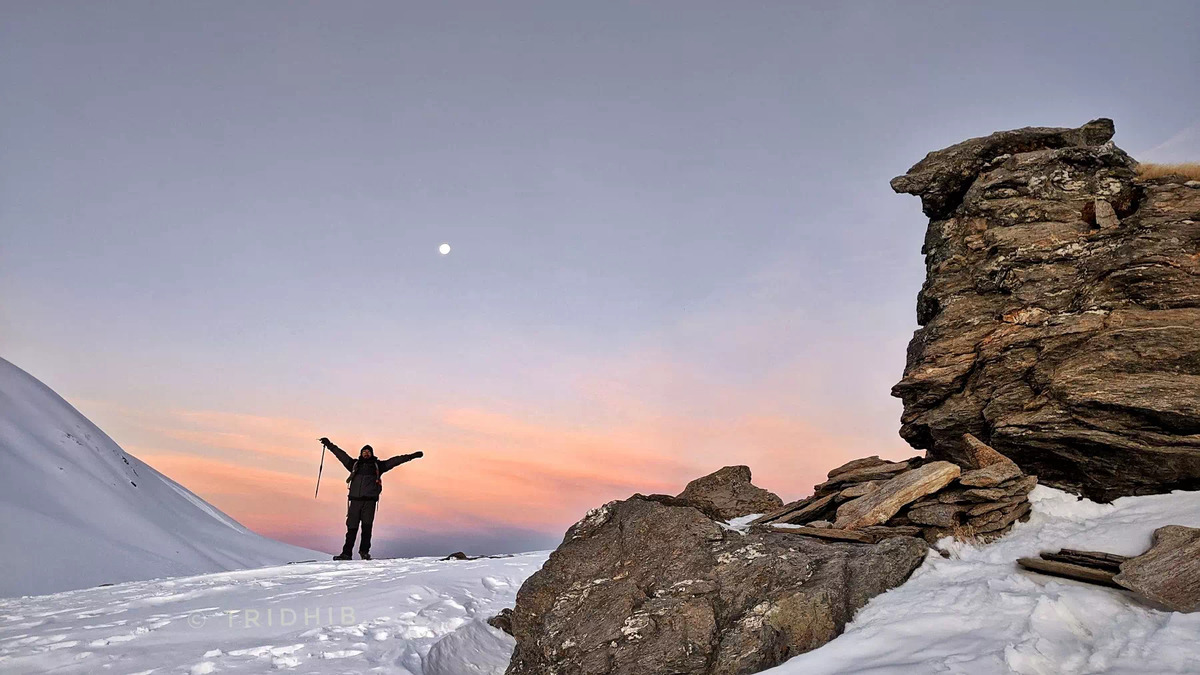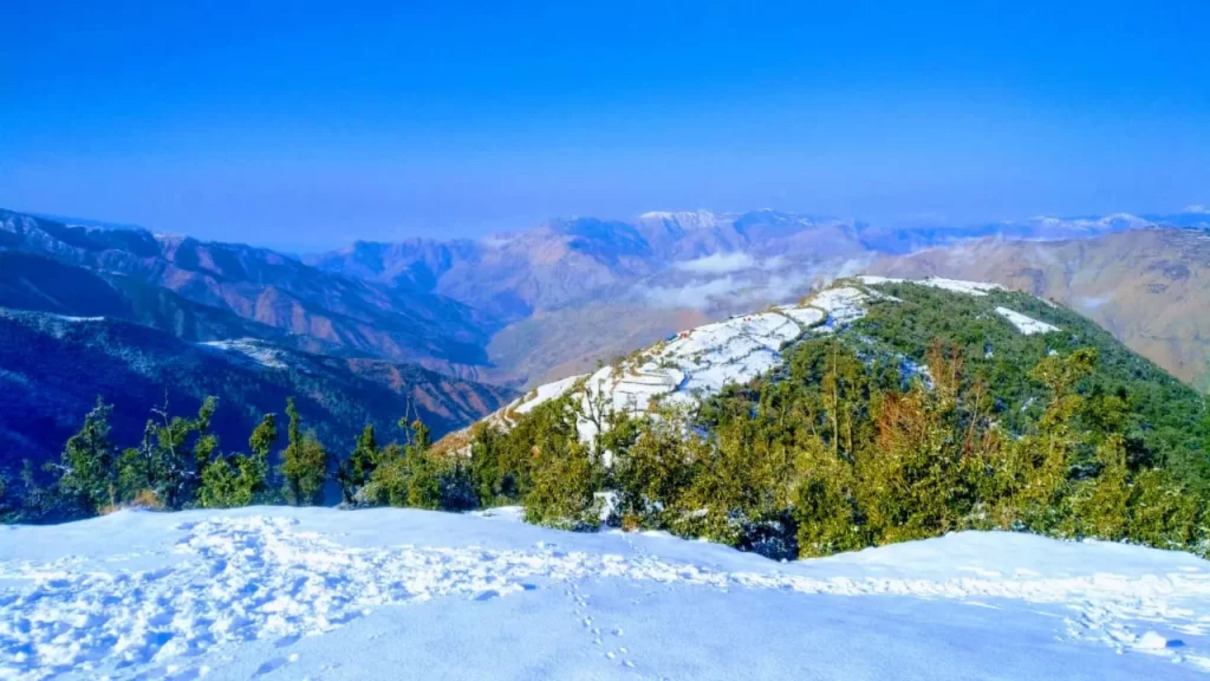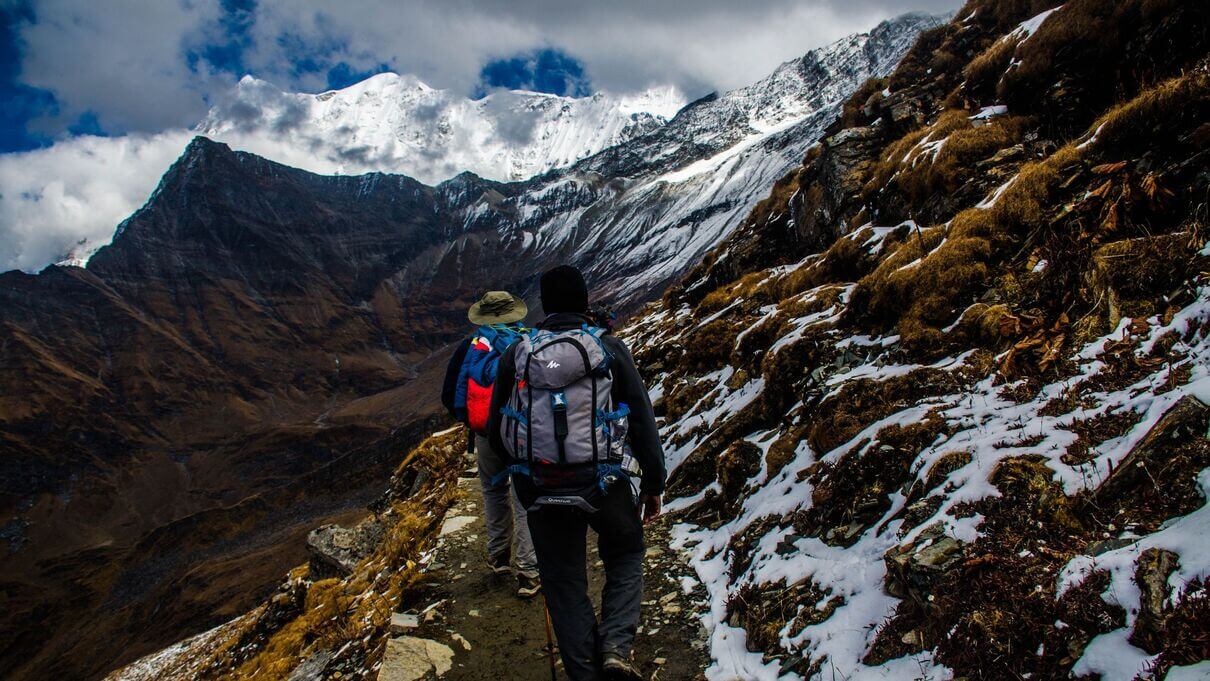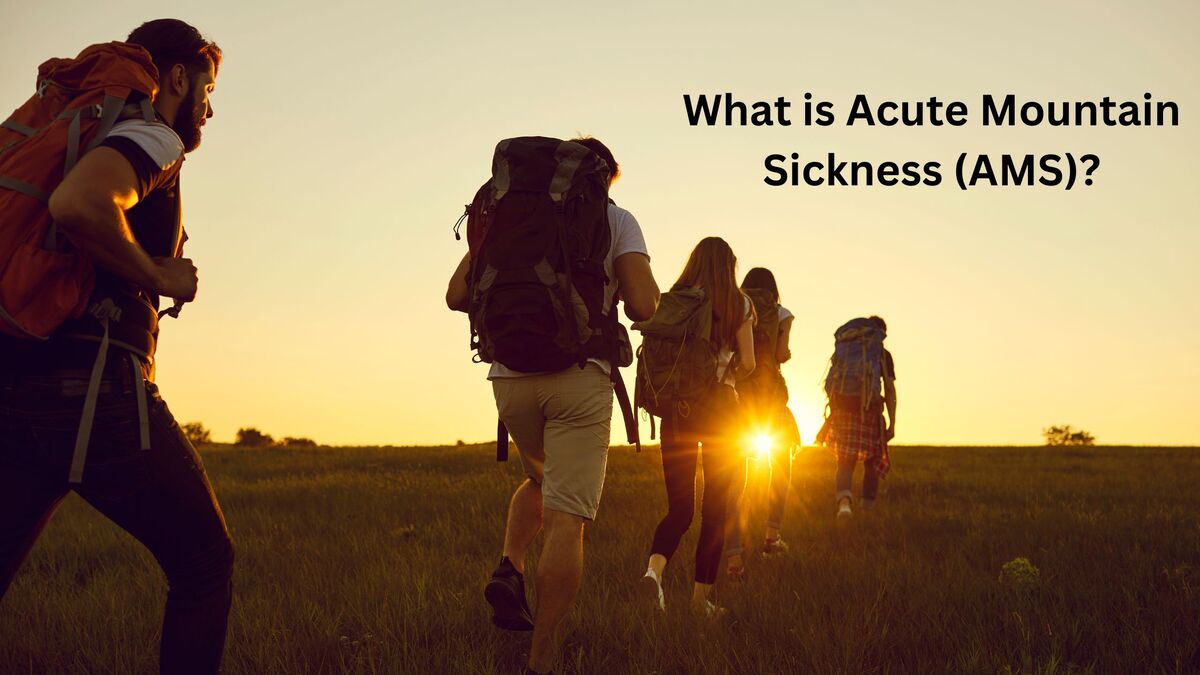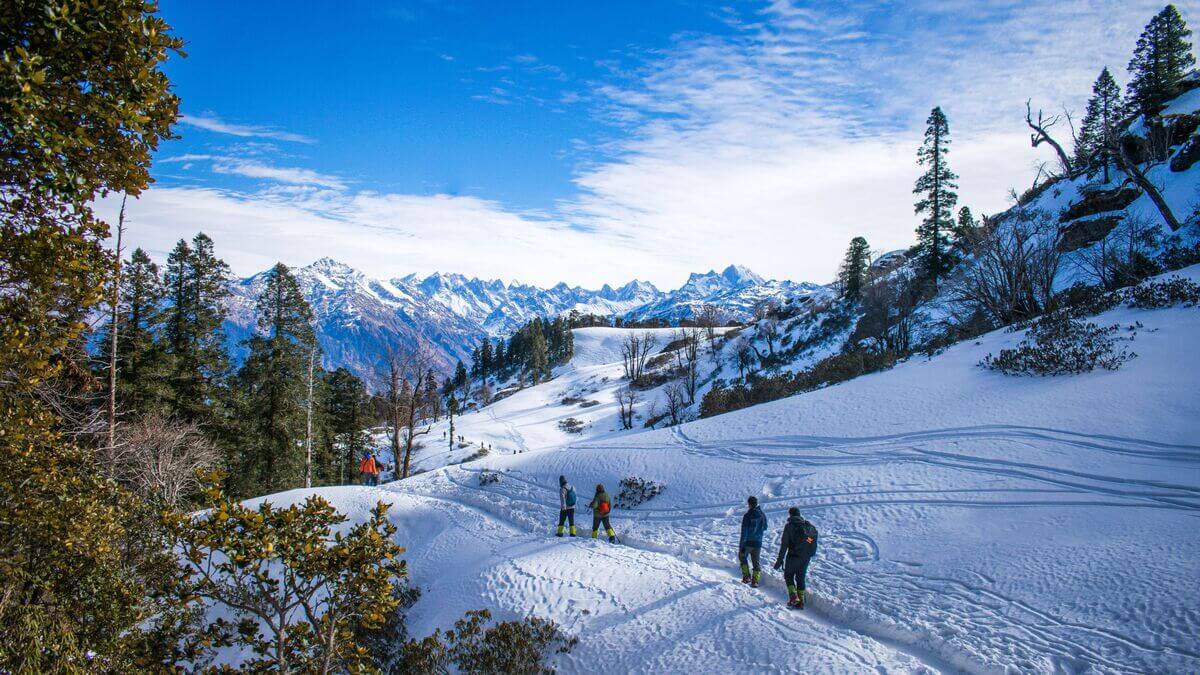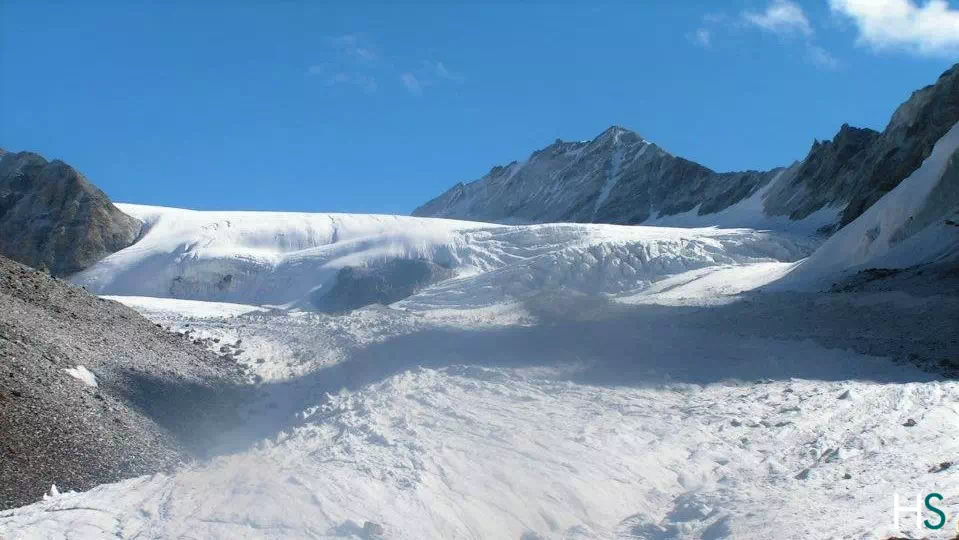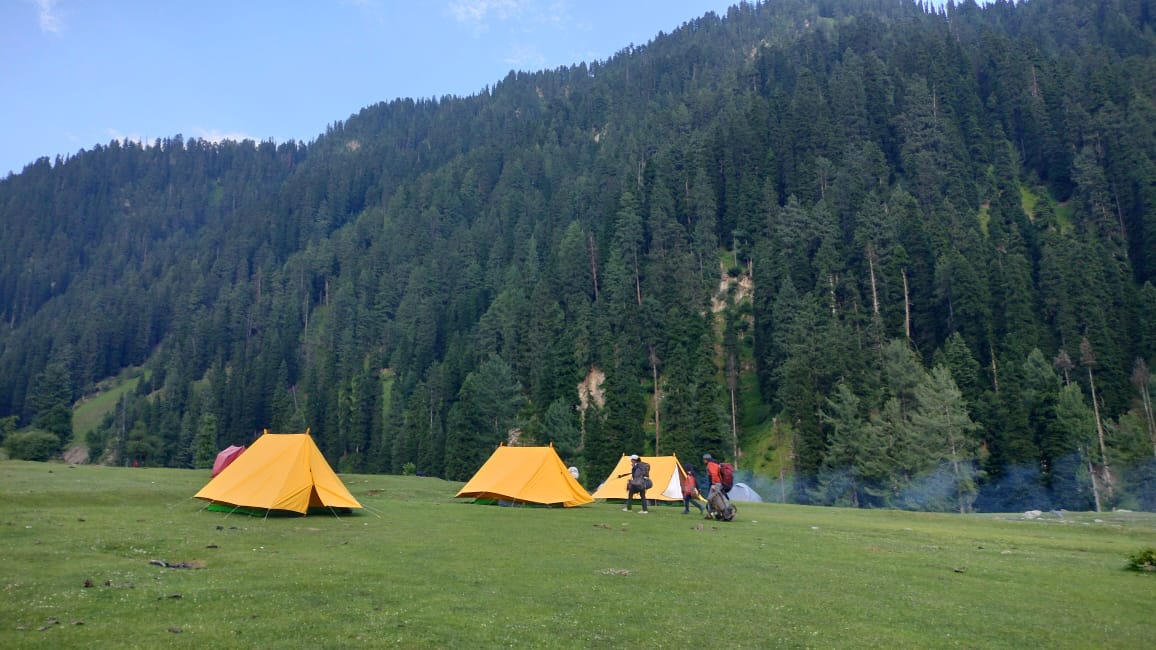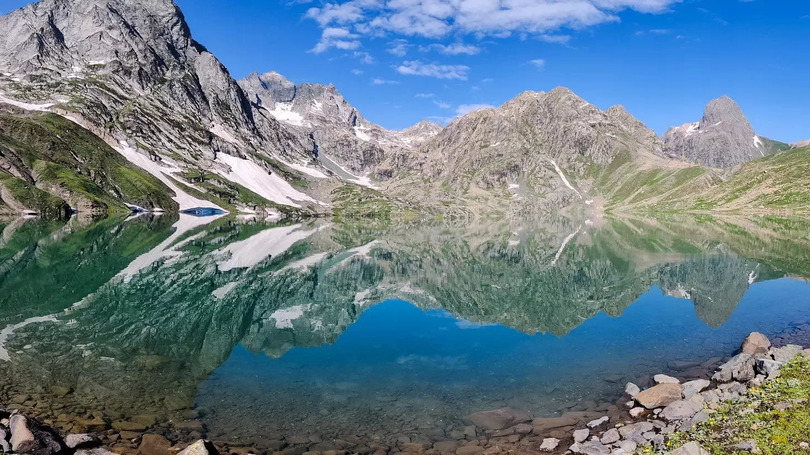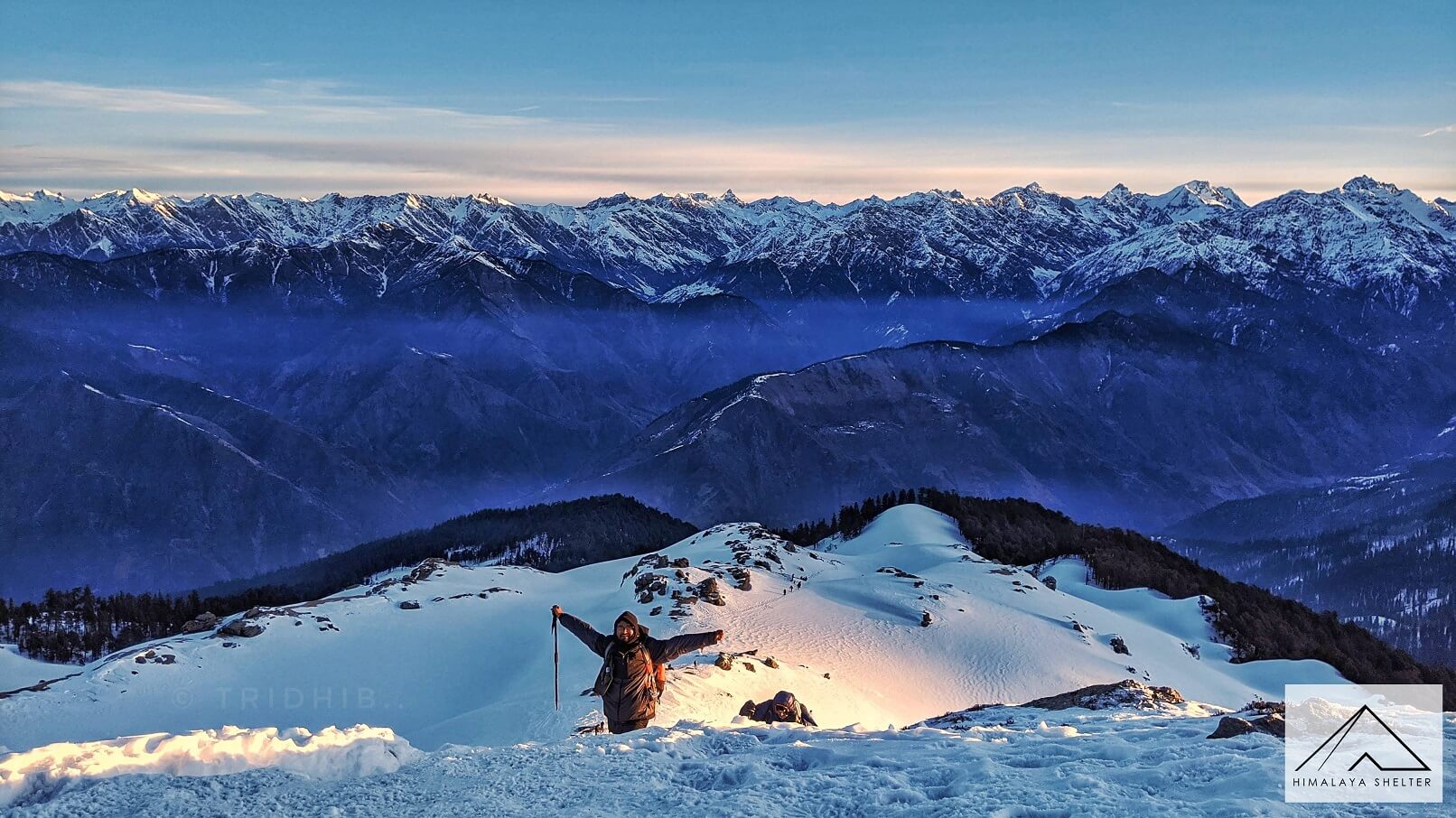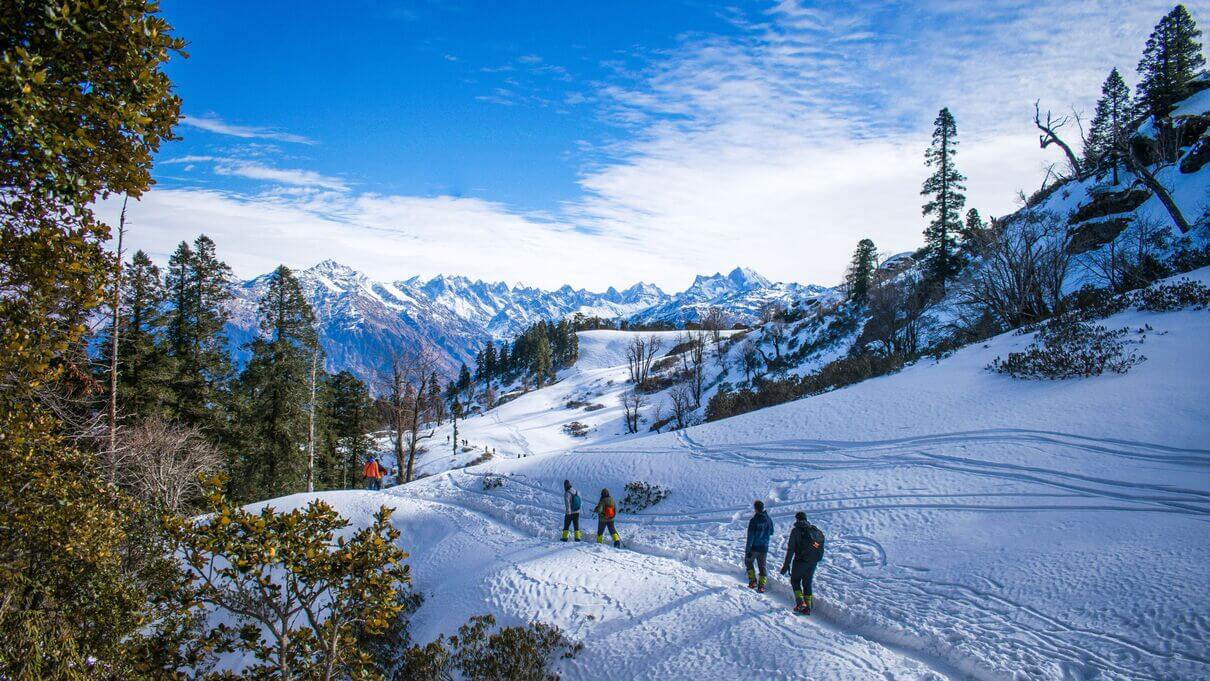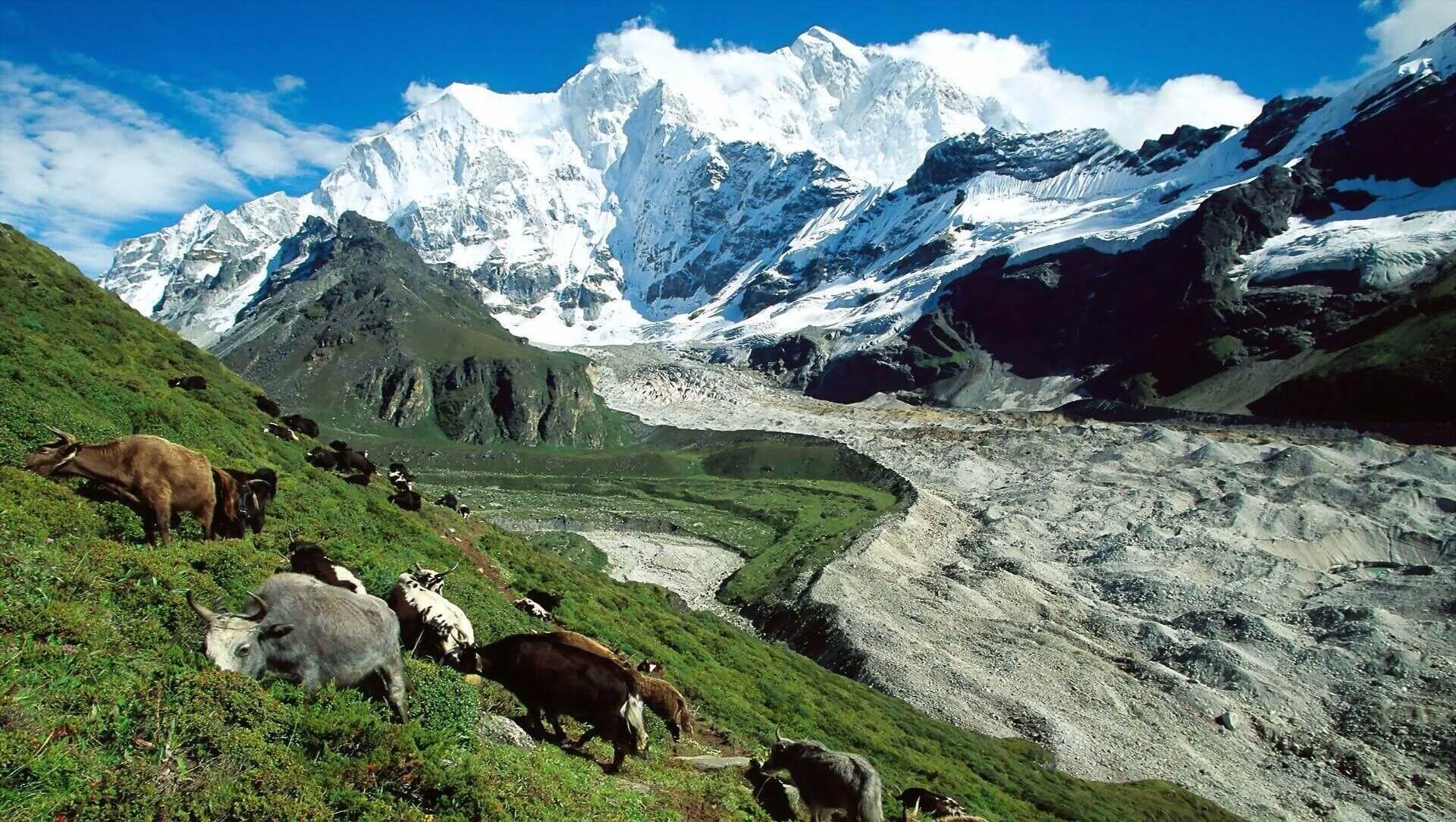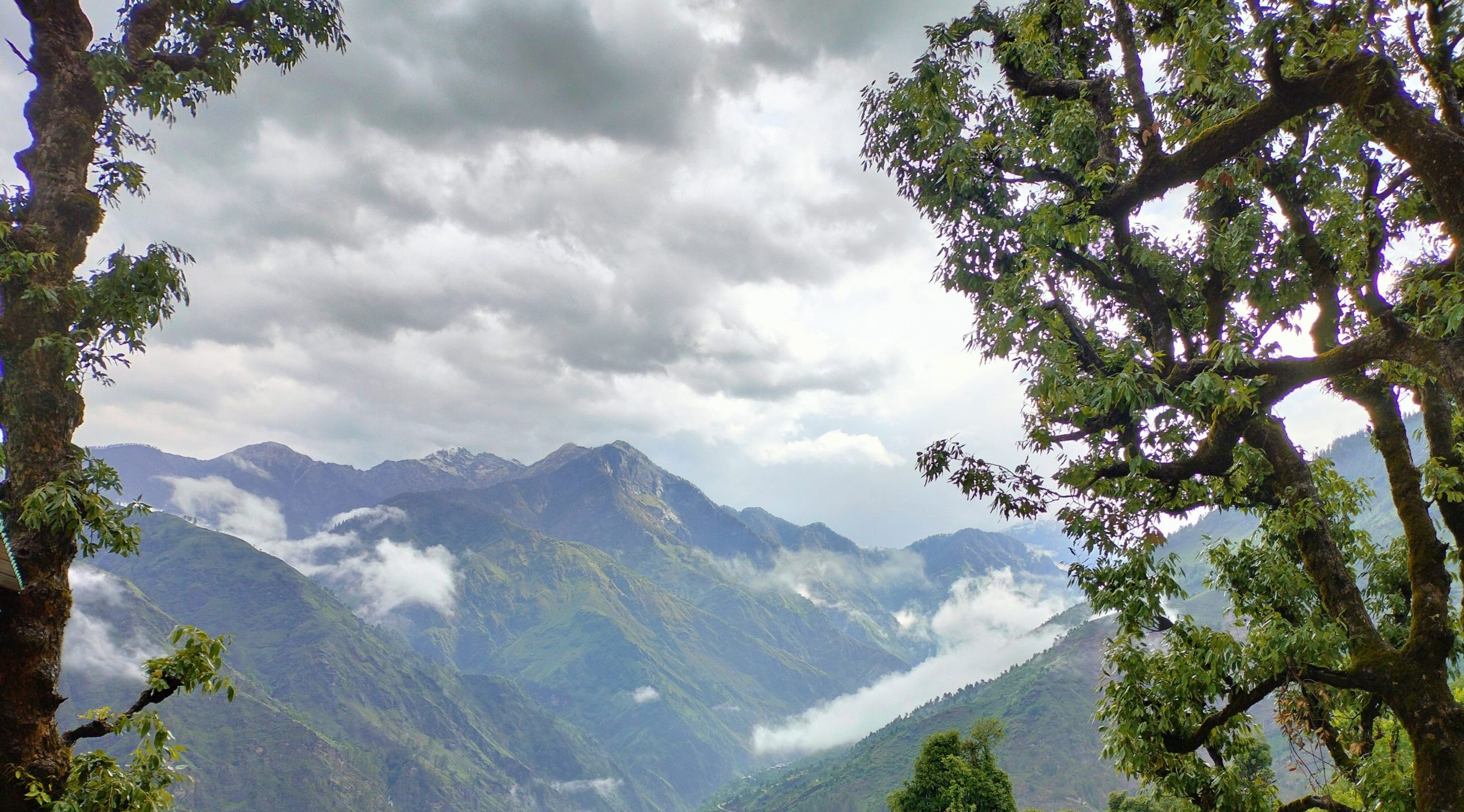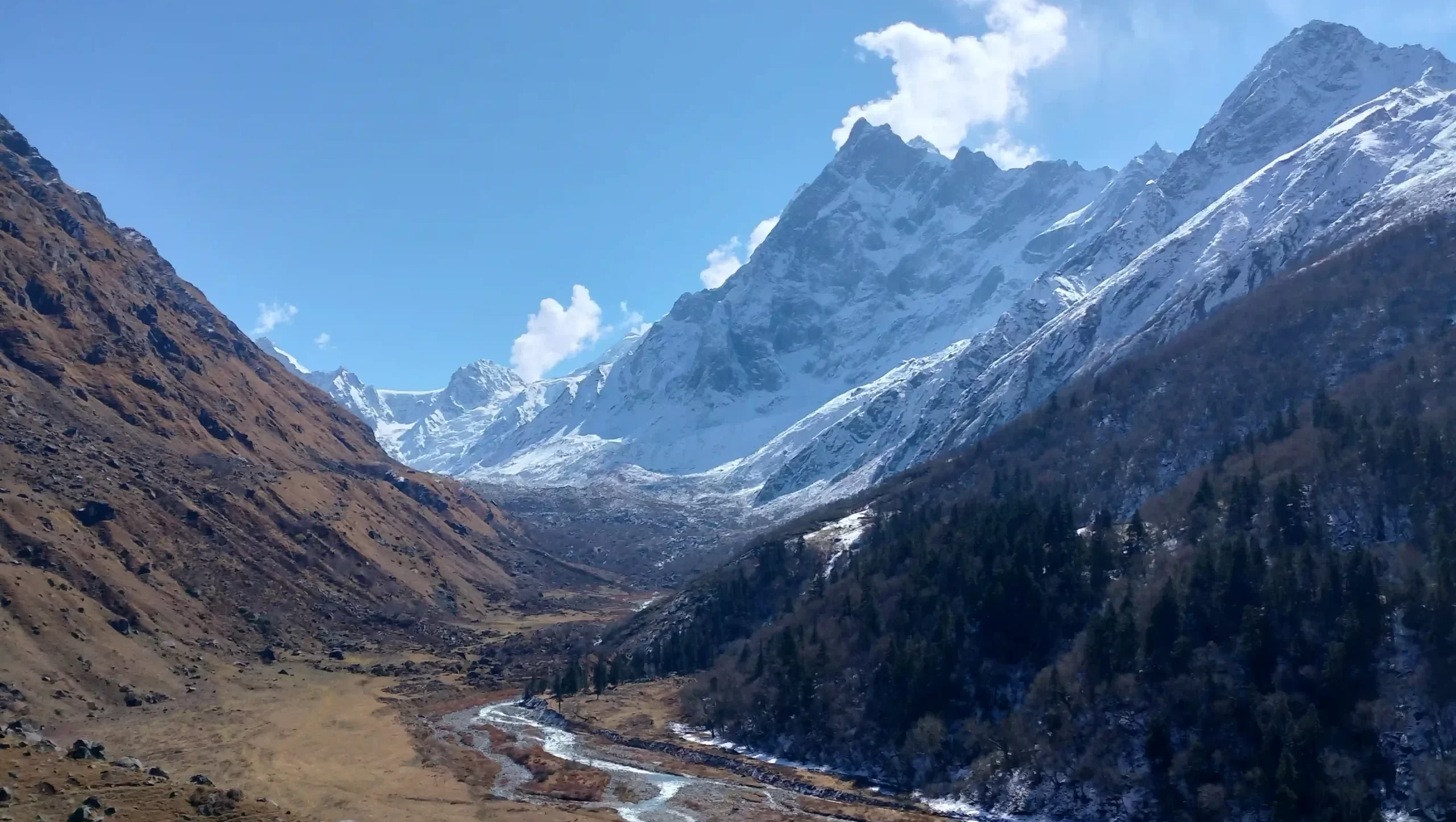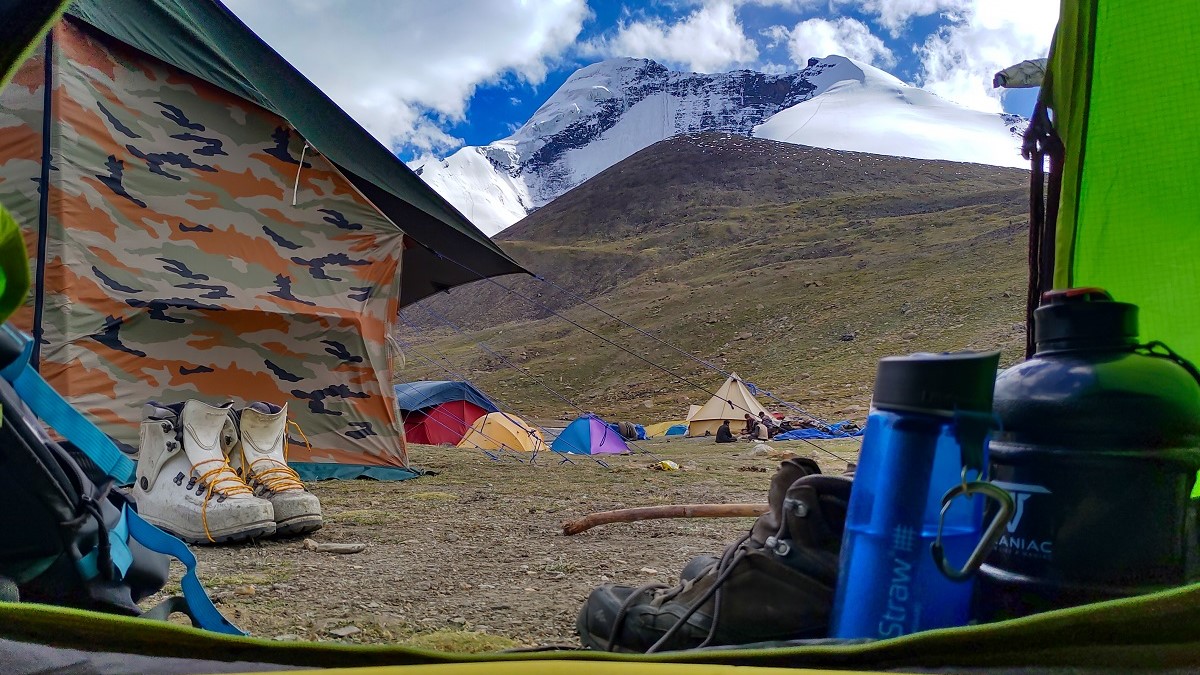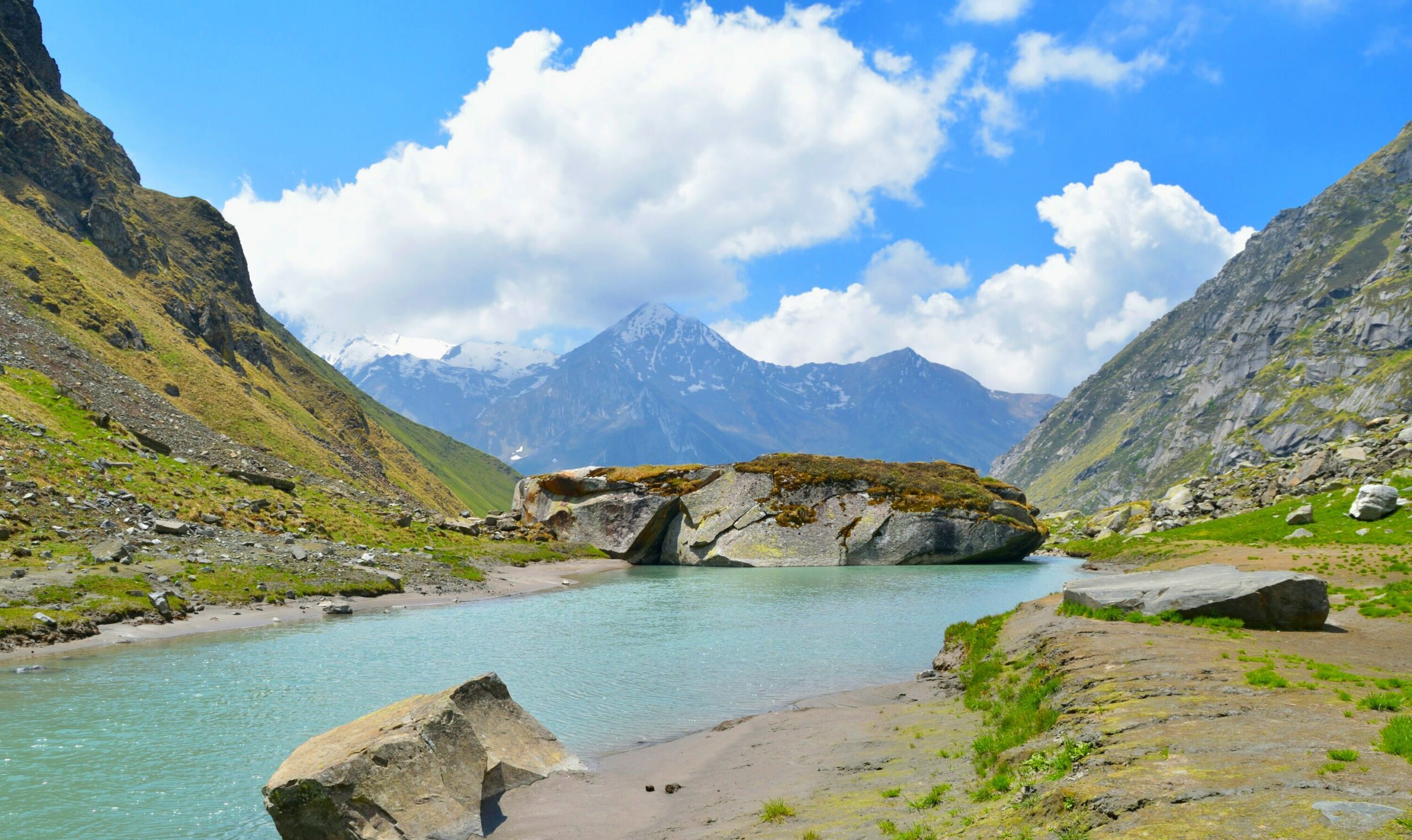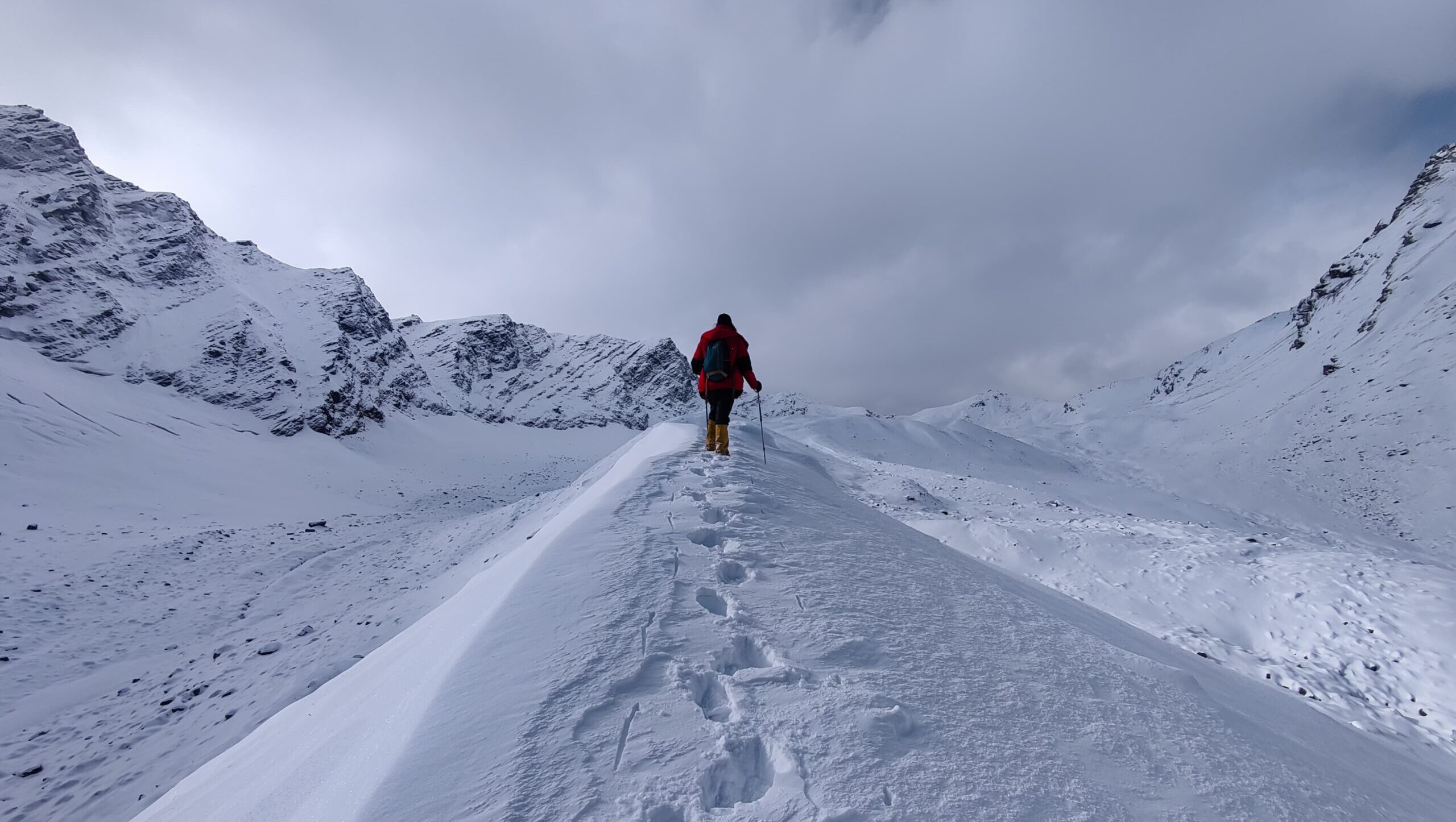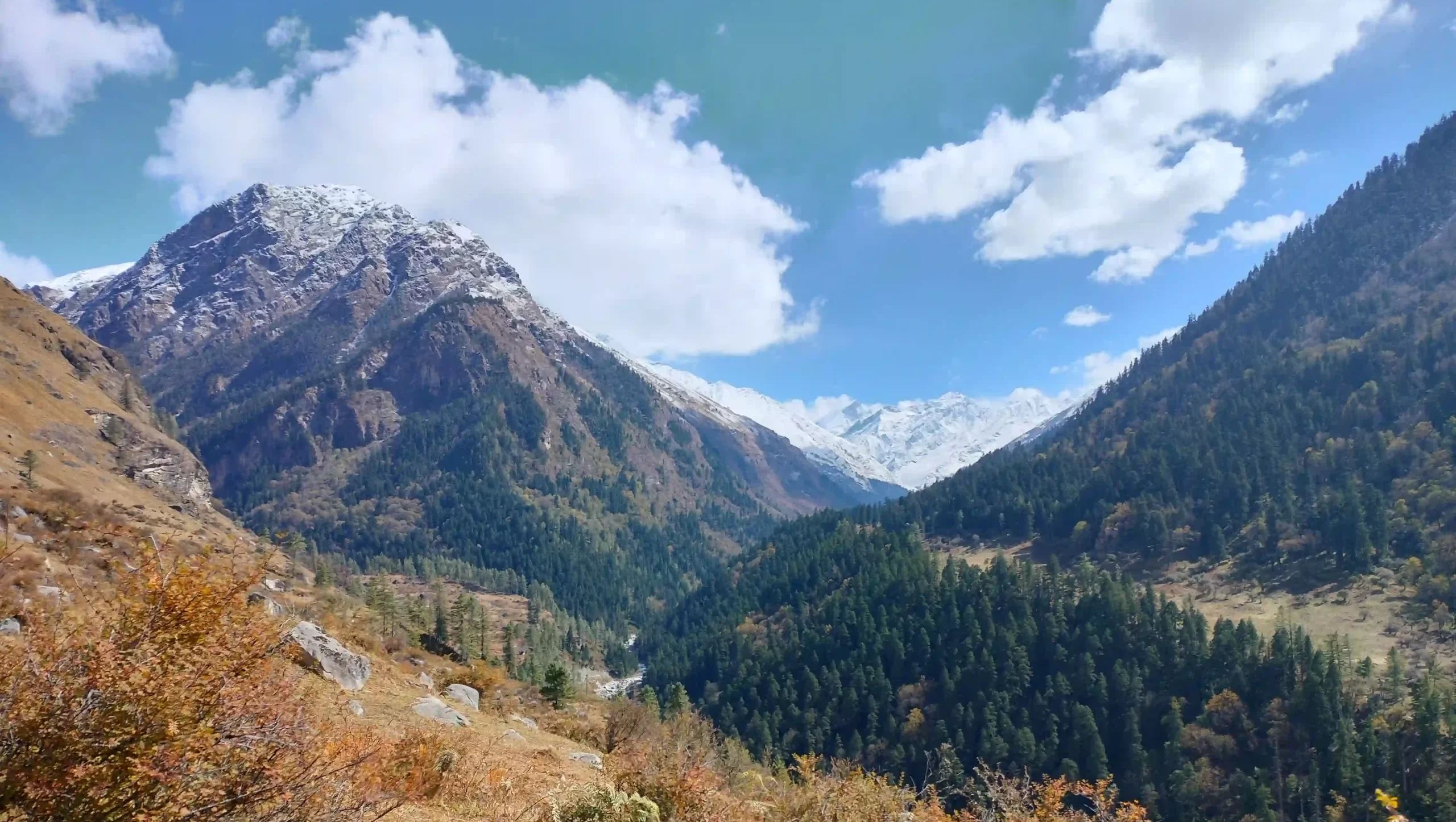Your All-Year Adventure In Uttarakhand
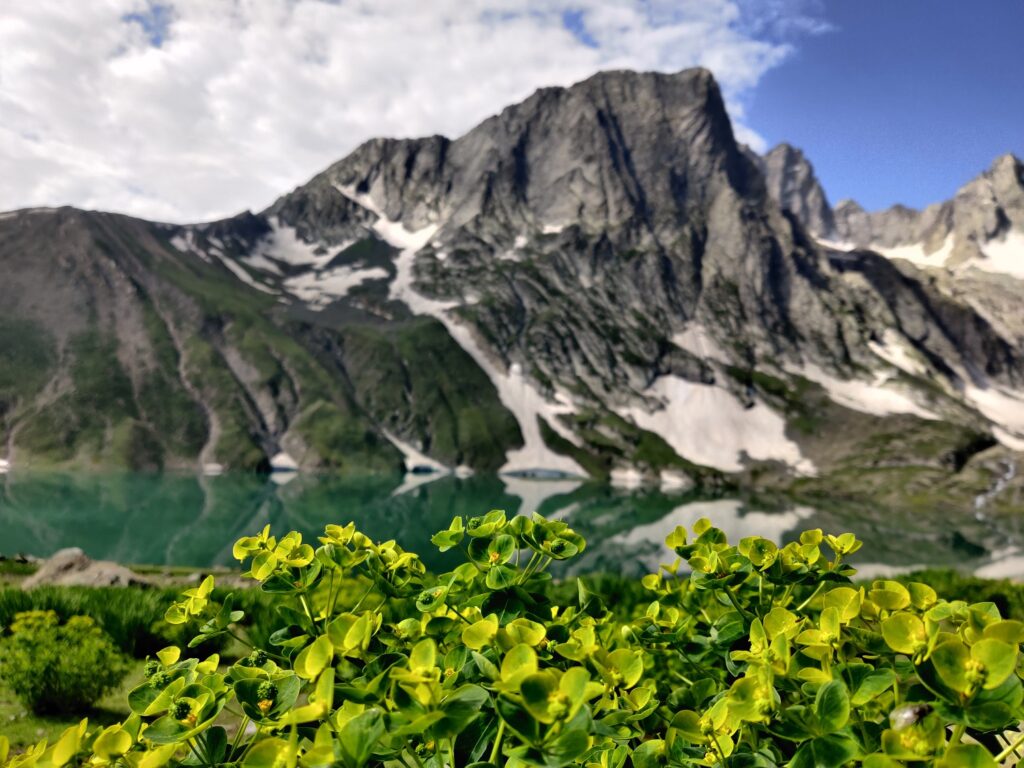
As I am writing this blog post, the Uttarakhand government has opened up inter-state and inter-district travel post lockdown with certain terms and conditions. It has also lifted all restrictions for international travelers. The impulse to travel, to explore has been brewing for a while since we all got locked up indoors. The tour operators, hotels, homestays, and transportation sector are slowly gearing up for the new normal. The actual act of going places though will depend on many criteria including the season in which you would end up feeling comfortable traveling again.
Worry not! The state of Uttarakhand is that perfect Adventure destination that fits the bill, come rain or shine. Nearly tropical in the foothills and tundra above the snow line, it rationalizes the call to go on day hikes or multi-day treks all year round. The “Land of Gods” is blessed with five distinct seasons. This offers an opportunity to travel to various locations or return to the same locale to experience it in a totally different setting.
“Spring passes and one remembers one’s innocence.
Summer passes and one remembers one’s exuberance.
Autumn passes and one remembers one’s reverence.
Winter passes and one remembers one’s perseverance.”
Let me build on what Yoko Ono once said.
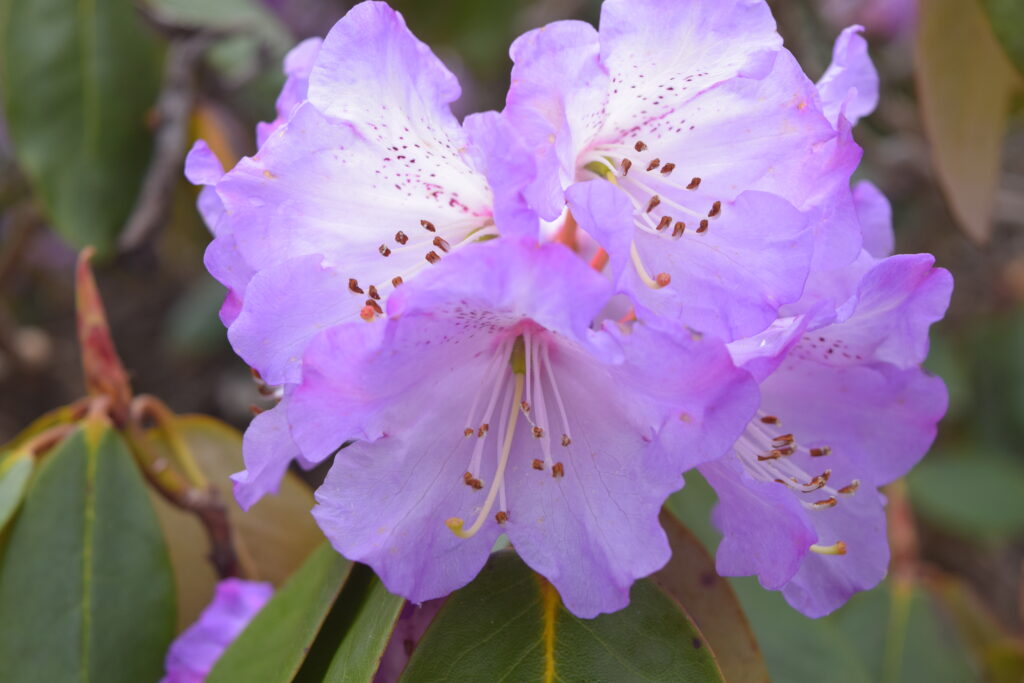
SPRING
‘Vasant Ritu’, is the season of innocent young love, rebirth, and regrowth. Beginning of March to mid-April, the snow starts receding and it gives way to pleasant weather resulting in new leaf growth and flowers beginning to bloom. Apple blossoms paint a delicate picture that would leave you absolutely spell bound.
This is the time to wake up early at the campsites to enjoy the dawn chorus. Songbirds regale us all with their melodious renditions. Look out for Himalayan woodpecker, Verditer Flycatcher, Warbler varieties, Tree Creeper, Black Bulbul, Black Bird, Blue Whistling Thrush, Rufous Sibia, Russet Sparrow, and the like. It’s a bird’s paradise. The melting snow drives the gushing streams where you can watch the Plumbeous Redstart dive in for food in the freezing cold waters.
This is also the season of Rhododendron or ‘Burans’. There are 6 species of this stunning flower in the state. Deoriatal-Chopta-Chandrashila, an easy beginner’s trek, is your best bet to enjoy a snow-capped mountainscape with rhododendron-laden trees and abundant bird activity.
The treks that climb to over 3,000 m would still have a good amount of snow to experience the nature of winter trek. The lower campsites start blossoming making it a very pleasing experience. The usual suspects, the winter treks of Kedarkantha, Nag Tibba, Dayara Bugyal, and Mukta Top offer what is best of both worlds.

SUMMER
From mid-April or so, is when the higher altitudes buried deep in snow start becoming accessible. The Char Dham Yatra commencing usually signals the opening up of passes. The trekking opportunities are aplenty till mid-June. Expect carpets of alpine meadows with the Gujjar community migrating back with their livestock to higher grazing grounds from the Shivalik foothills which are their home for winter. It is incredibly picturesque and you are bound to dance to “The Sound of Music”.
In my opinion, these are the months to test your endurance and take the big leap. The extreme adventurers say ‘Summer bodies are made in winter’. If you have put in the effort to prepare yourself physically and mentally, there is nothing like a crossover trek. The Passes crossing over from the state of Uttarakhand to Himachal Pradesh or vice versa like the Rupin Pass, Borasu Pass, and the less explored Lamkhaga Pass should be high on your wish list. These are also most favored for the Garhwali and Kinnauri experiences they offer.
In addition, there are treks that traverse from one river valley to another within the state. Namely, Bali Pass, a crossover from Tons River valley to Yamuna i.e. Har ki Dun valley to Yamunotri. On an offbeat trek like Mayali Pass, which connects Bhagirathi Valley to Mandakini Valley, witness three alpine lakes and breathtaking views of the Gangotri glacier from the southern side. Dhumdar Kandi is another treacherous trek crossing over from Tons Valley to Bhagirathi Valley.
If you are all geared up for an expedition-level trek with basic knowledge of mountaineering, head to the challenging Kalindi Khal. Climbing up to almost 6000 m, it connects the two sacred Dhams of Badrinath and Gangotri.
Treks providing similar challenges include Panpatia col, a crossover from Kedarnath to Badrinath, and Auden’s col which connects Gangotri to Kedarnath.
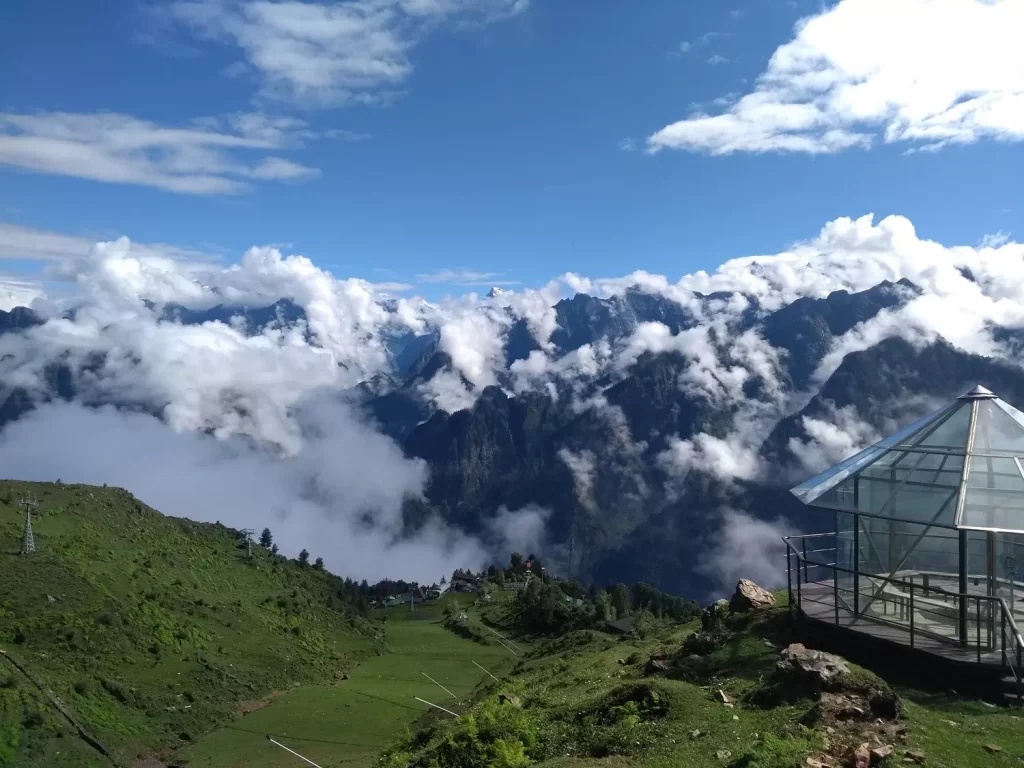
ADVENTURE DESTINATIONS IN MONSOON SEASON
July marks the beginning of neon green panoramas all around. The incessant downpour makes most of the trails muddy and slippery till the shoulder month of September. Also, landslides become a common occurrence resulting in roadblocks. So, it is advisable to always have a buffer day planned in your itinerary. This is the time when the treks in Chamoli district come alive.
Valley of Flowers, a popular moderate trek in Bhyundar Valley is the most obvious choice to explore the vast expanses of alpine flower meadows. In conjunction, you also get an opportunity to hike up to Gurudwara Hemkund Sahib, the highest in the world at 4,300 m. Keep an eye out for Blue Poppy and Brahma Kamal, the pièce de résistance of all the flowers you would come across in the region.
If you wish to travel off the beaten track, head to the emerald green Kagbhushandi Tal, a moderate-difficult offshoot trek climbing up from Bhyundar village providing prominent views of Hathi Parbat.
Head beyond the valley for the difficult crossover of Bhyundar Khal. The highlight of the trek for me would be negotiating moraines and glaciers like Rataban and Tipra.
Kunth Khal is another challenging offshoot trek from Valley of Flowers which only opened again recently in 2016. The walk amongst Brahma Kamal flowers as far as the eyes can see is an unparalleled experience in itself.
From the holy town of Badrinath and the “last village of India” Mana, is a moderate trek to Sathopanth Tal. You trek alongside river Alaknanda to this glacial lake at 4,400m. Here Nilkantha and Balakun peaks give company throughout the trek along with numerous waterfalls.
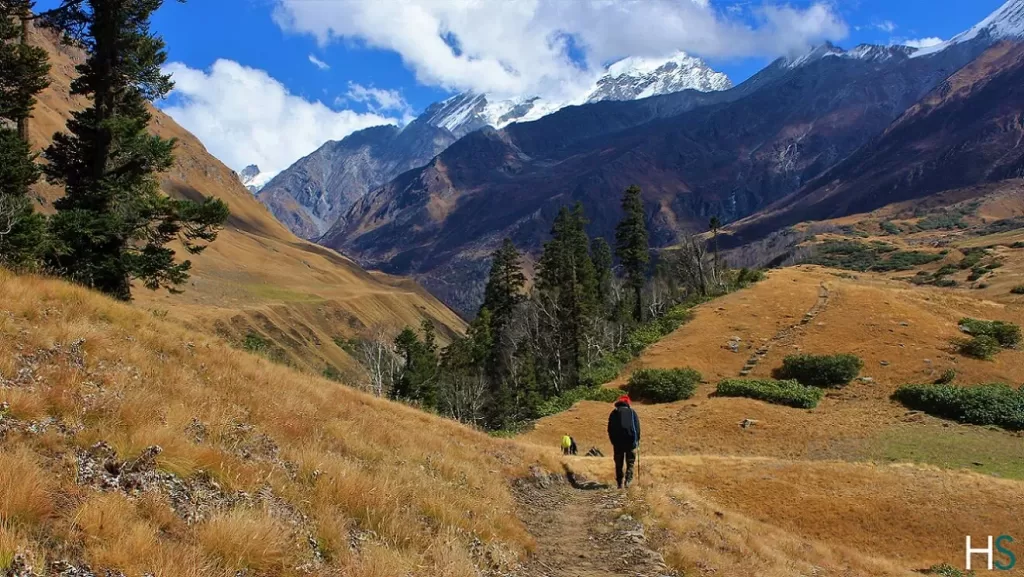
AUTUMN
Come October the weather becomes crisp and the cloudless skies offer spectacularly clear mountain views. The monsoon shades of green fade away only to give way to dazzling warm shades of amber. The leaves turn golden, lighting up the forest canopy. These also are the best times to do Milky Way photography. So, this is the season you bring out the big guns, I mean you should head for the big views.
If you are up for the challenge, the trek up to the glacial lake of Kedar Tal in my opinion is the most rewarding one in the autumn month. Feast your eyes to uninterrupted views of Mt. Thalaysagar, Mt. Bhrigupanth, and Mt. Jogin. It is a humbling experience to find yourself surrounded by this immensity. The trail will keep your adrenaline pumping with some tricky sections.
Another trek that ticks all the boxes is Gaumukh-Tapovan. Starting from the holy town of Gangotri it is a huge opportunity to be in the close vicinity of the holiest and mightiest of glaciers of India. The Tapovan meadow brings you to your feet with grand Mt.Shivling standing up in front of you. Also, on the trail enjoy impressive views of Bhagirathi I, II, and III.
If you are someone who has the fundamental knowledge of mountaineering, Gupt Khal “The Secret Pass” is a challenging trek that crosses over the twin passes of Bhyundar Khal and Gupt Khal. The trek also offers close and glorious views of Nilkantha, Hathi, Nilgiri, Rataban, Kamet, and Mana peaks.
Har ki Dun-Ruinsara Tal is a trek steeped with culture. On one hand, it offers big views like Mt. Swargarohini and Jaundhar Glacier, and on the other are these ancient remote villages of Osla, Gangad, and Datmir and then add to this mix a high-altitude lake. It is a well-rounded experience. The terrain on the trek is ever-changing keeping you alert and guessing. The trek is like a pilgrimage to the mountains as the distances that you cover are substantial. Prepare yourself for long days on this trek.
Also, let me add that all the spring-summer treks are doable in this precious autumn window and vice versa.
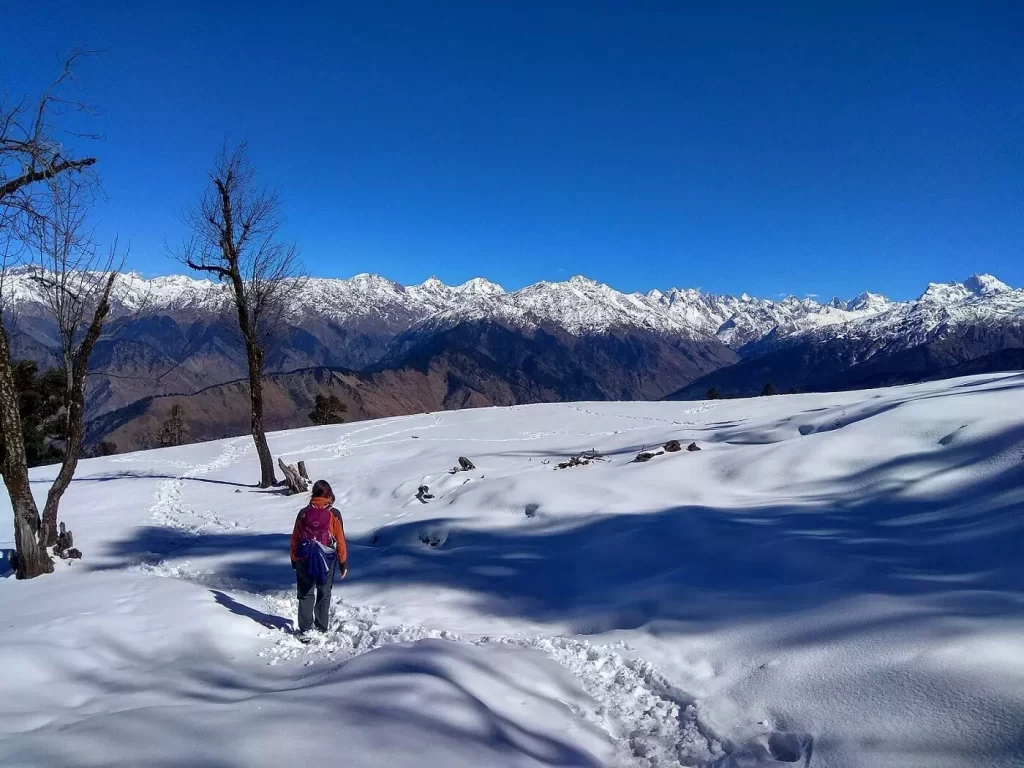
WINTER
It’s the season for building snowmen, snowball fights, making snow angels, and layering up. Mid Dec onwards Mother Nature casts fairy dust turning everything monochromatic. Western disturbances bring heavy rain and snow in the region from Jan to Feb. Trekking in these months is possibly the most challenging but fun-filled.
Kedarkantha is possibly the most sought-after trail to trek in the winter in India and why not? The summit climb is rewarded with panoramic views of Mt. Swargarohini, Mt. Bandarpunch, Black Peak, and Ranglana along with Yamunotri and Gangotri ranges. On summit day the early morning sun rays warm your soul as the views warm your heart. This trek is located in the confines of a national park. During extreme snowfall, always be prepared for the trek to be cut short for safety reasons. Also, the forest authority closes down the park quite often, abruptly ending the season.
Kuari Pass trek formerly known as Lord Curzon’s Trail, is most known for offering some unmatched views of Mt. Nanda Devi, Mt. Dunagiri, Mt. Chaukhamba, Mt. Nilkantha, Mt. Hathi-Ghodi, Mt. Nanda Ghunti and more. At 3,820 m the pass is a moderate effort for a prepared trekker. Furthermore, climbing up to Pangarchulla Peak adds an exciting element to the trek. Enchanting forest sections and high-altitude villages on the way make this a complete experience in my opinion.
Nag Tibba, a ridge peak located towards the north-east of the tourist town of Mussoorie, also offers 360° superlative views of the big mountains like Mt. Bandarpunch, Mt. Swargarohini, Mt. Srikantha along with the rest of the Gangotri mountain range.
The Windows wallpaper meadows of Dayara Bugyal turn pristine white during winters. The undulating snow-covered meadows are an ideal place to ski in the winter or be lost in the sea of white. Gangotri range of mountains is your constant companion on all the campsites and the summit day is a close encounter with Mt. Bandarpunch.
Treks like Dayara Bugyal, Nag Tibba, Deoriatal-Chopta-Chandrashila, Kedarkantha, and Kuari Pass can be done throughout the year avoiding the peak rainy season. Each season brings a different set of hues to the landscapes.
I hope now you can make an informed decision on the trek you will embark on in the Uttarakhand region when the pandemic curve flattens and travel becomes safe. Until then I encourage you to keep up with your workout routine. In fact, take this as an opportunity to get better with your mental and physical fitness which would make your experience in the mountains more enjoyable.
